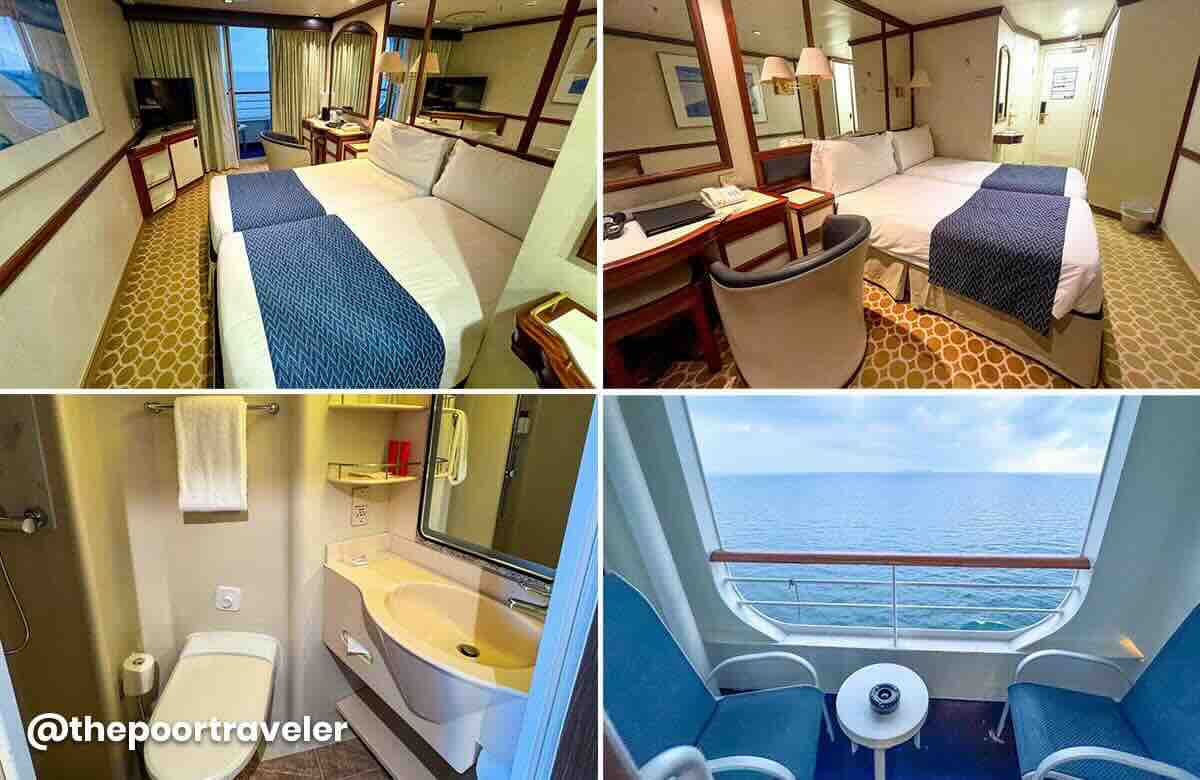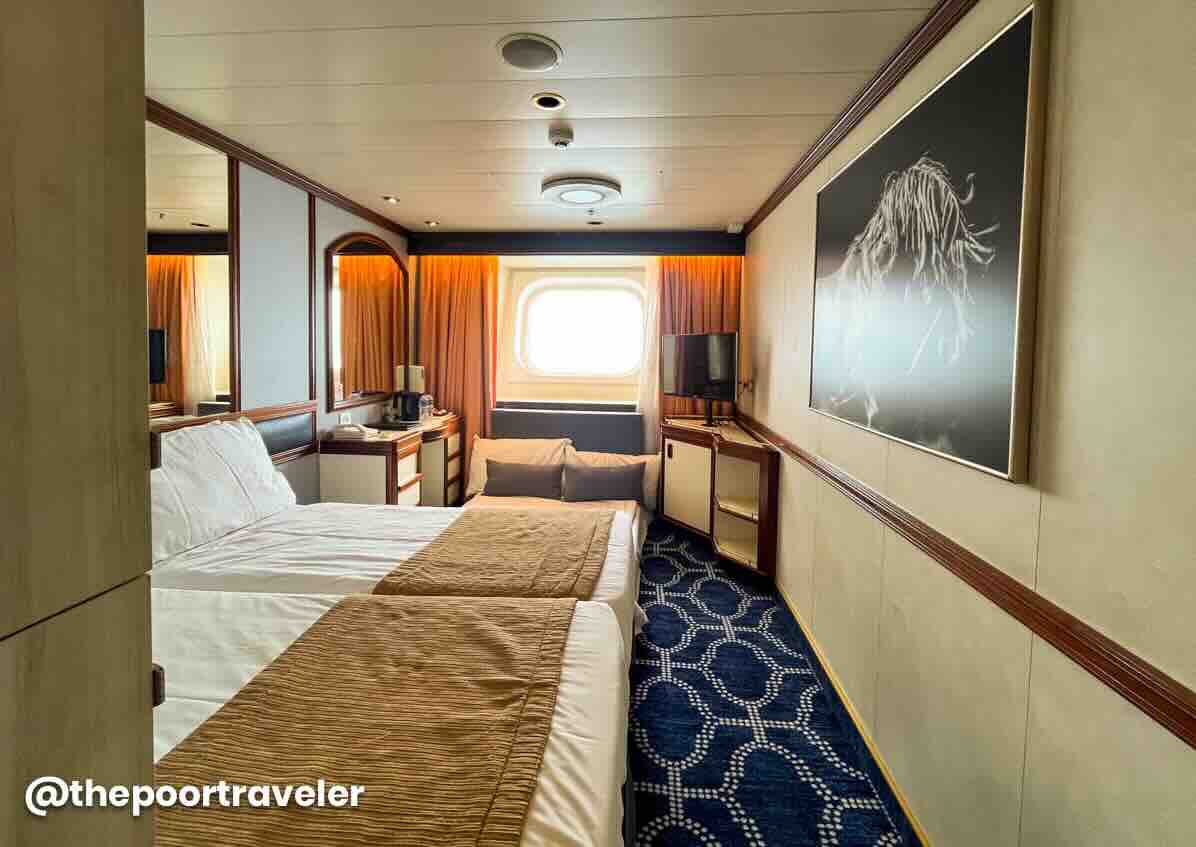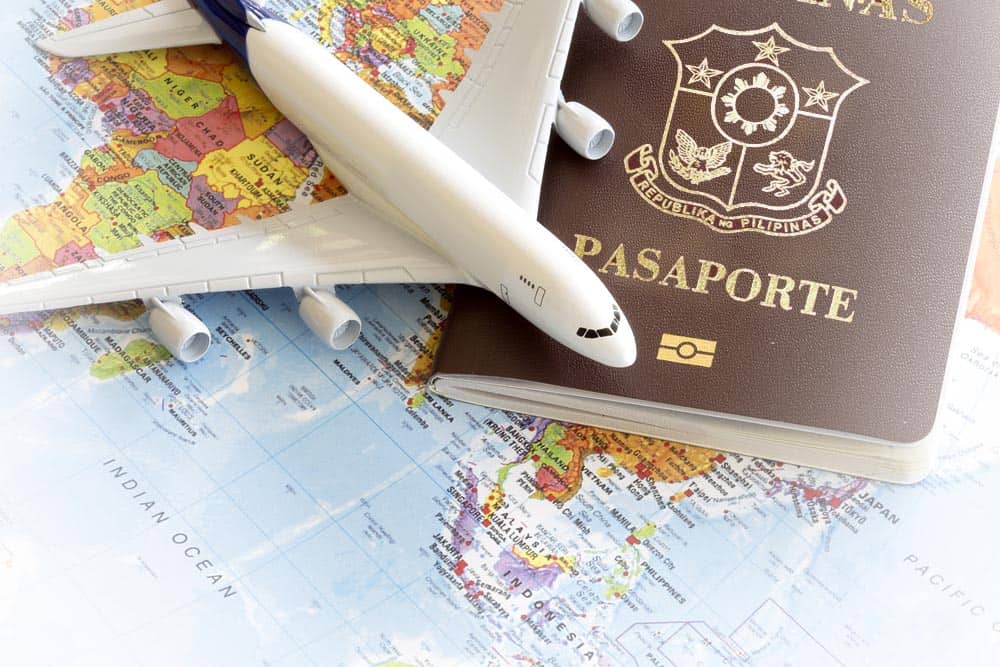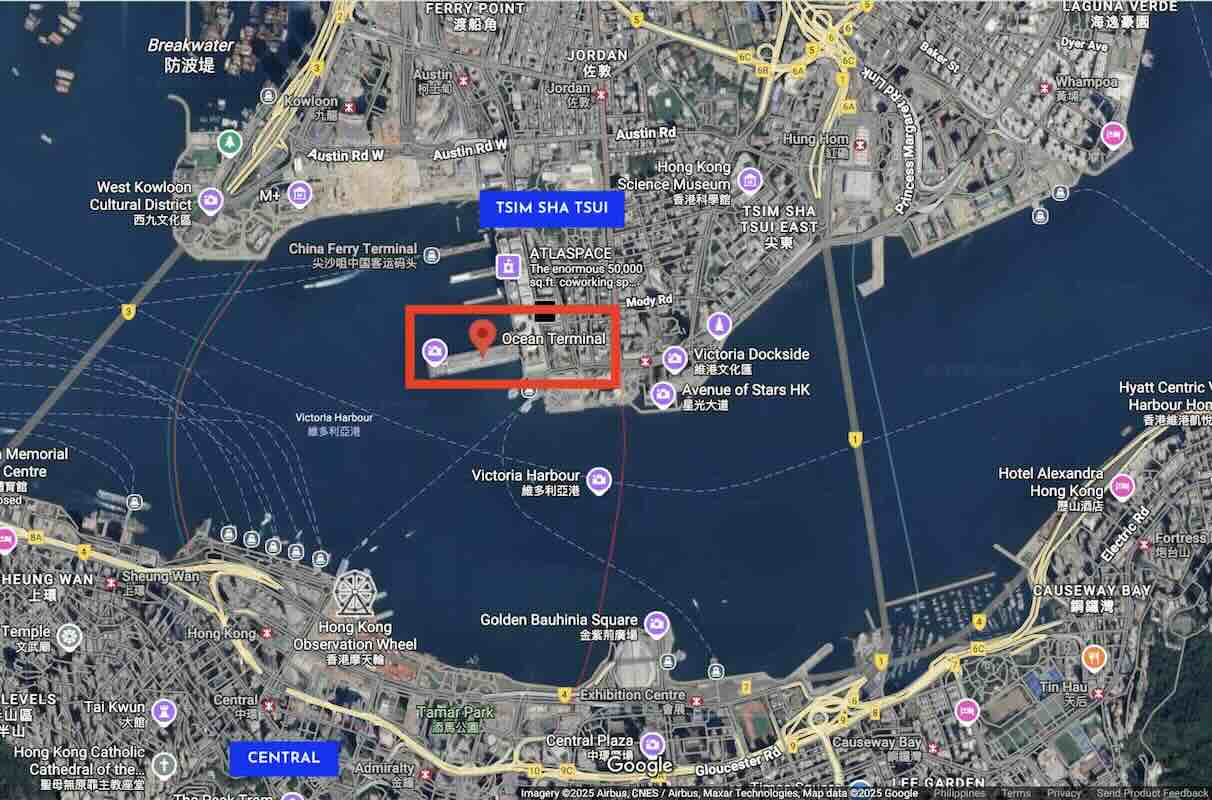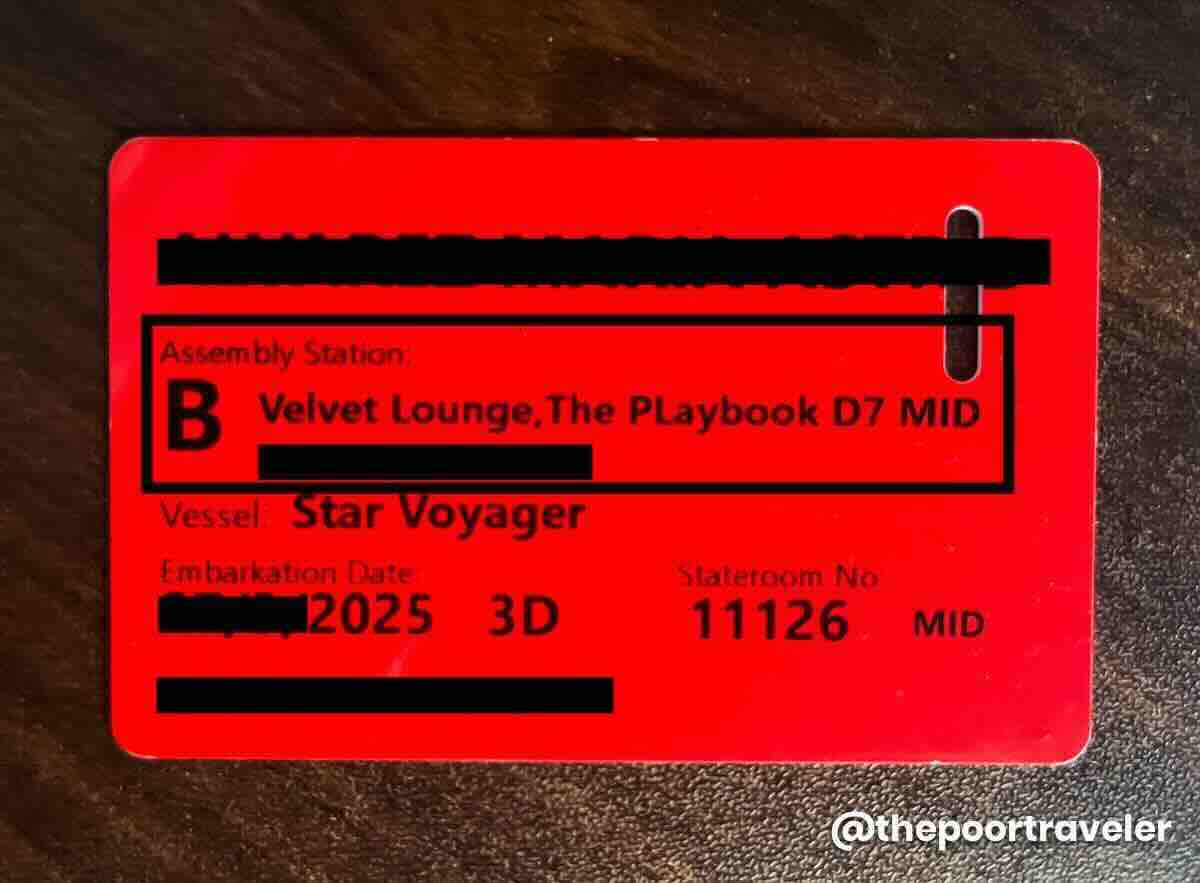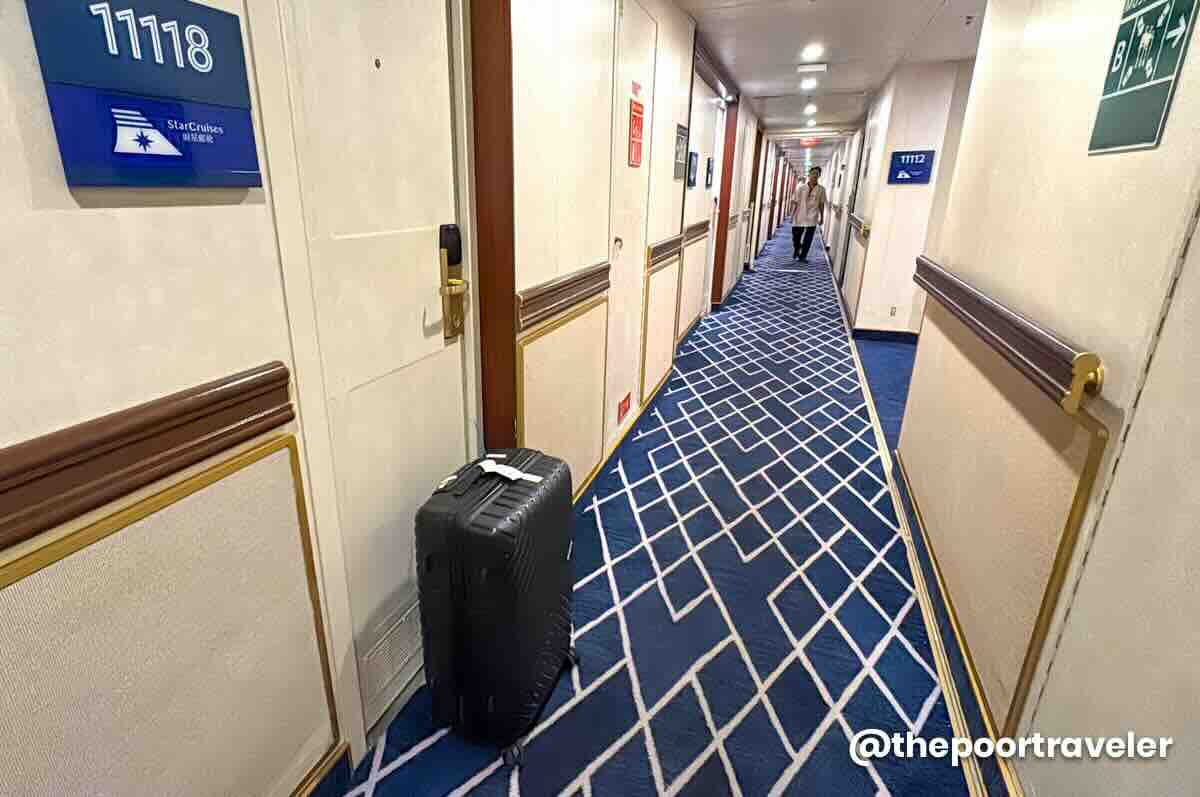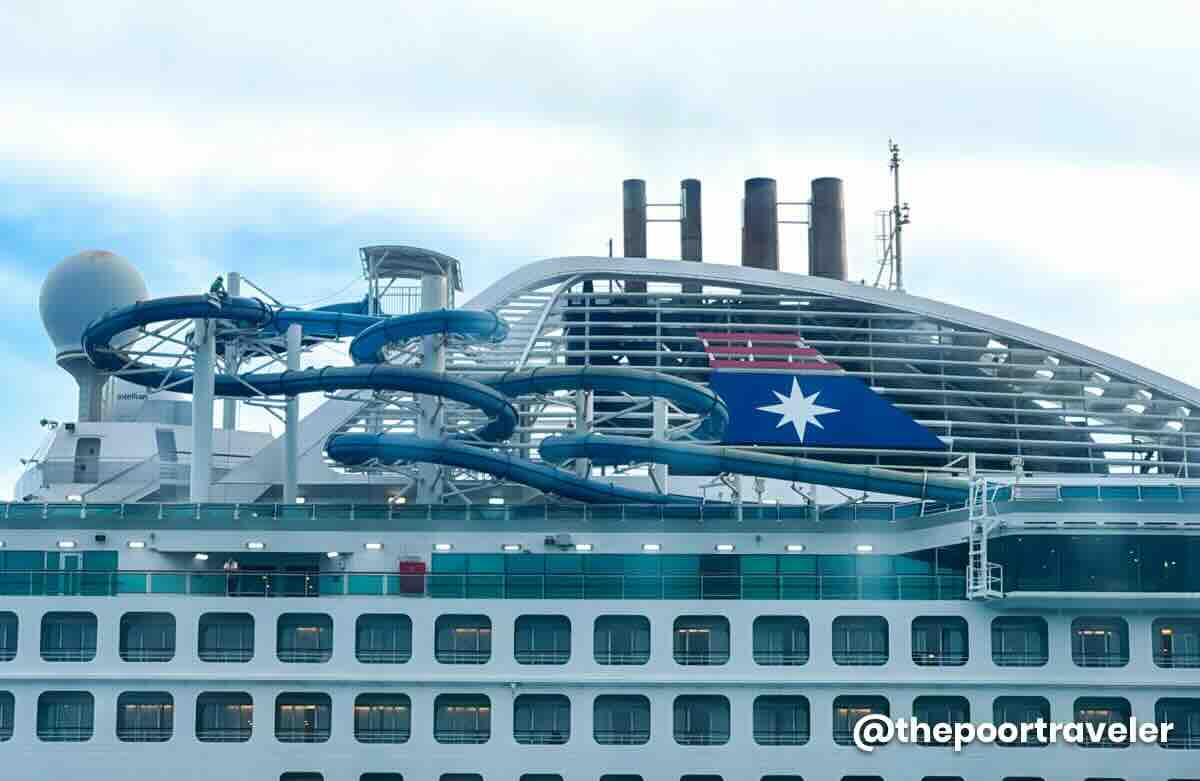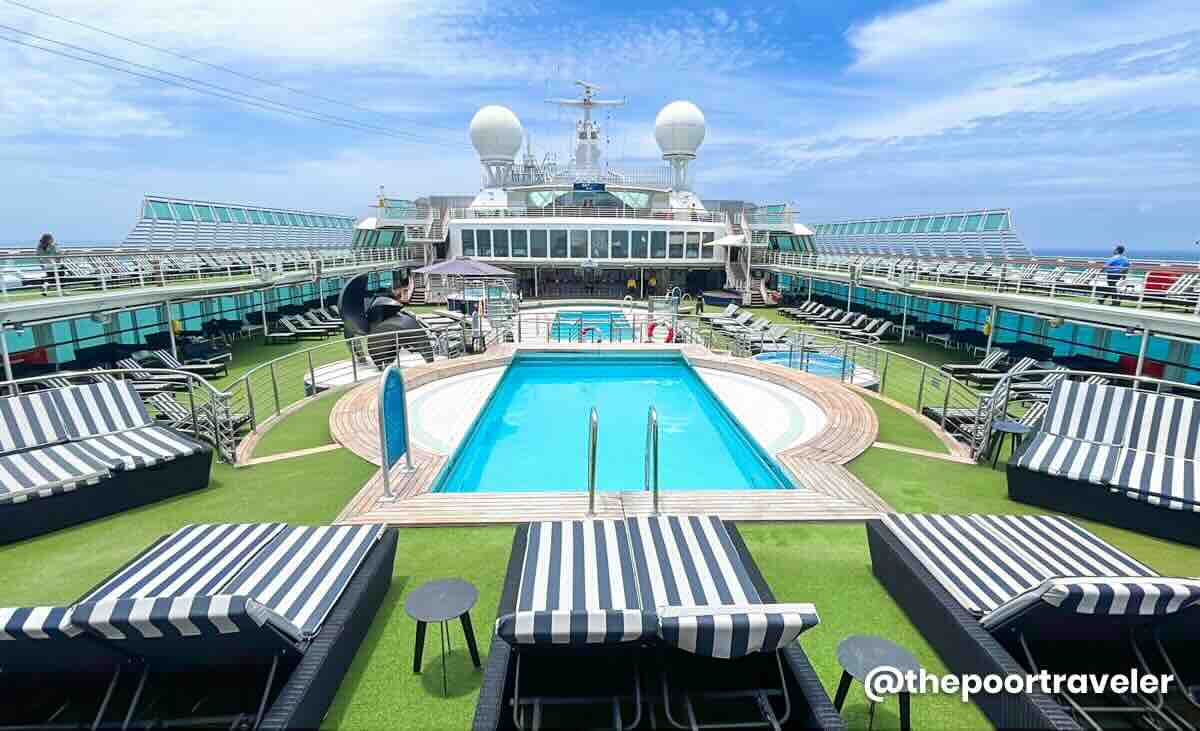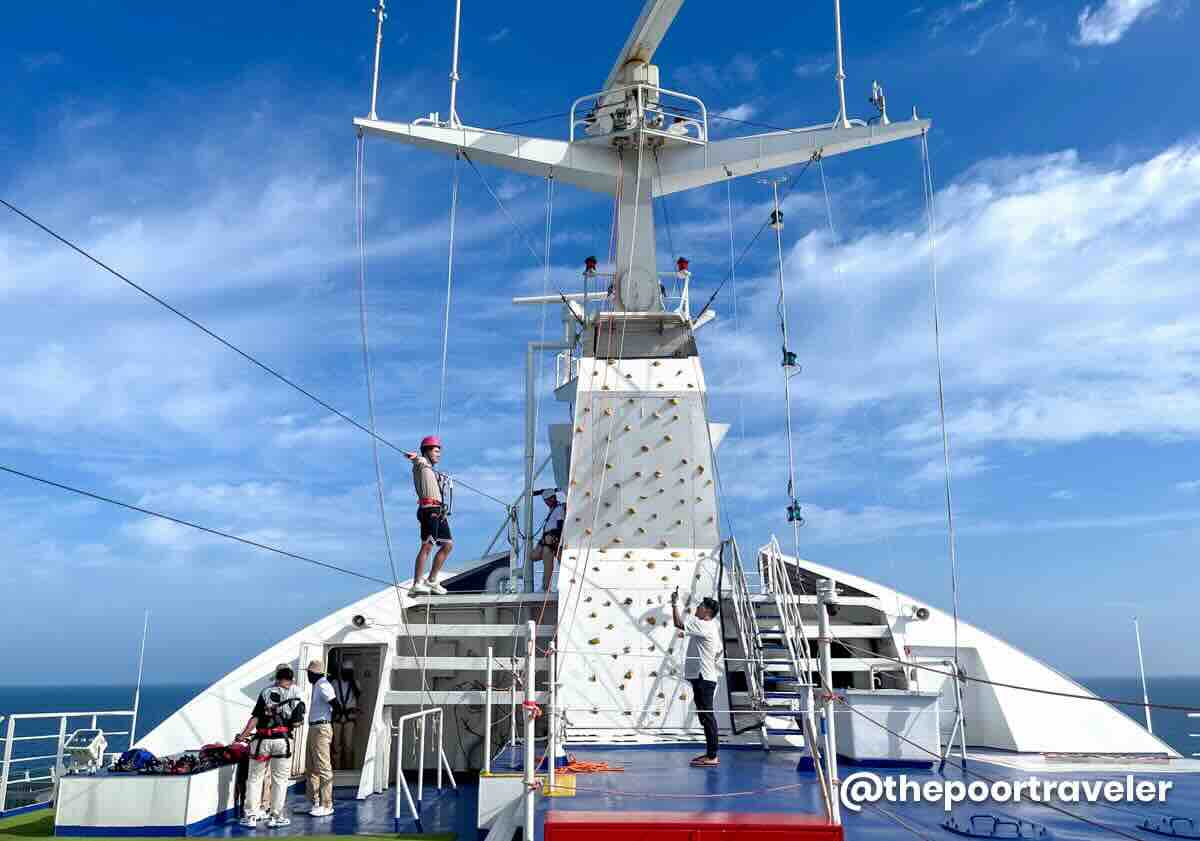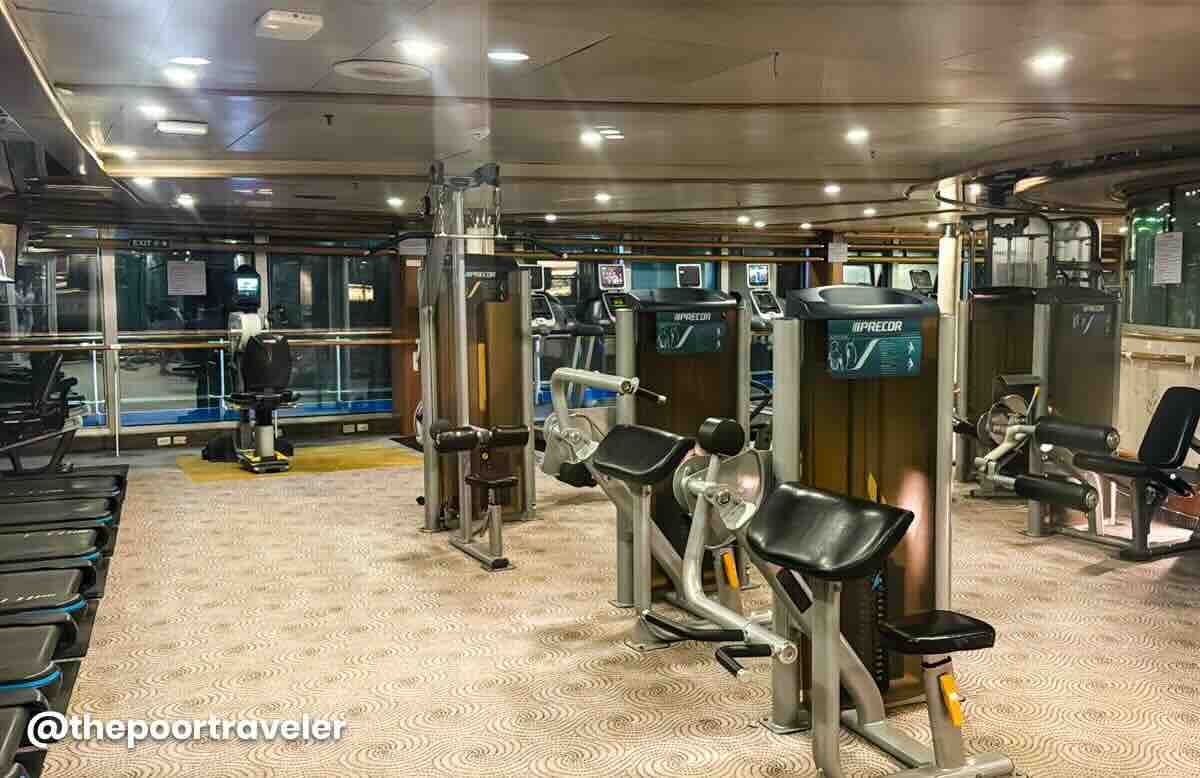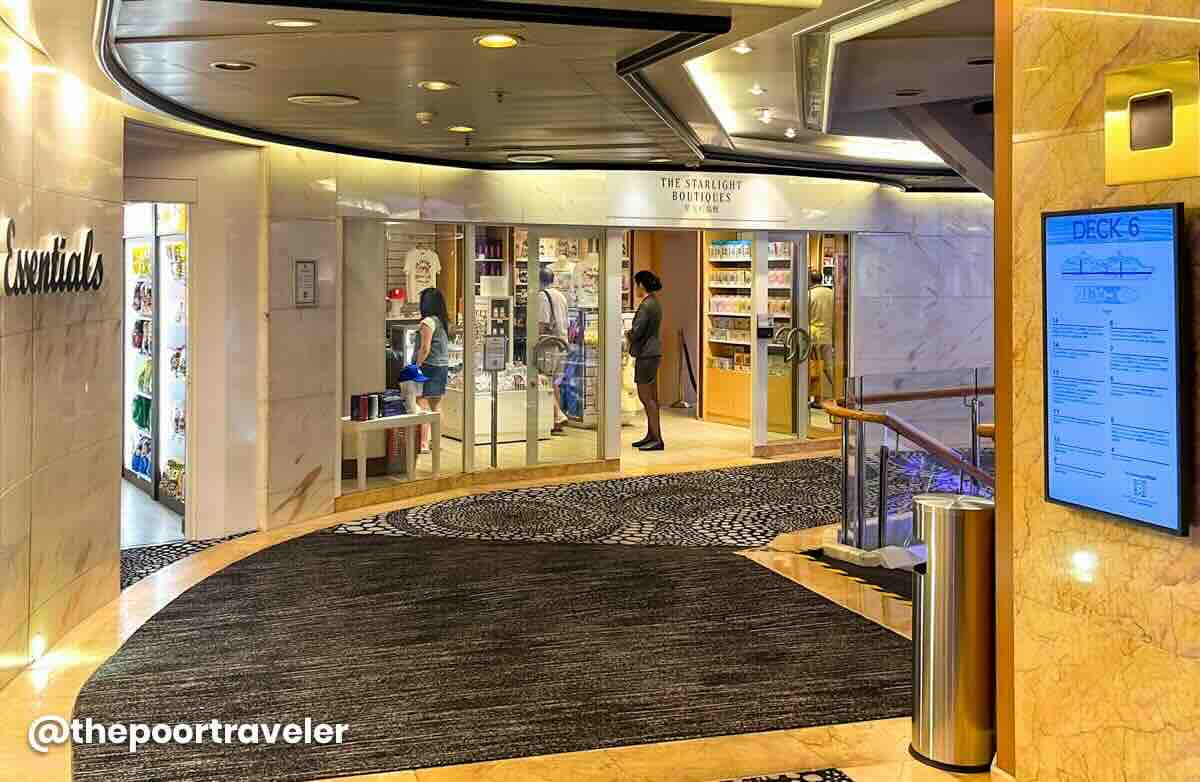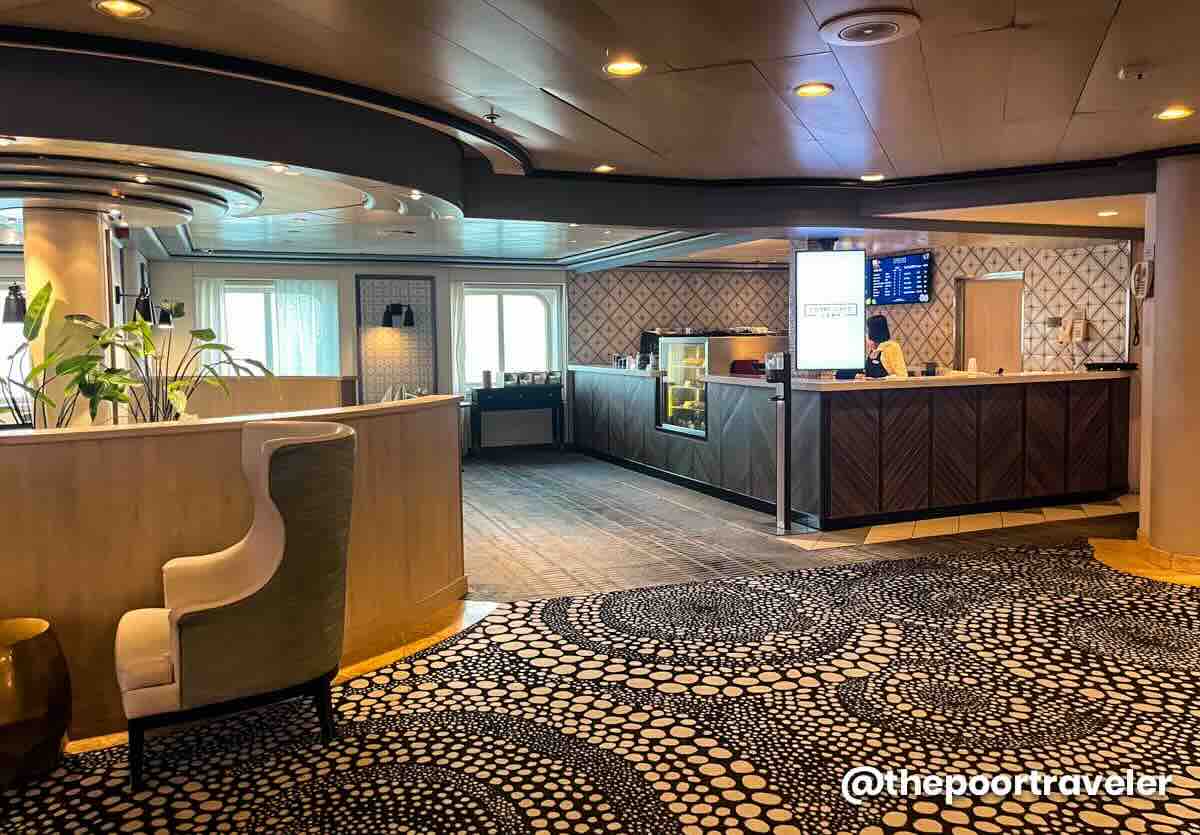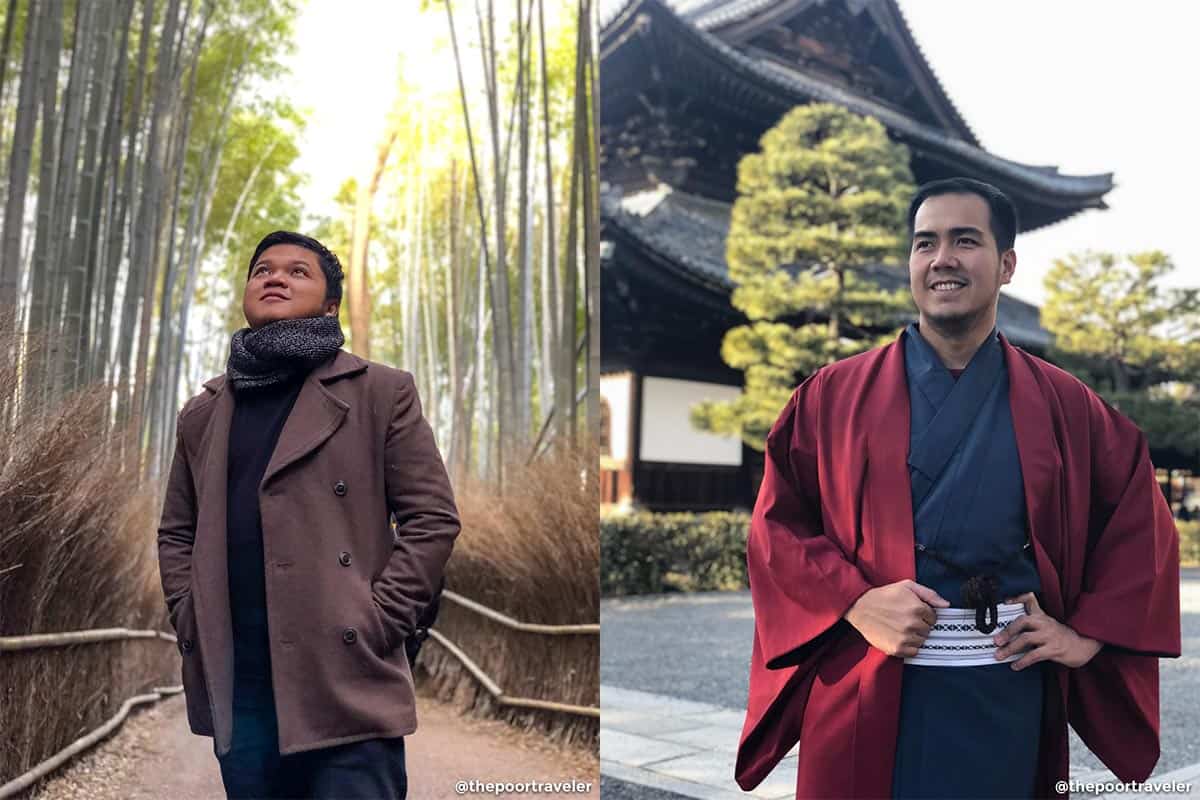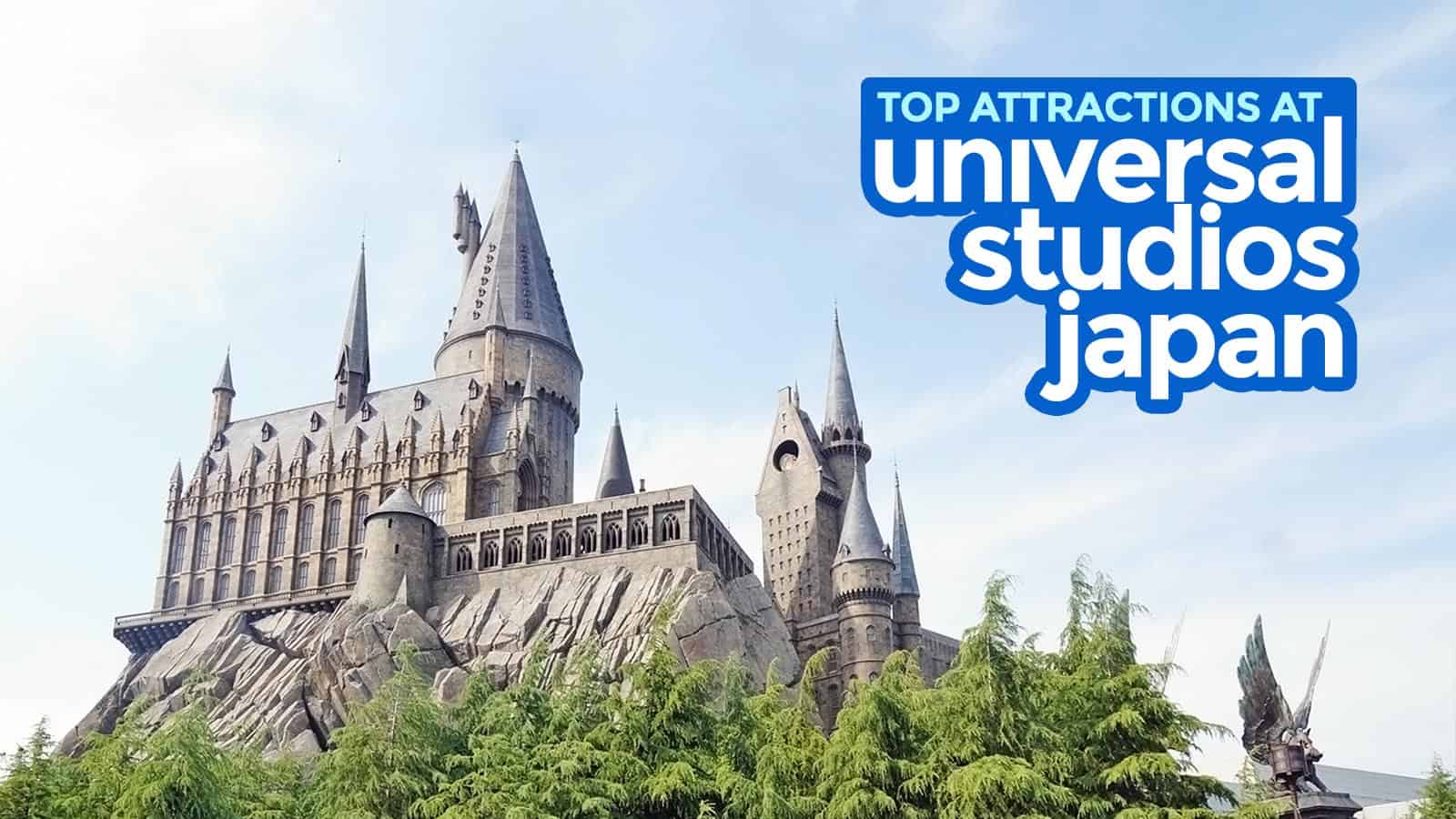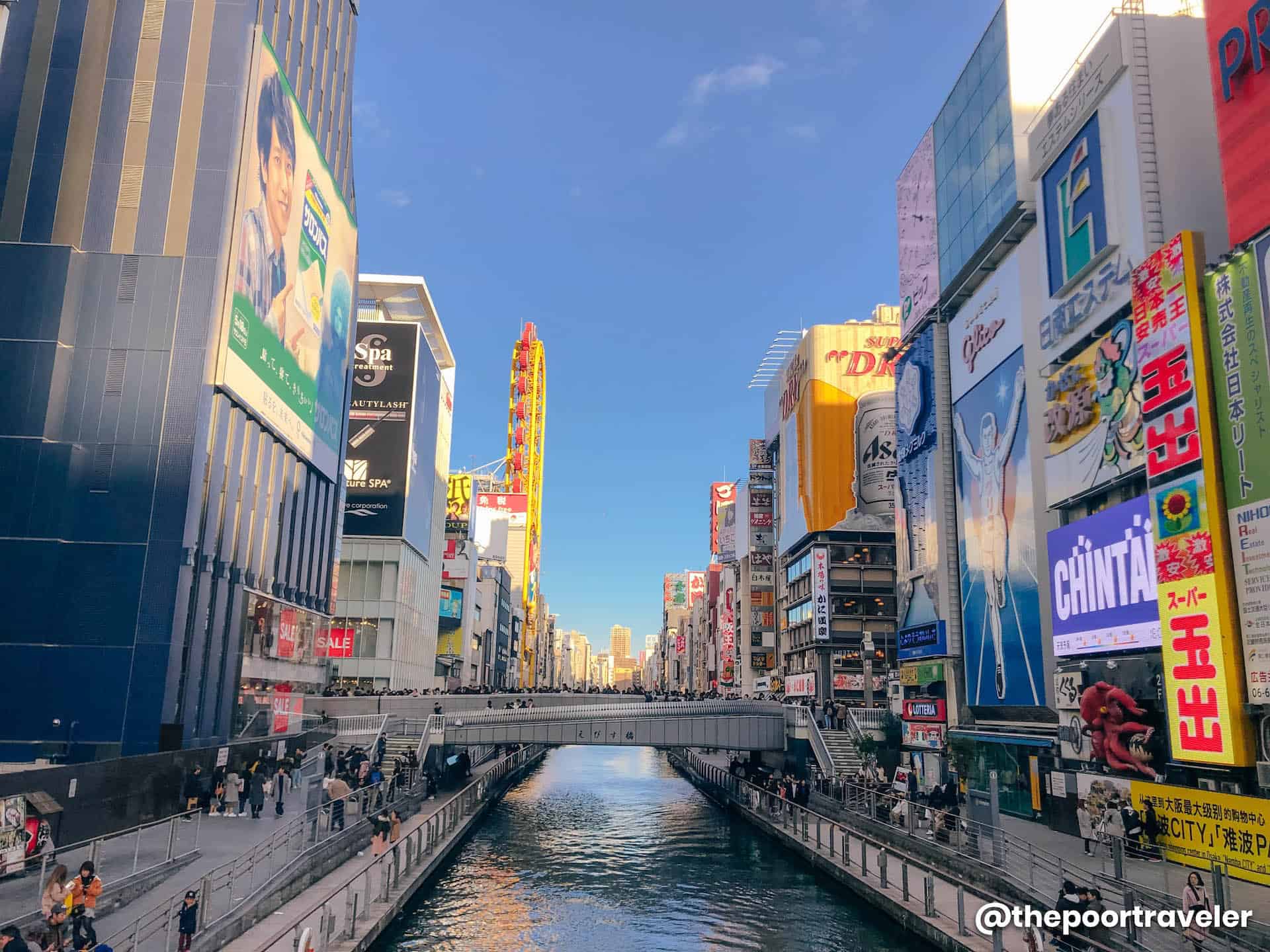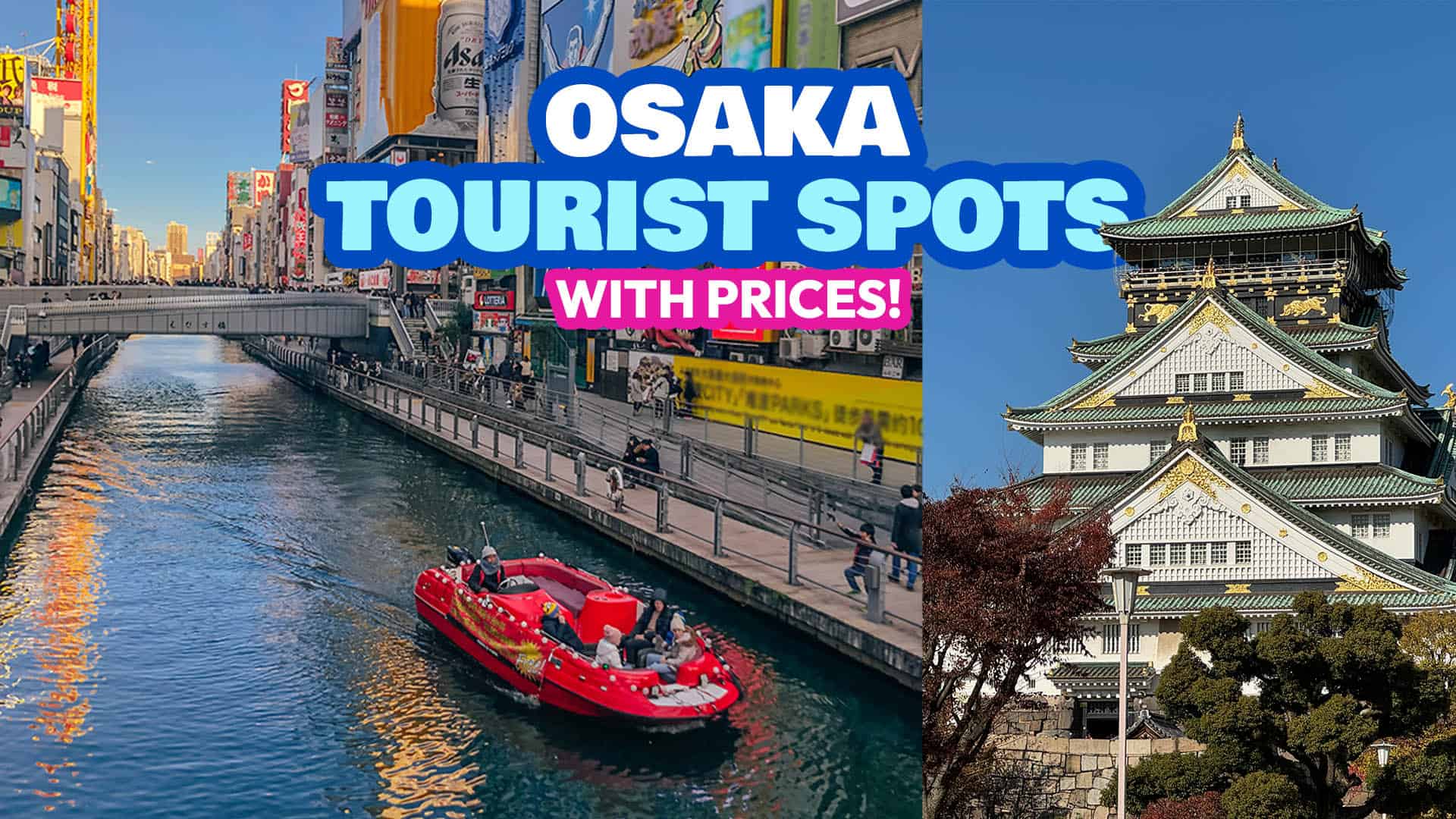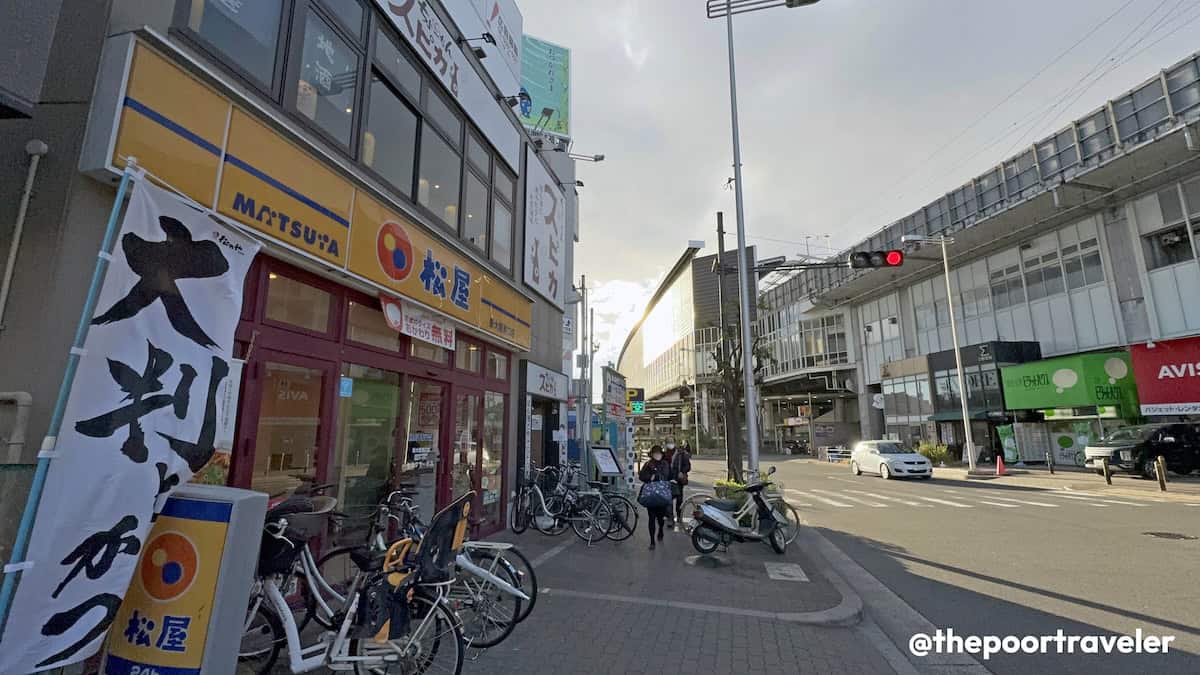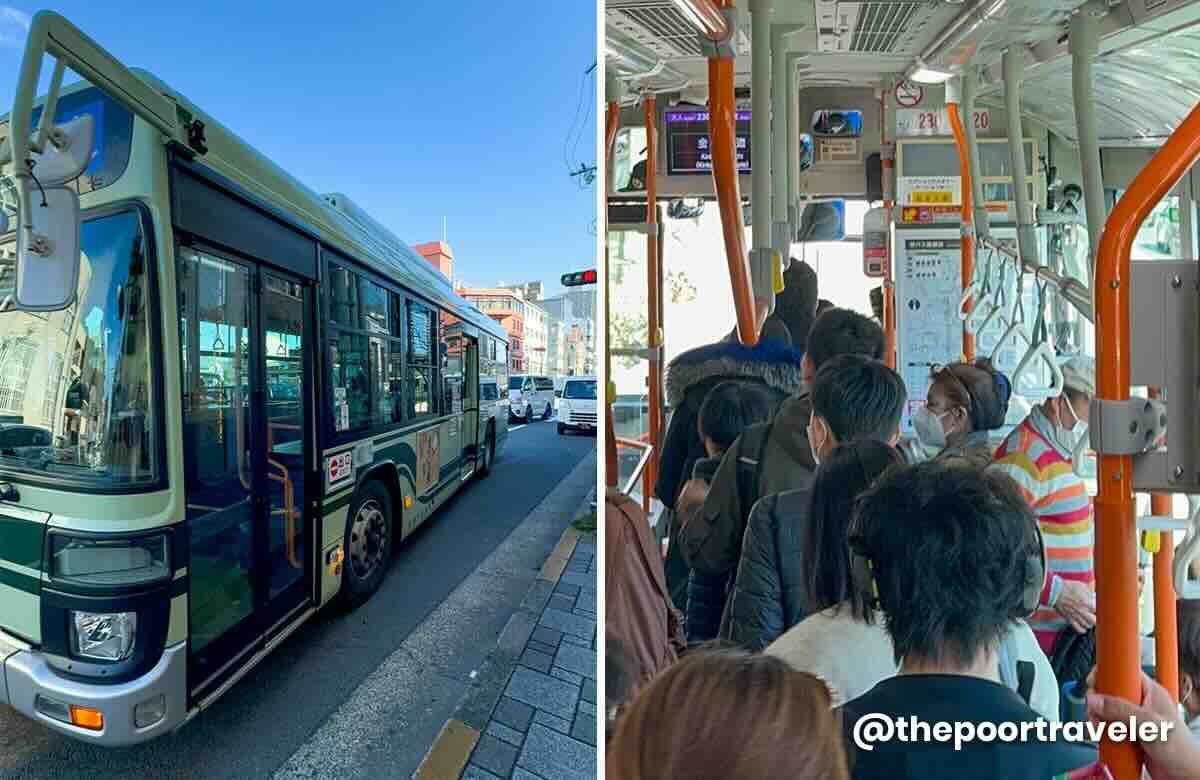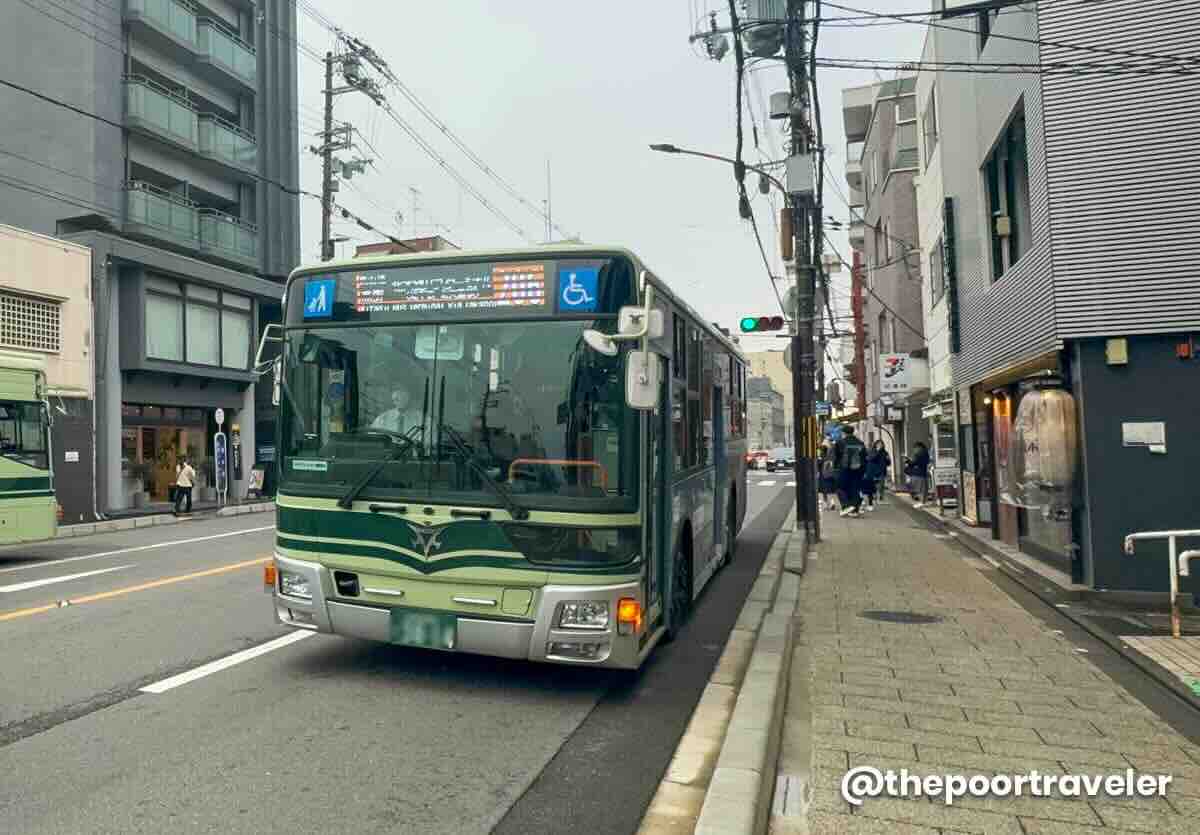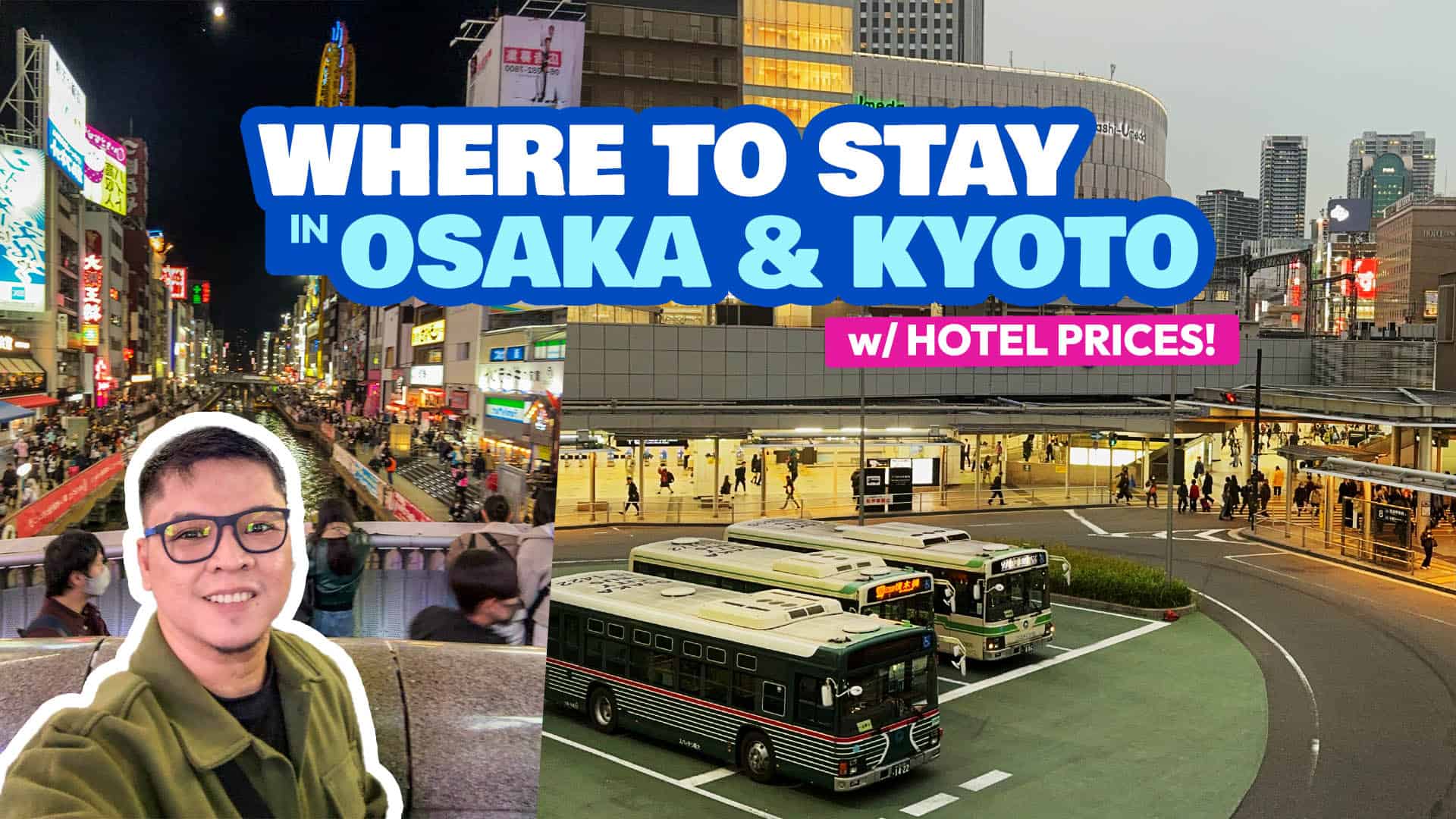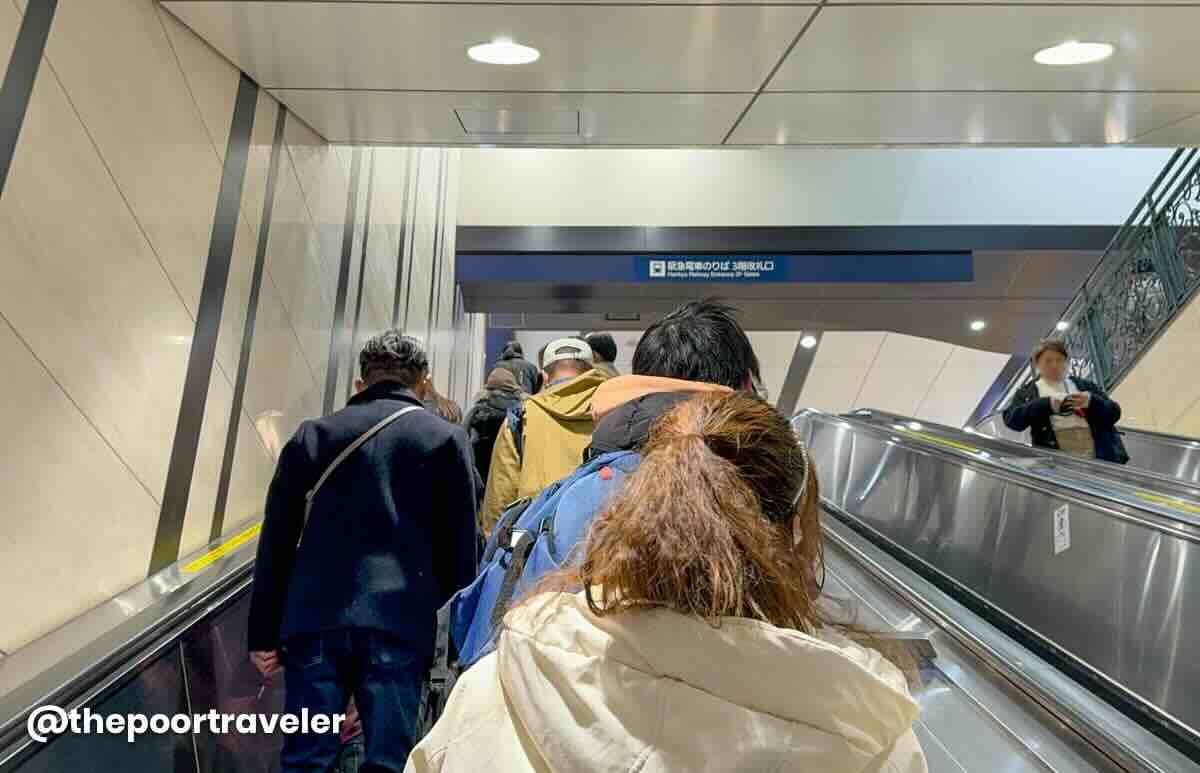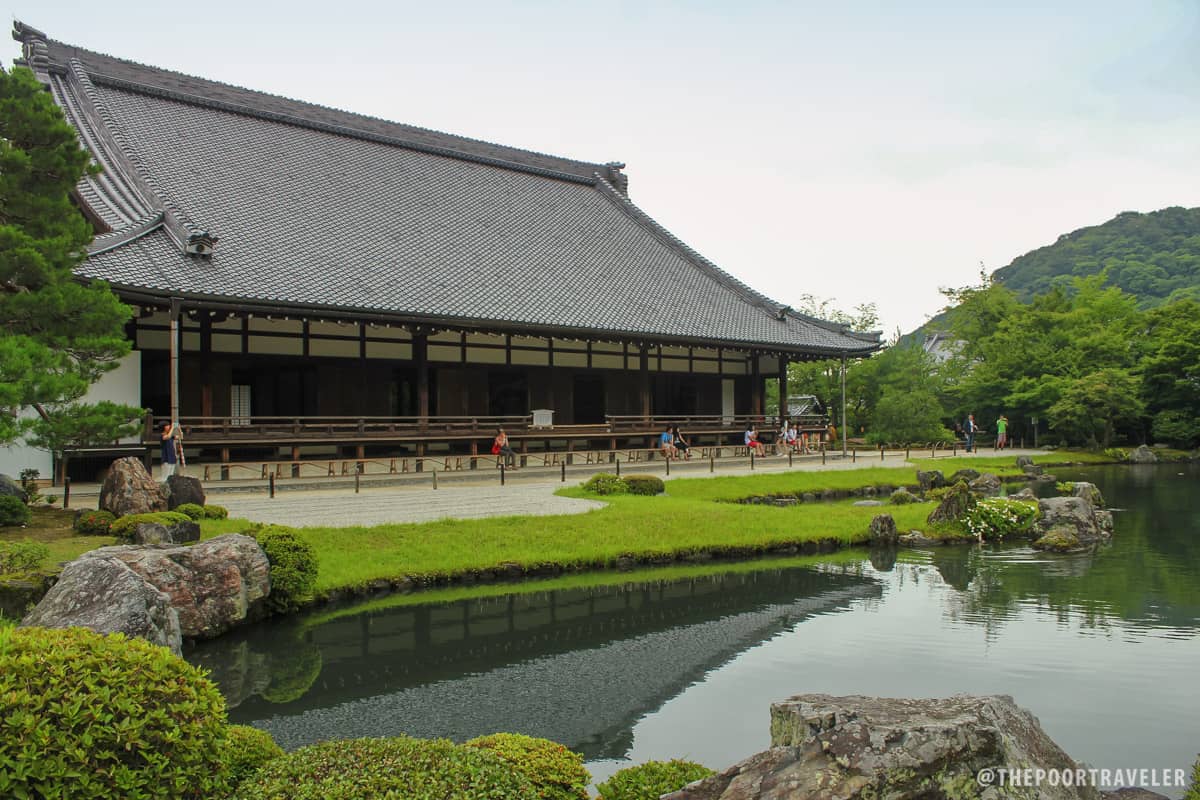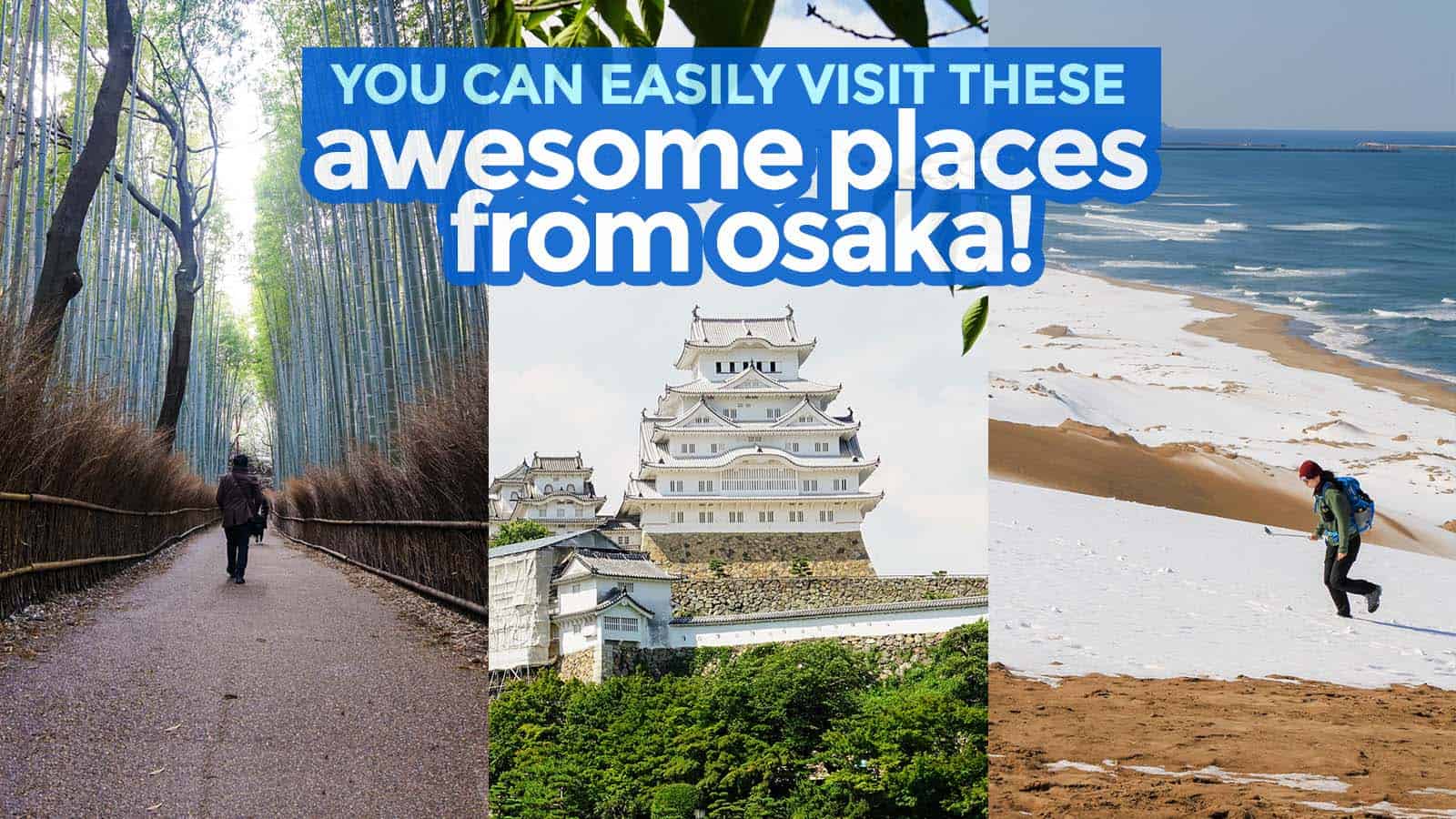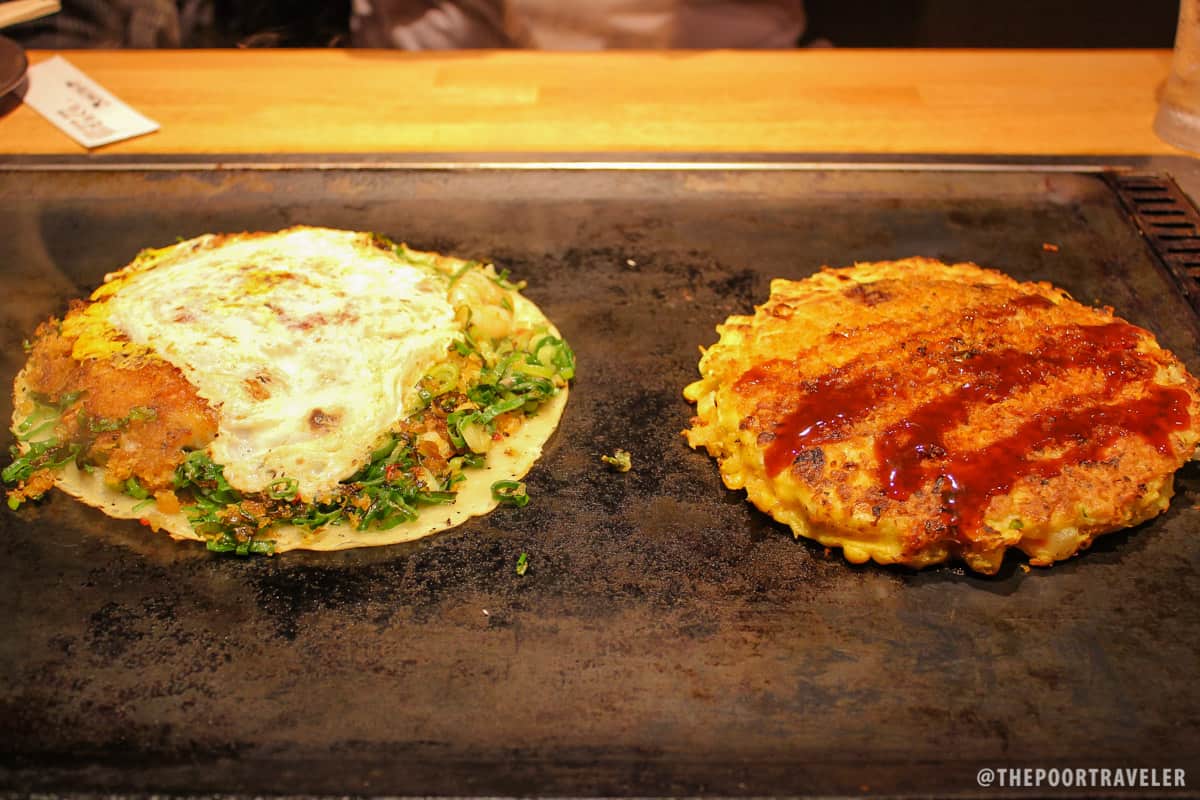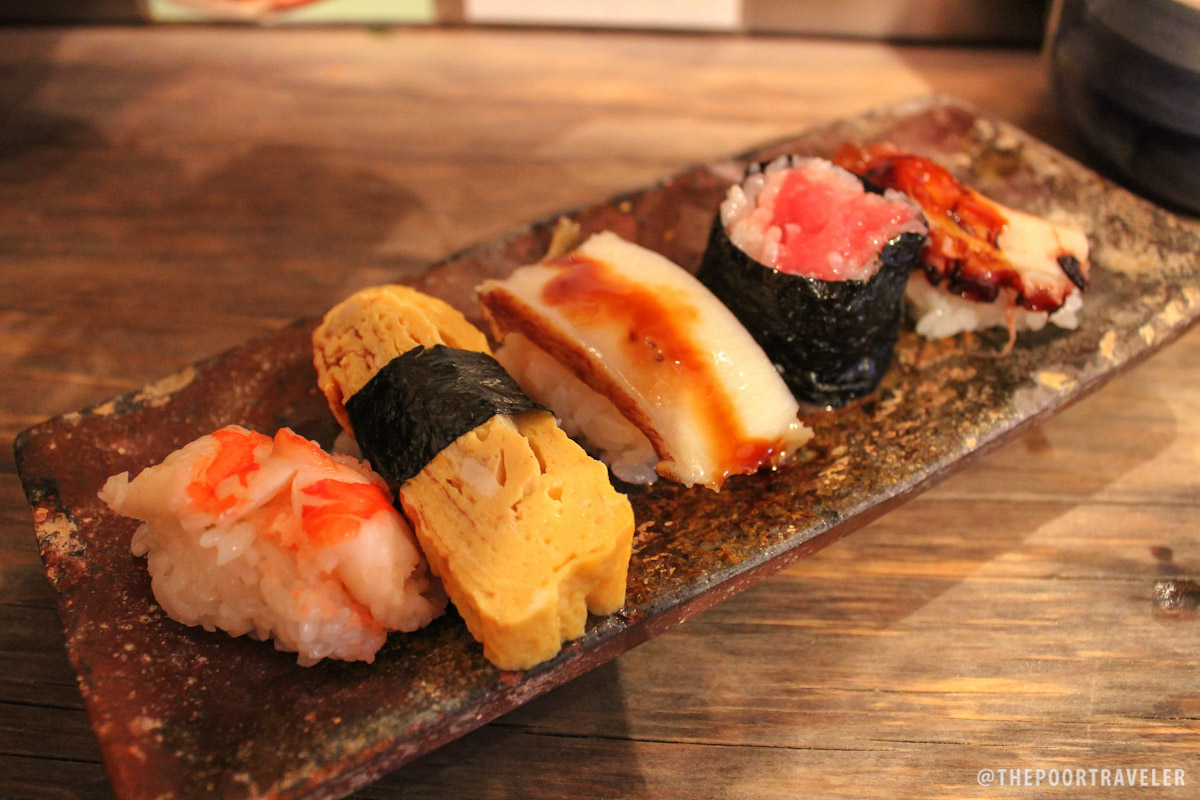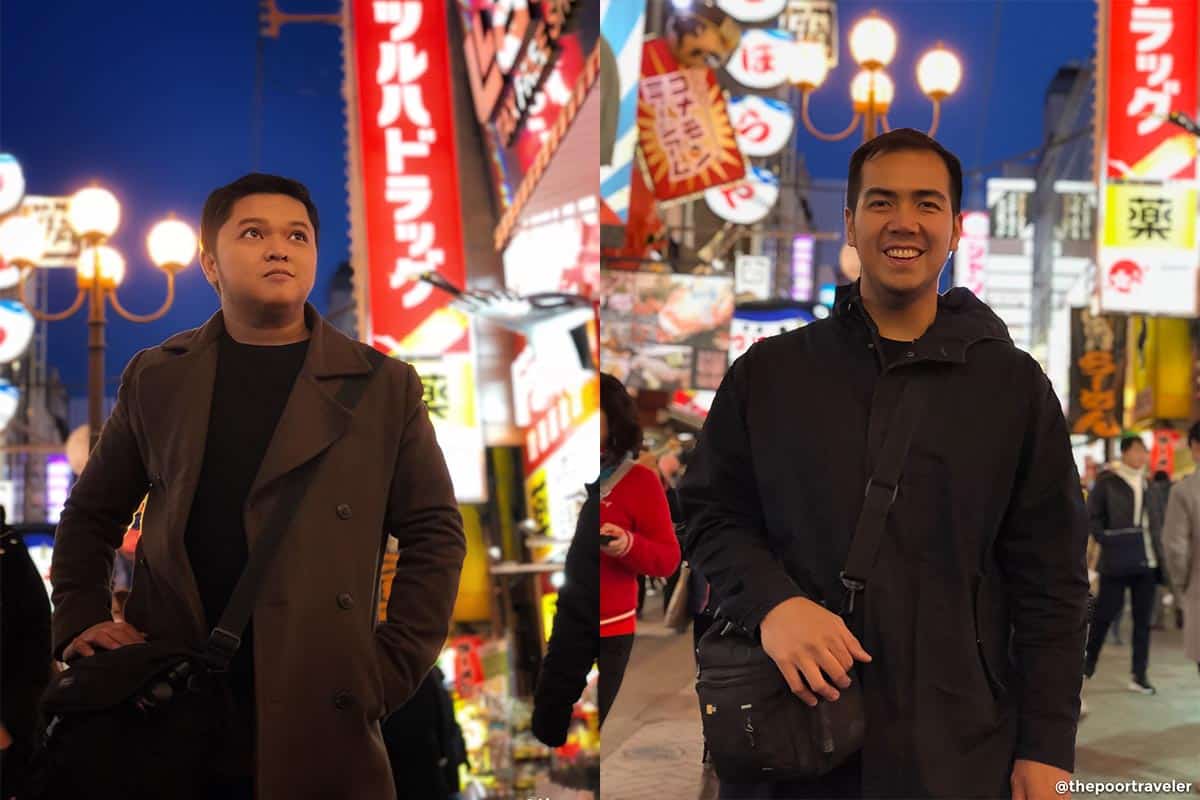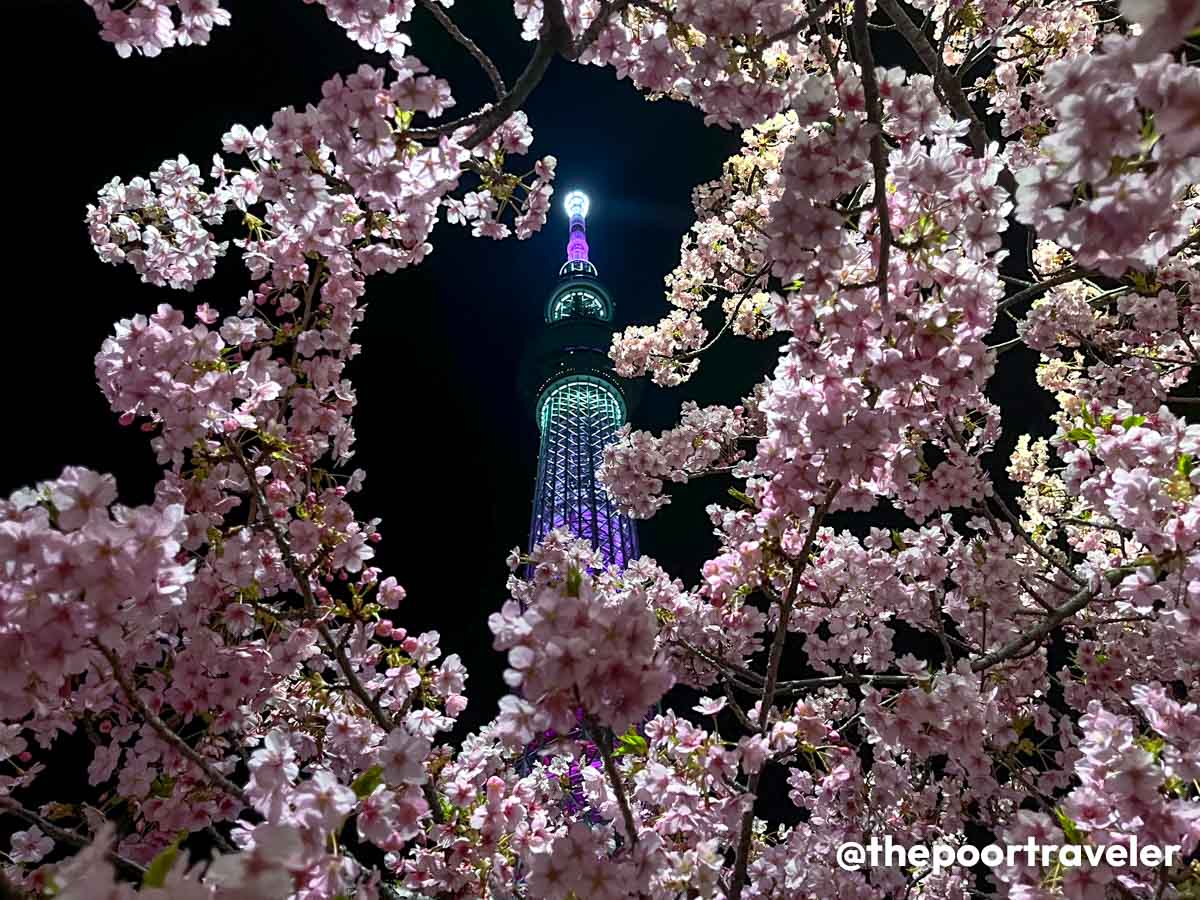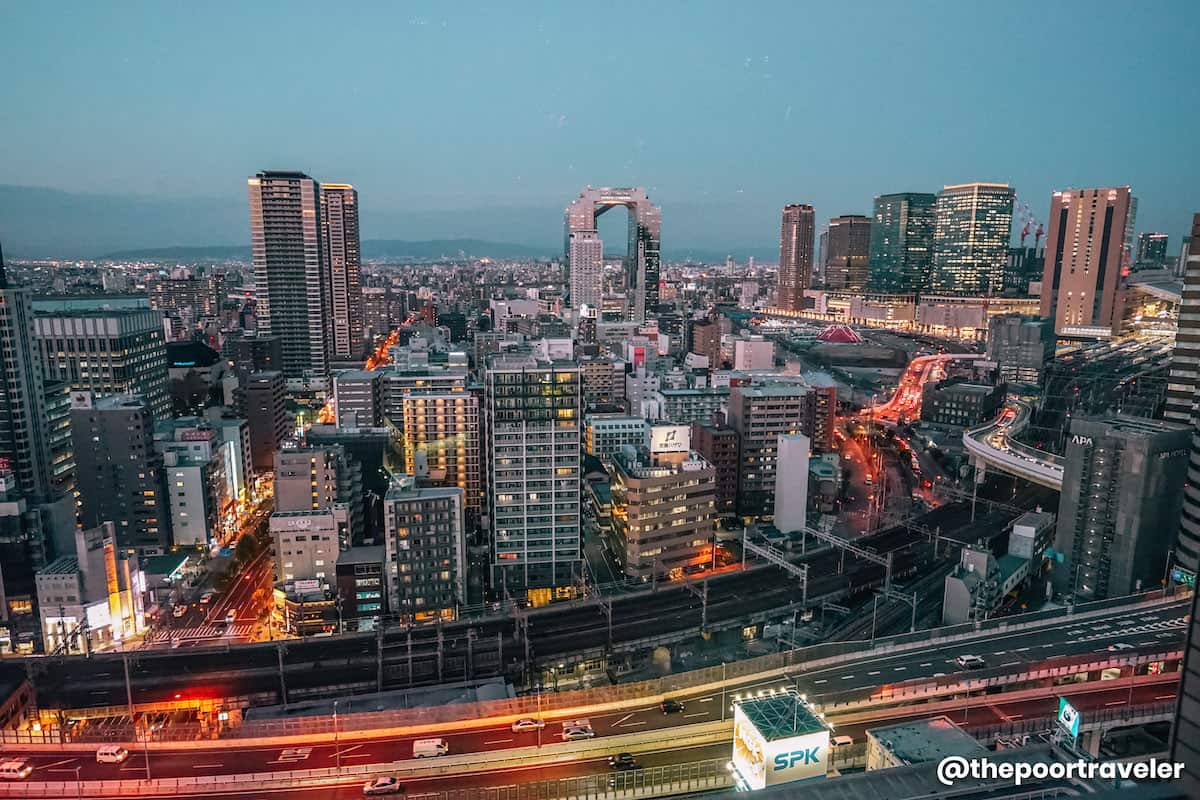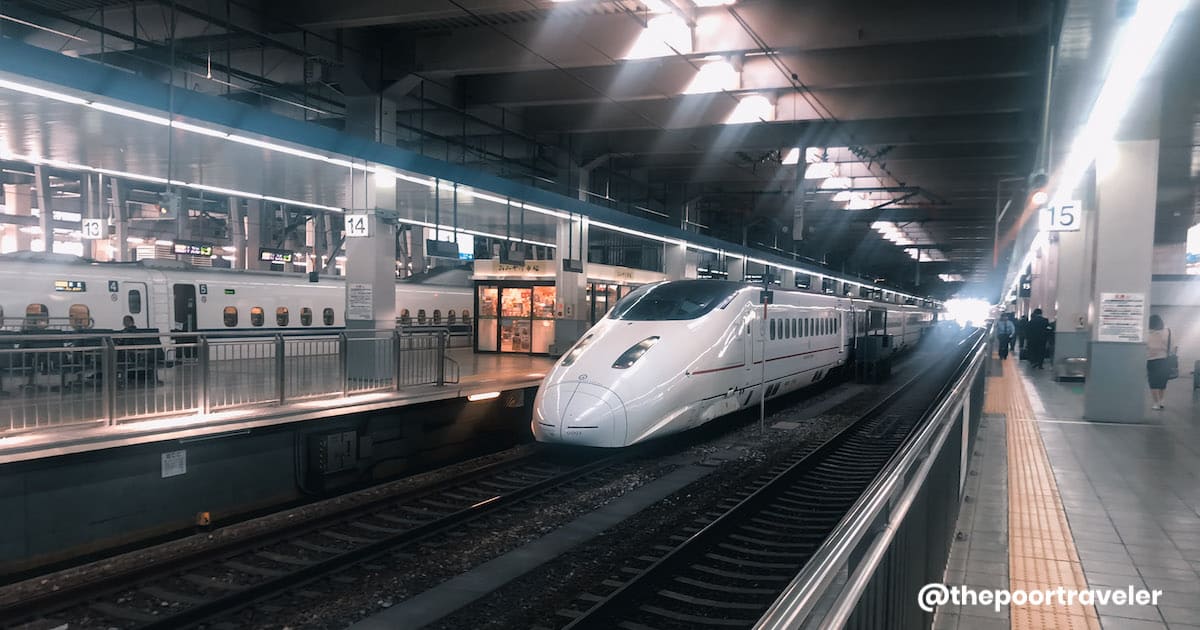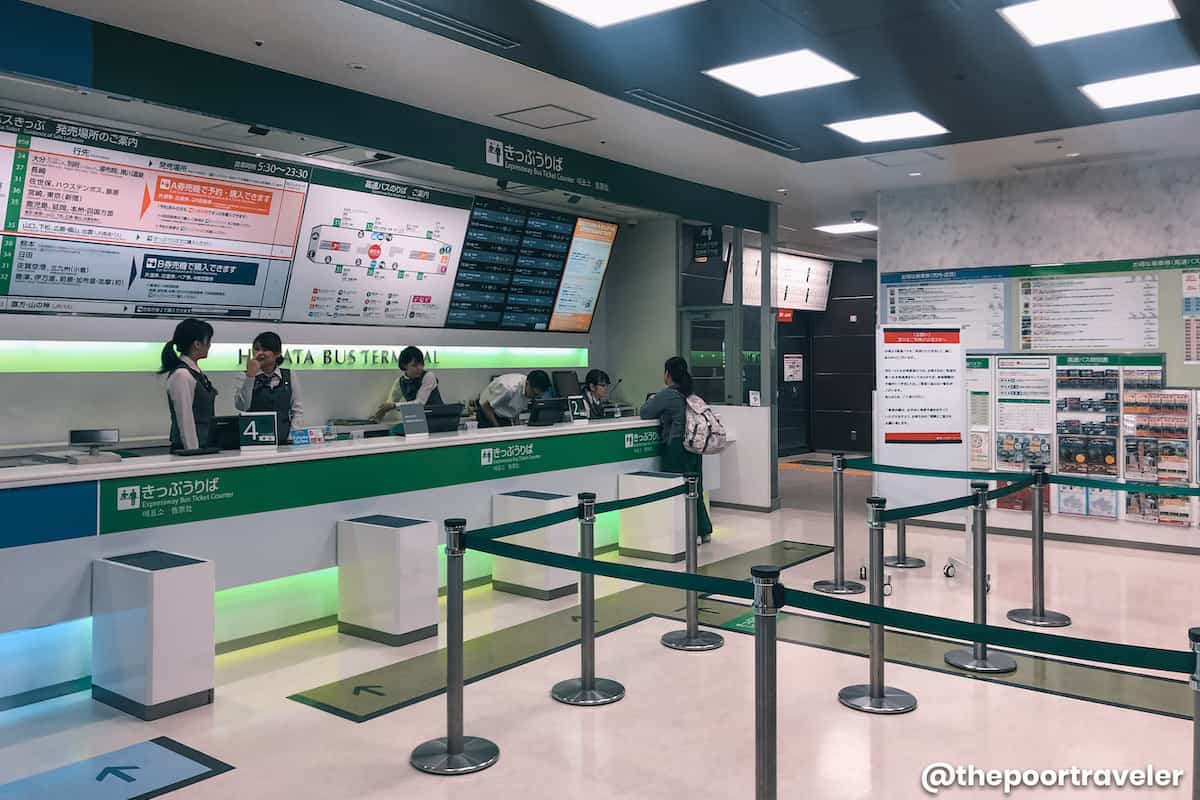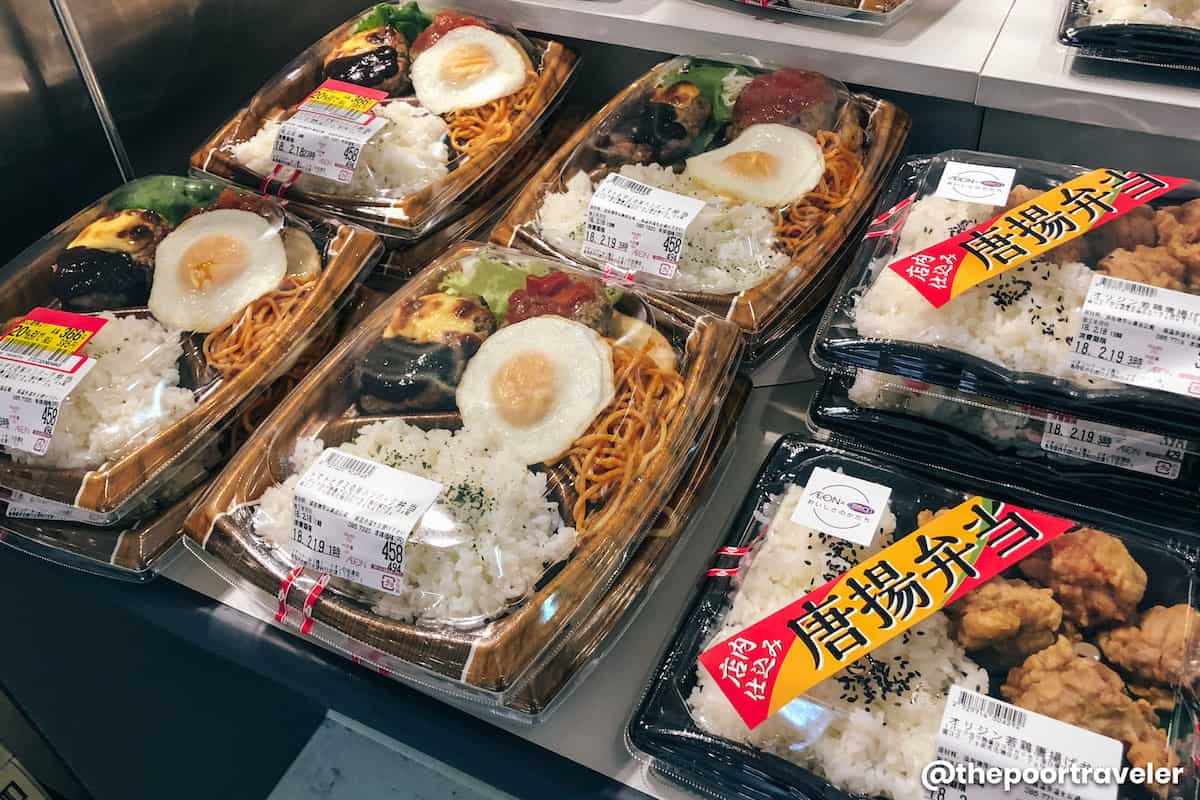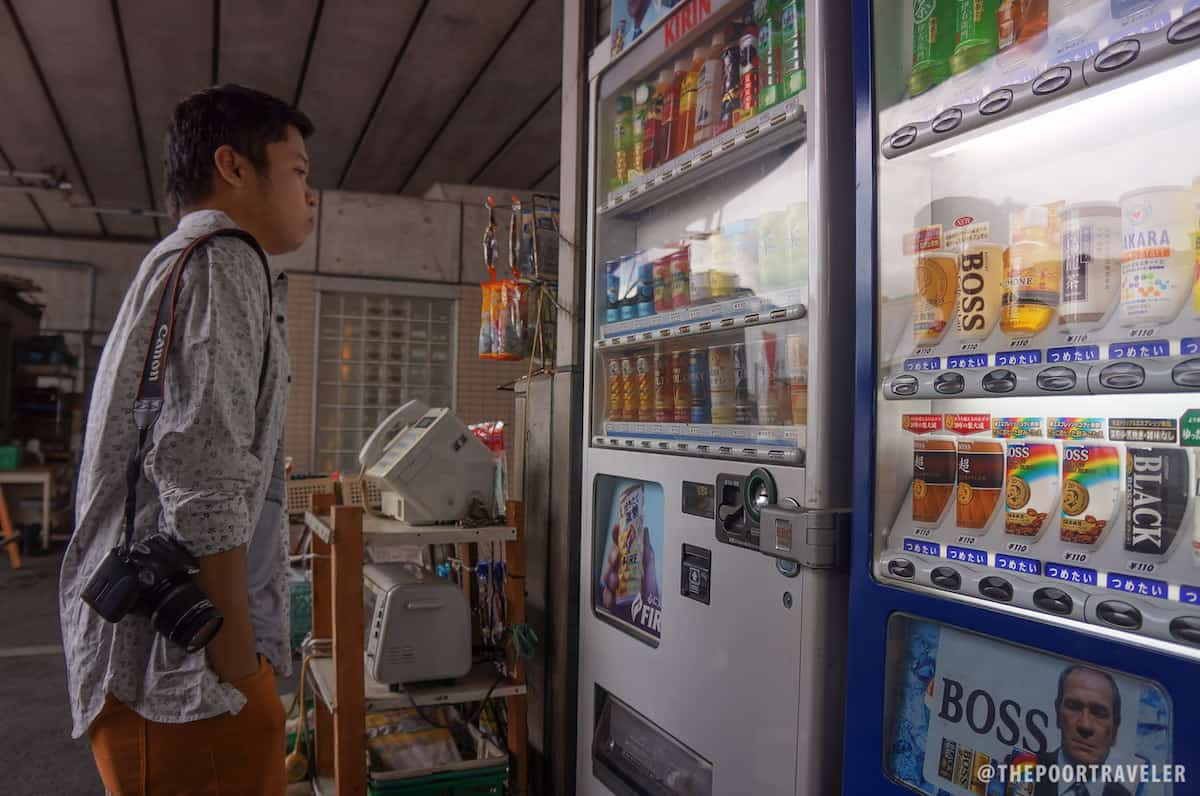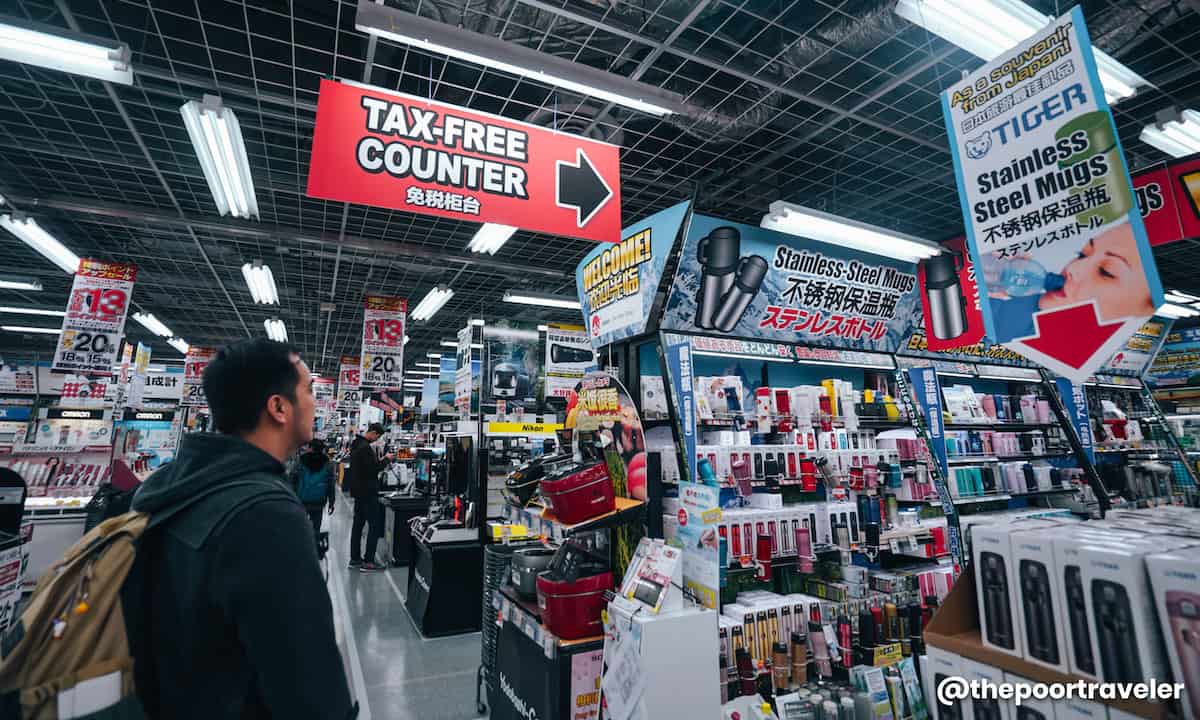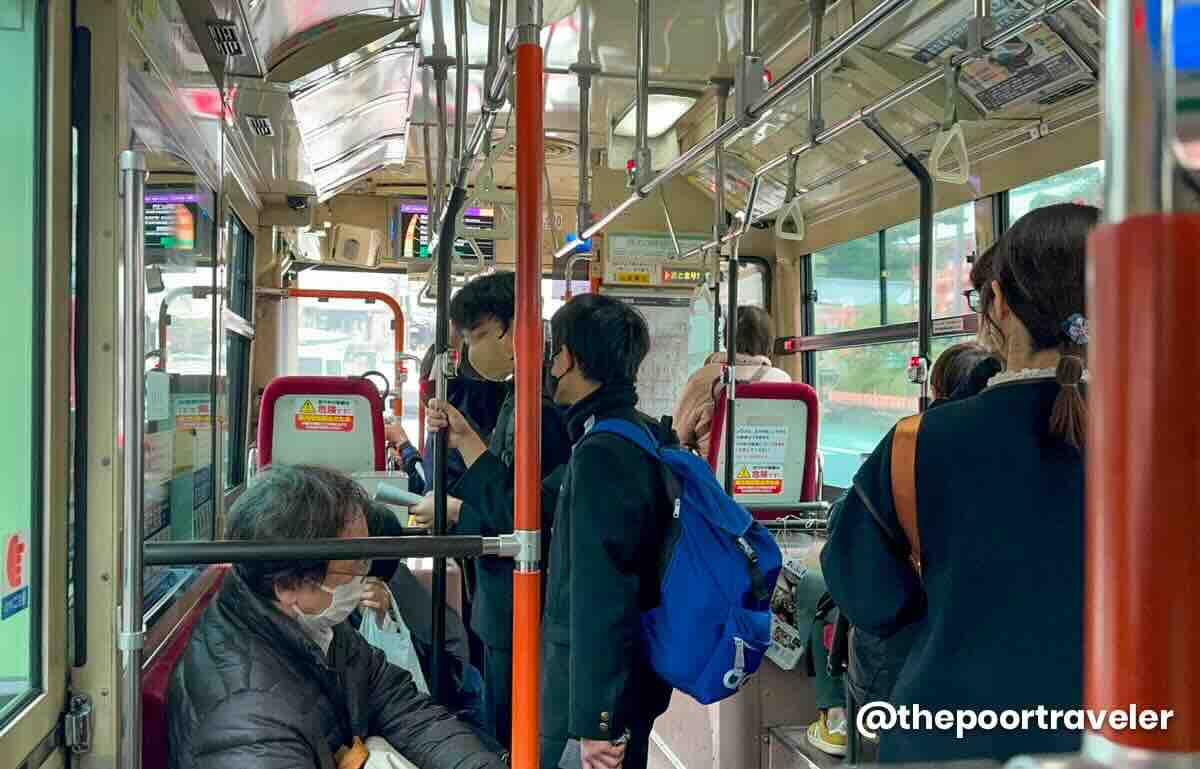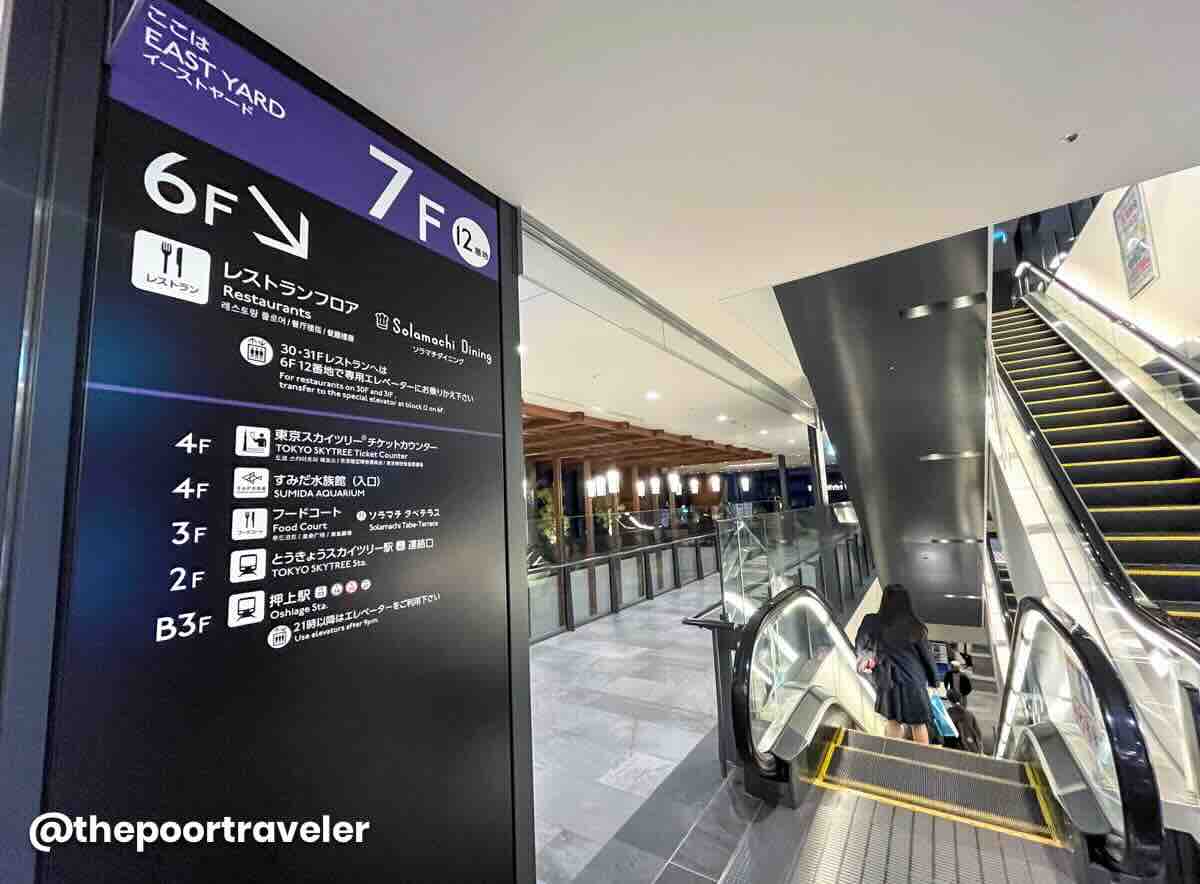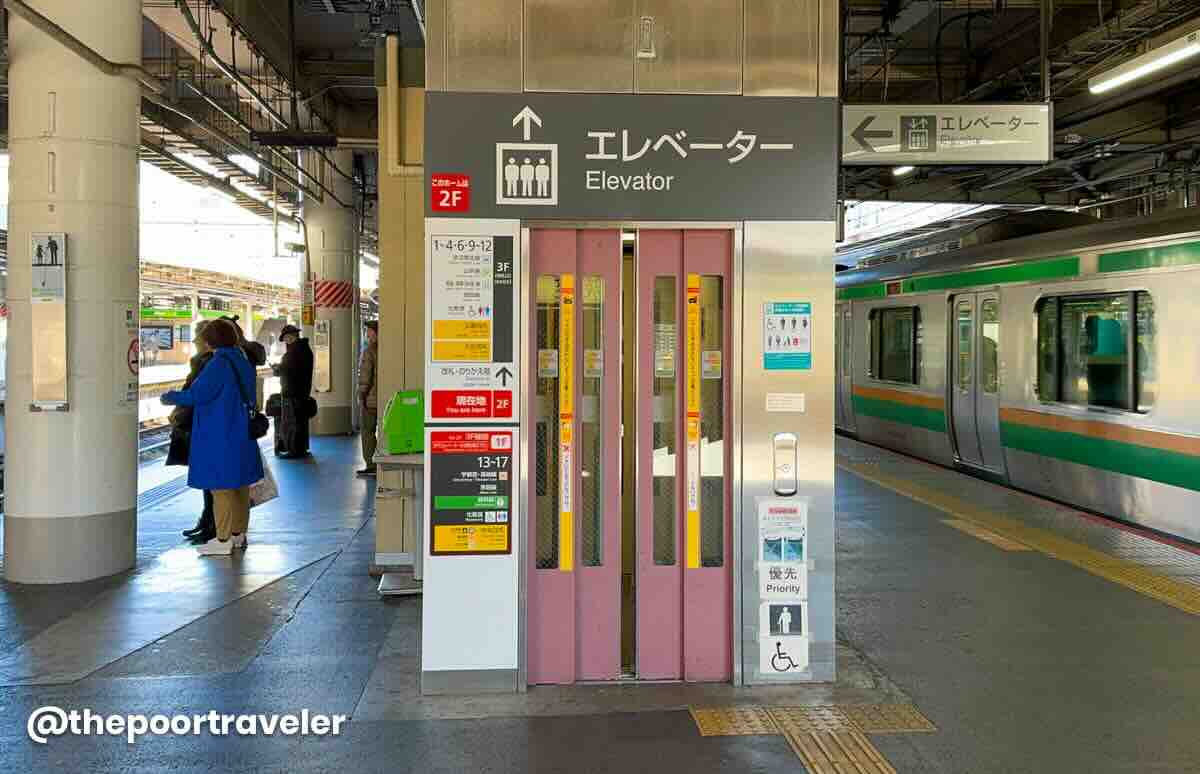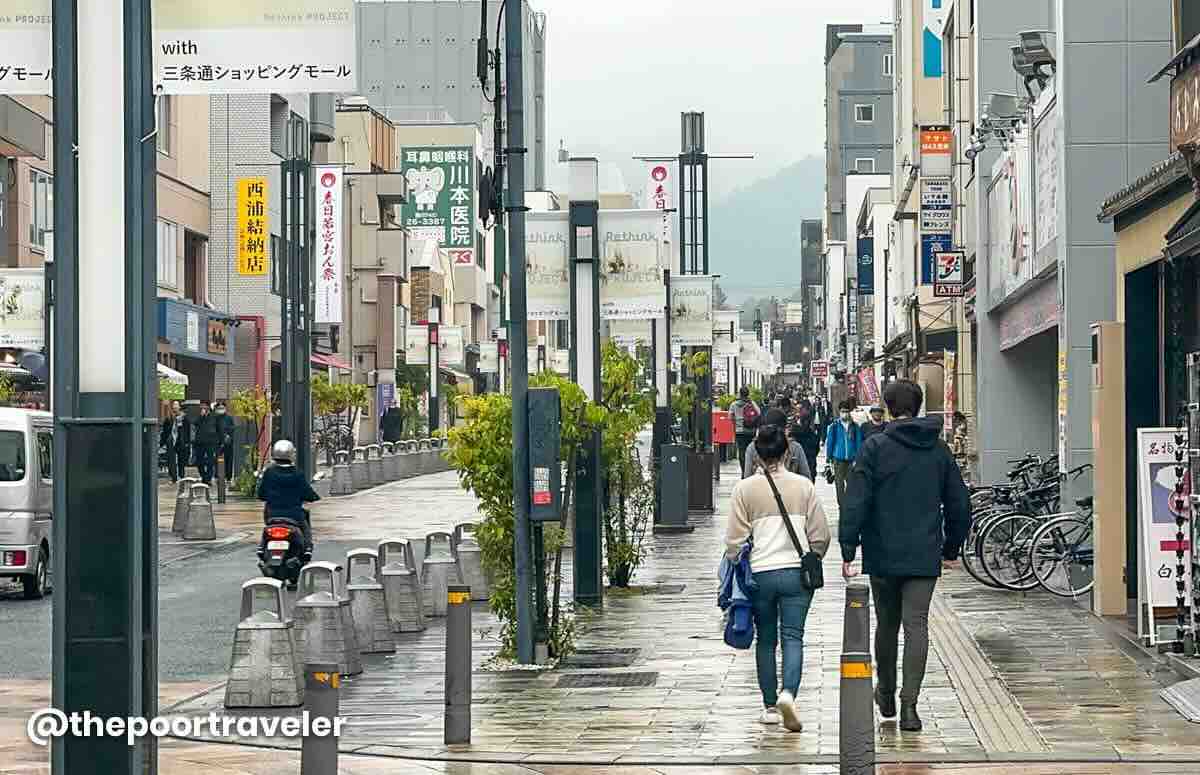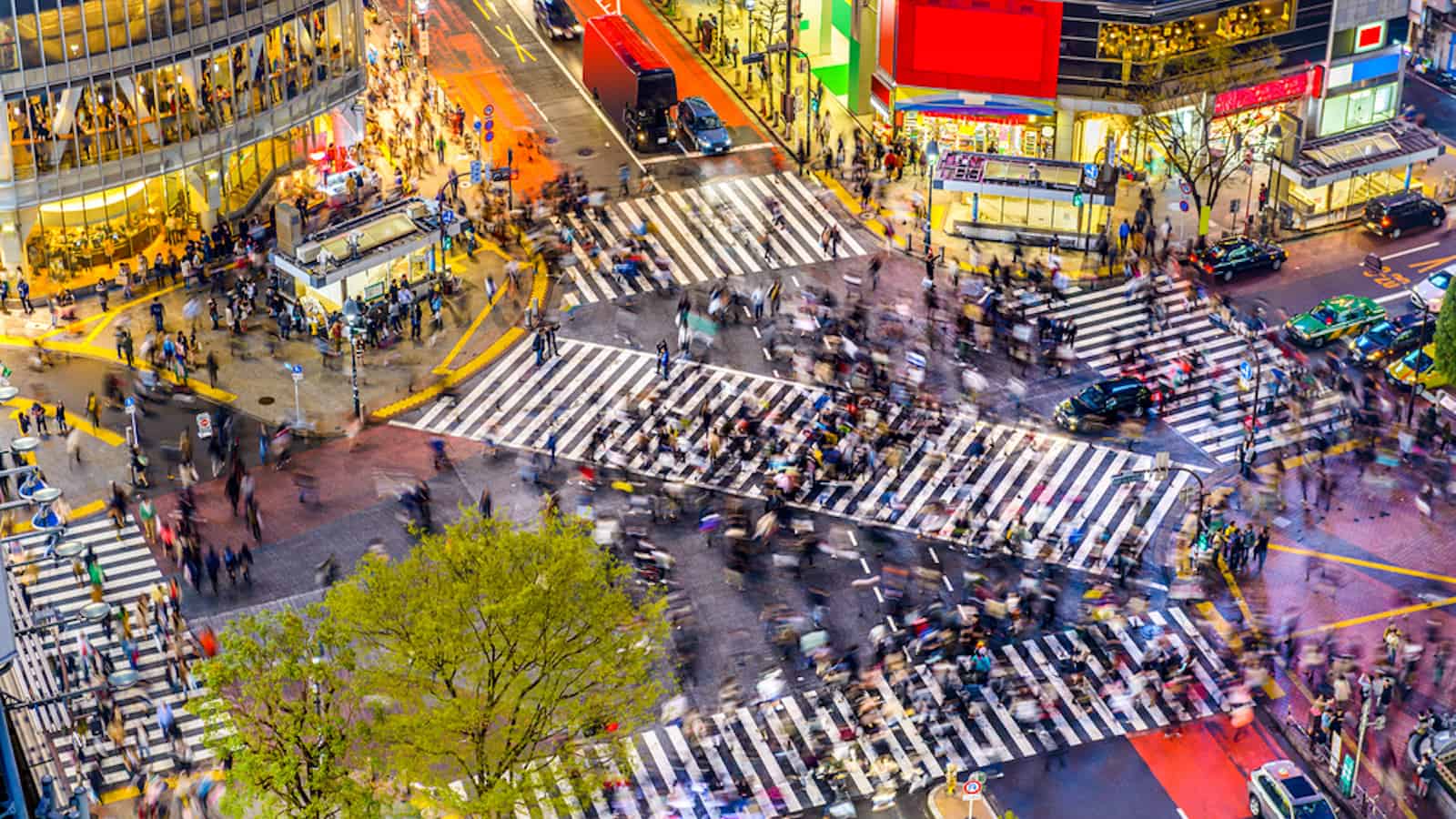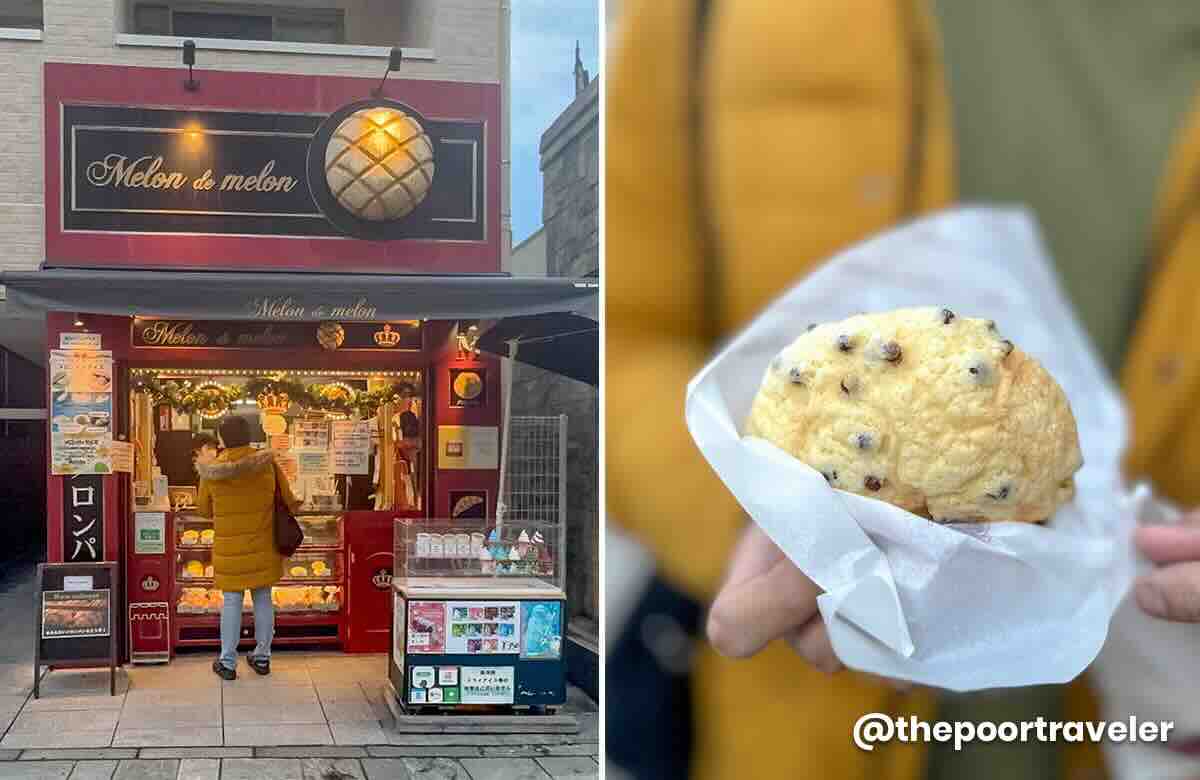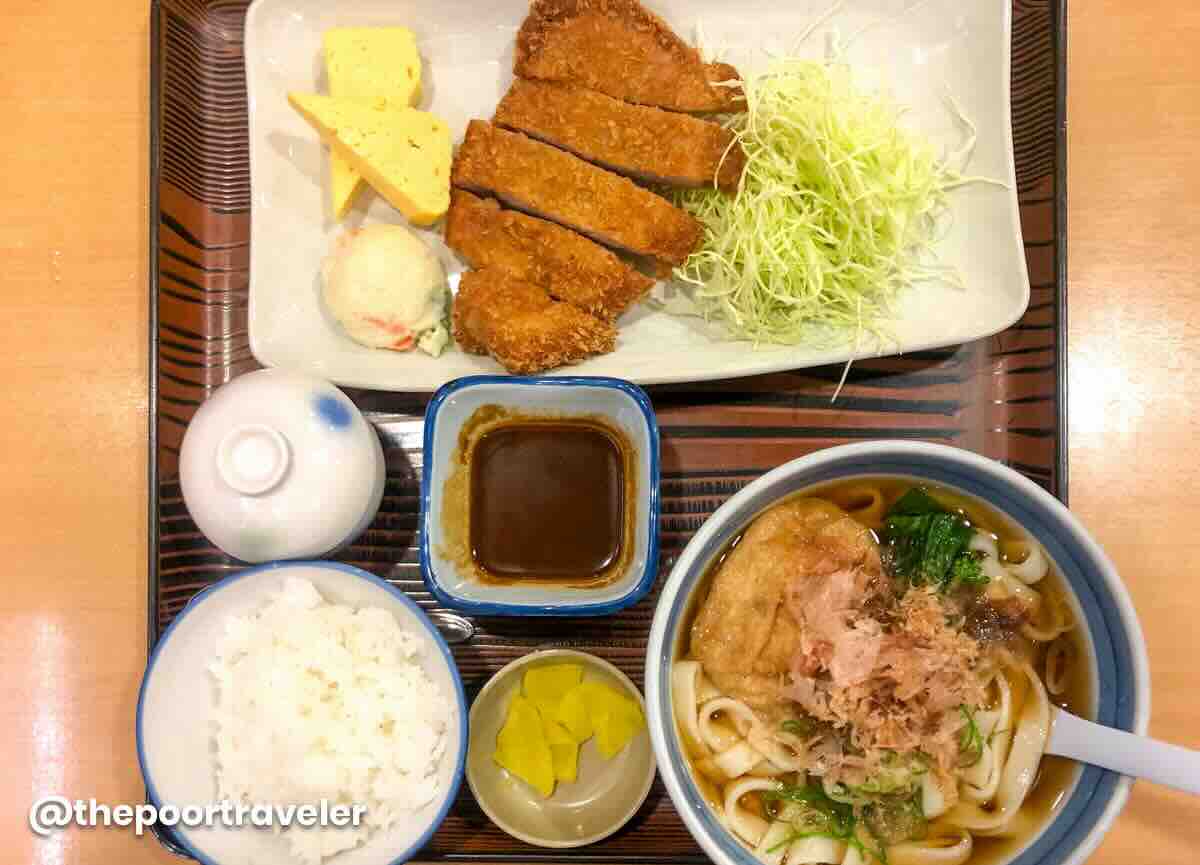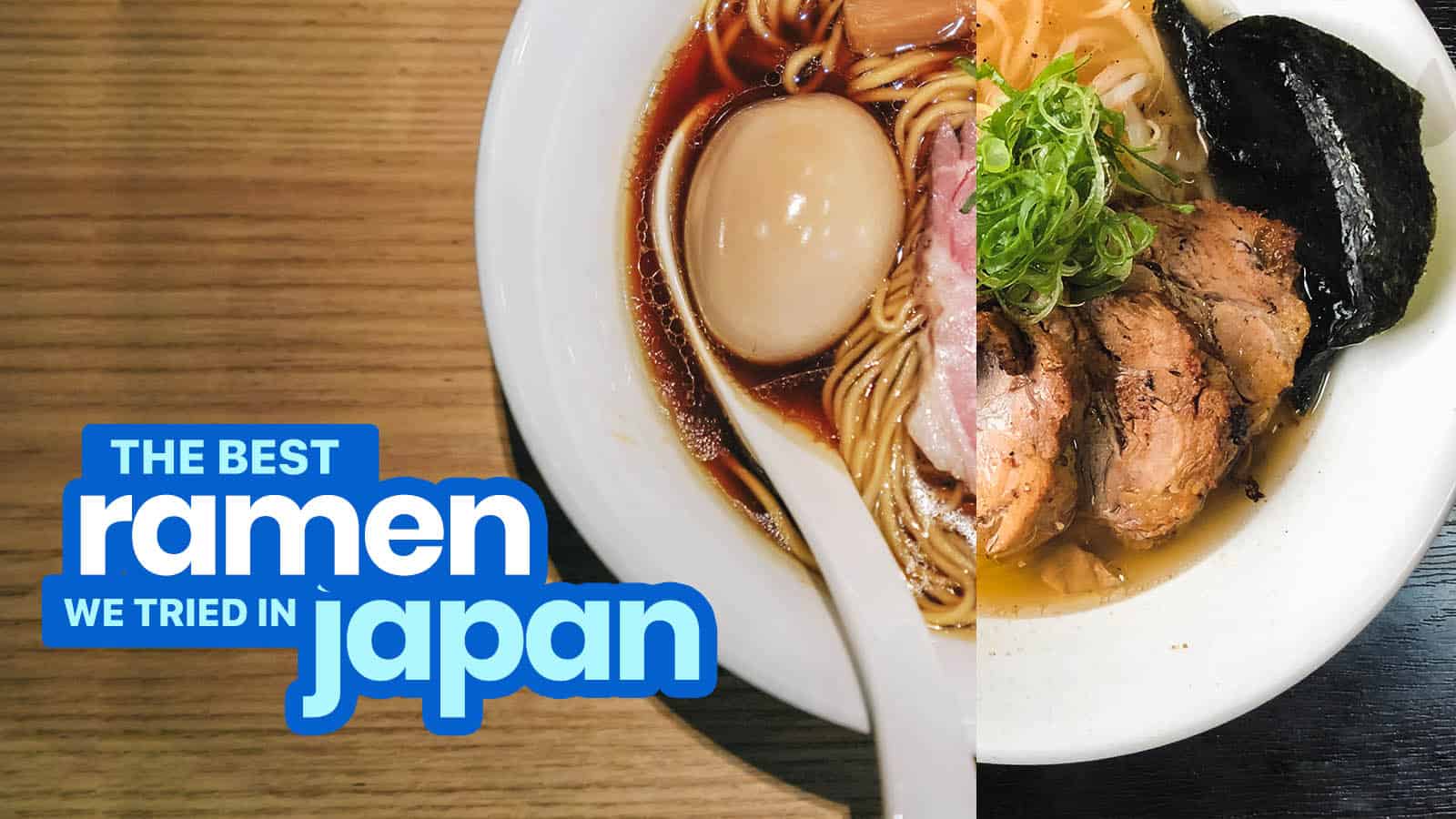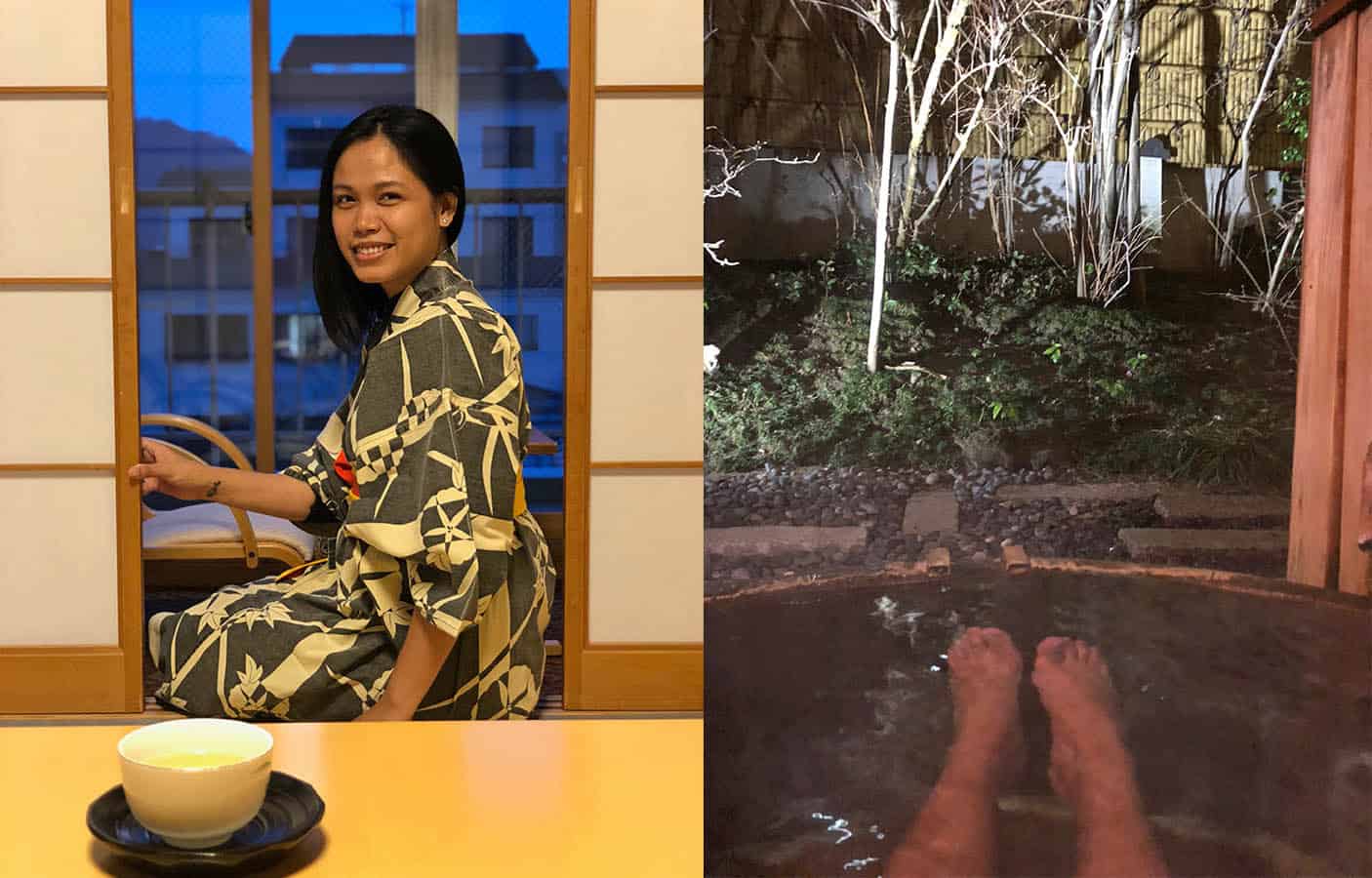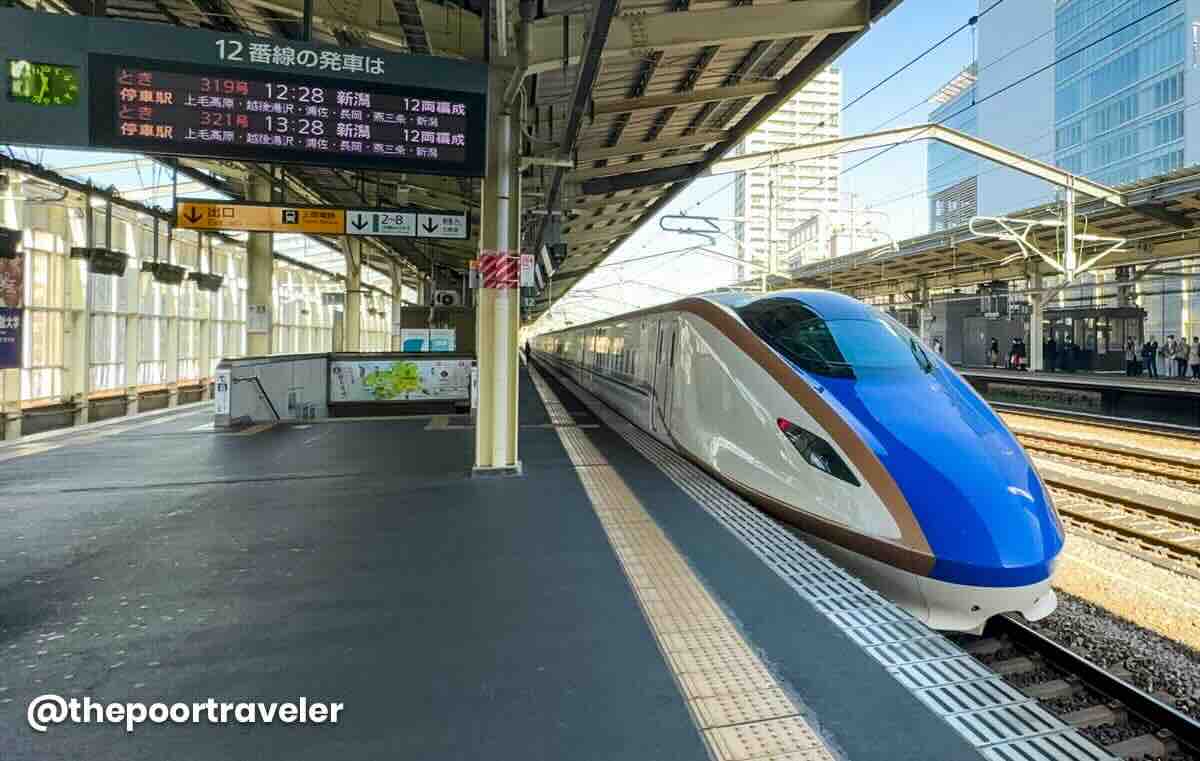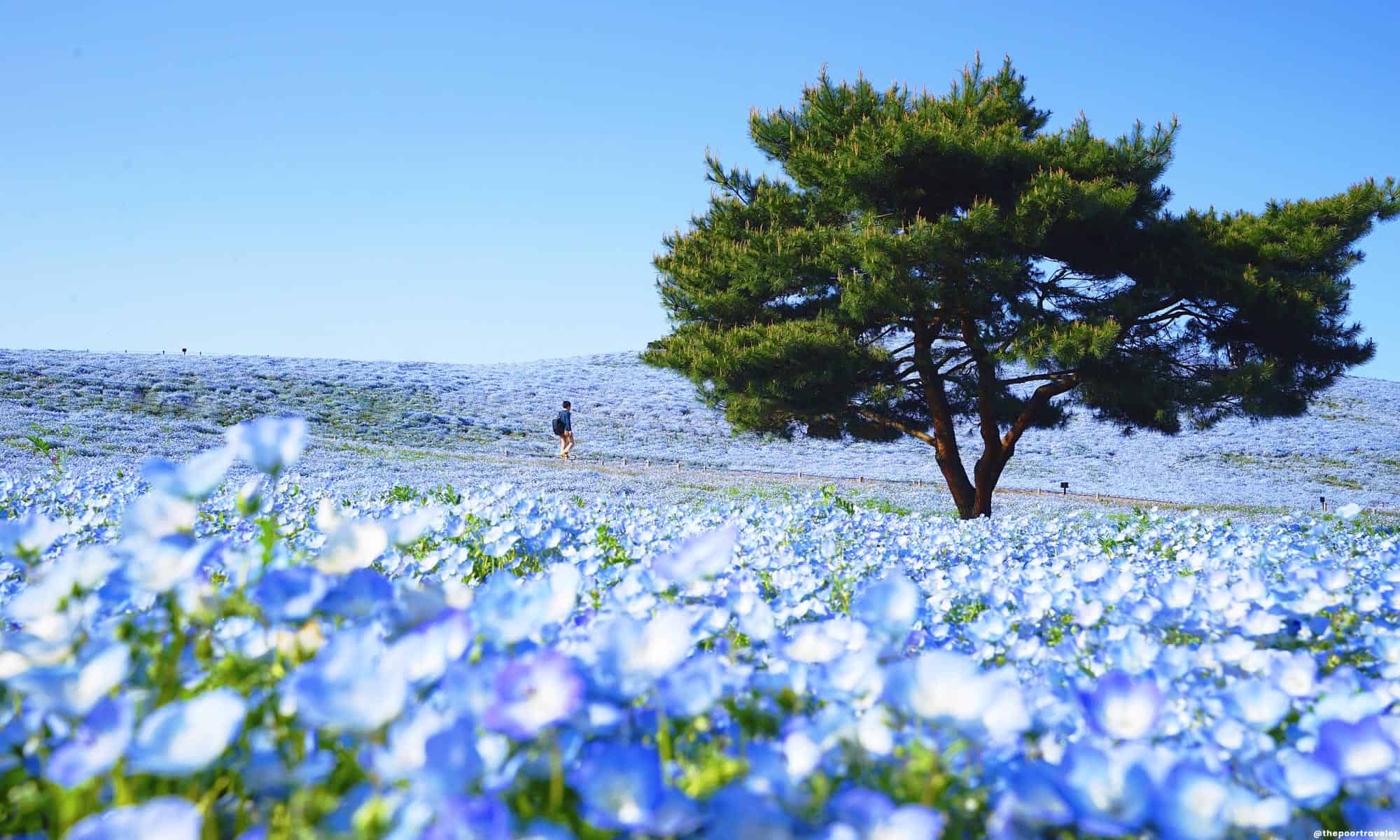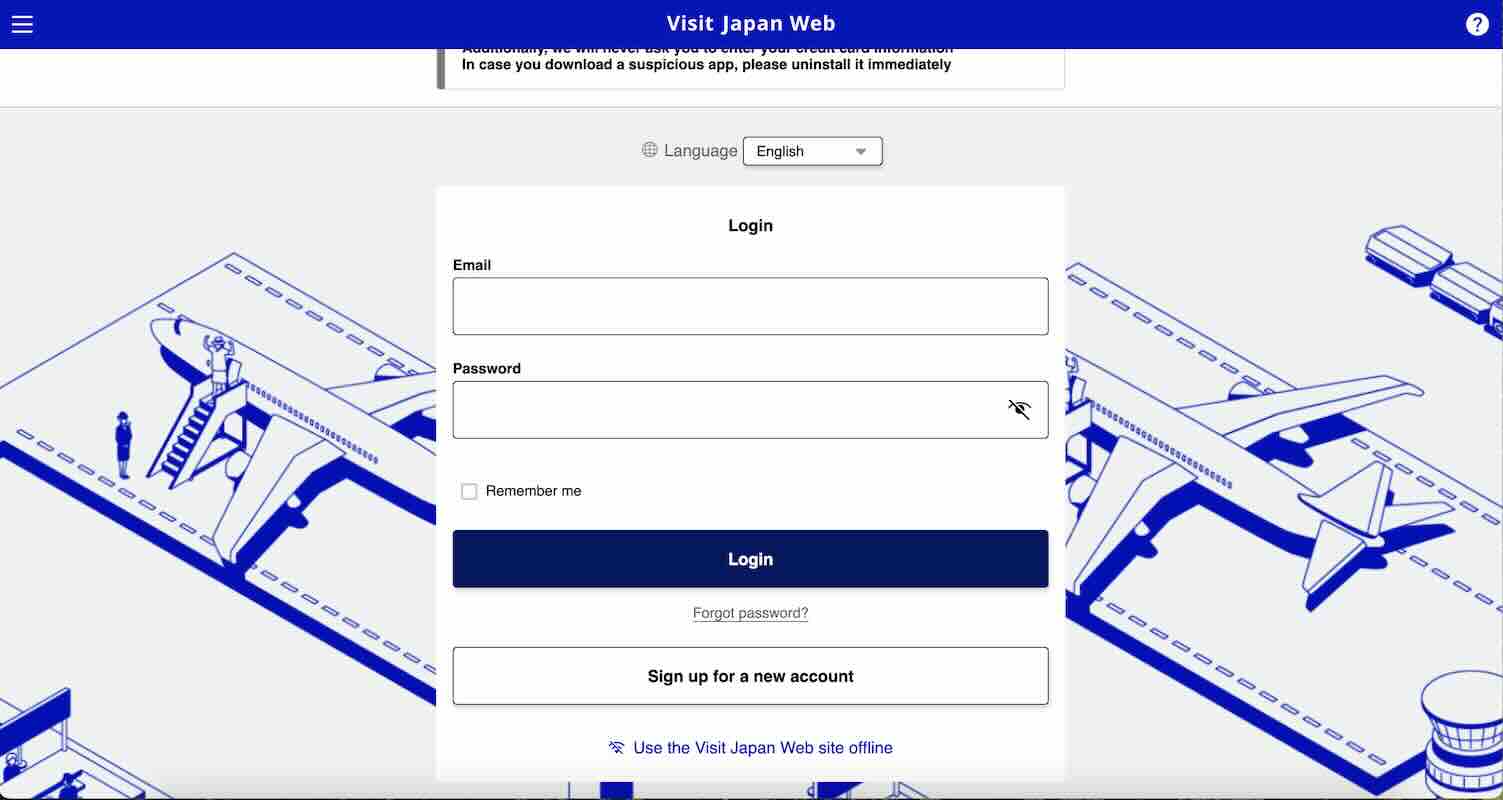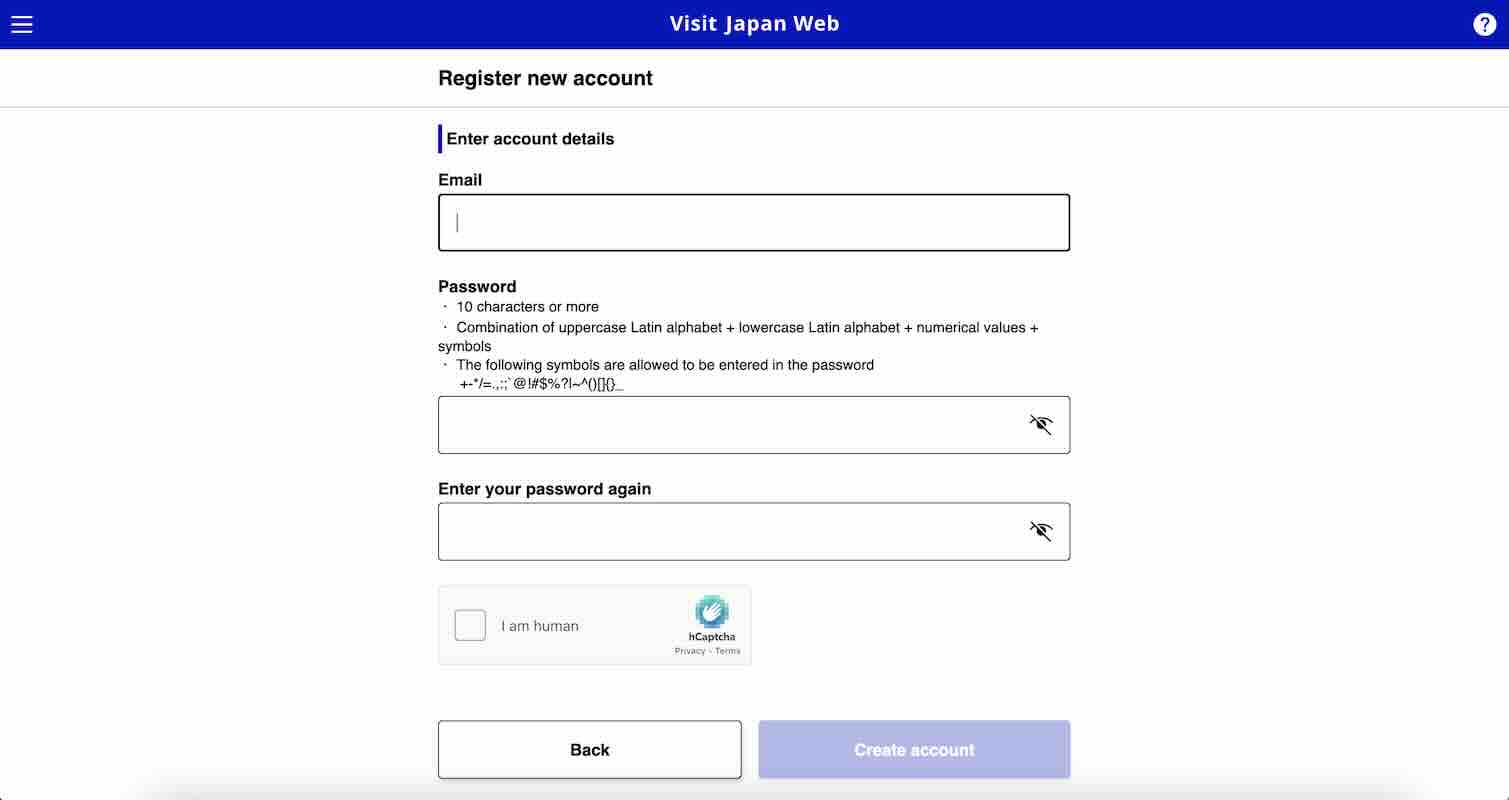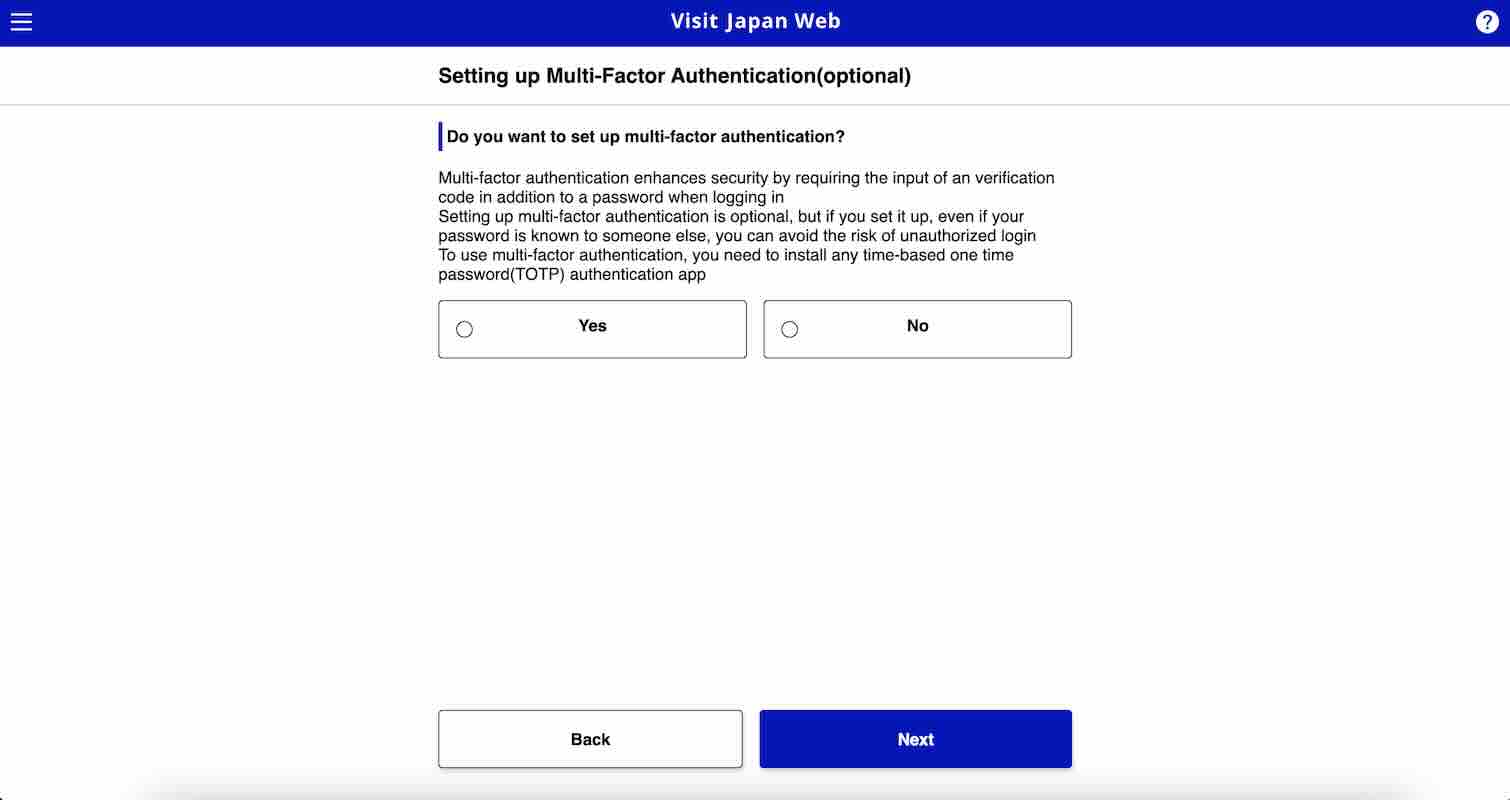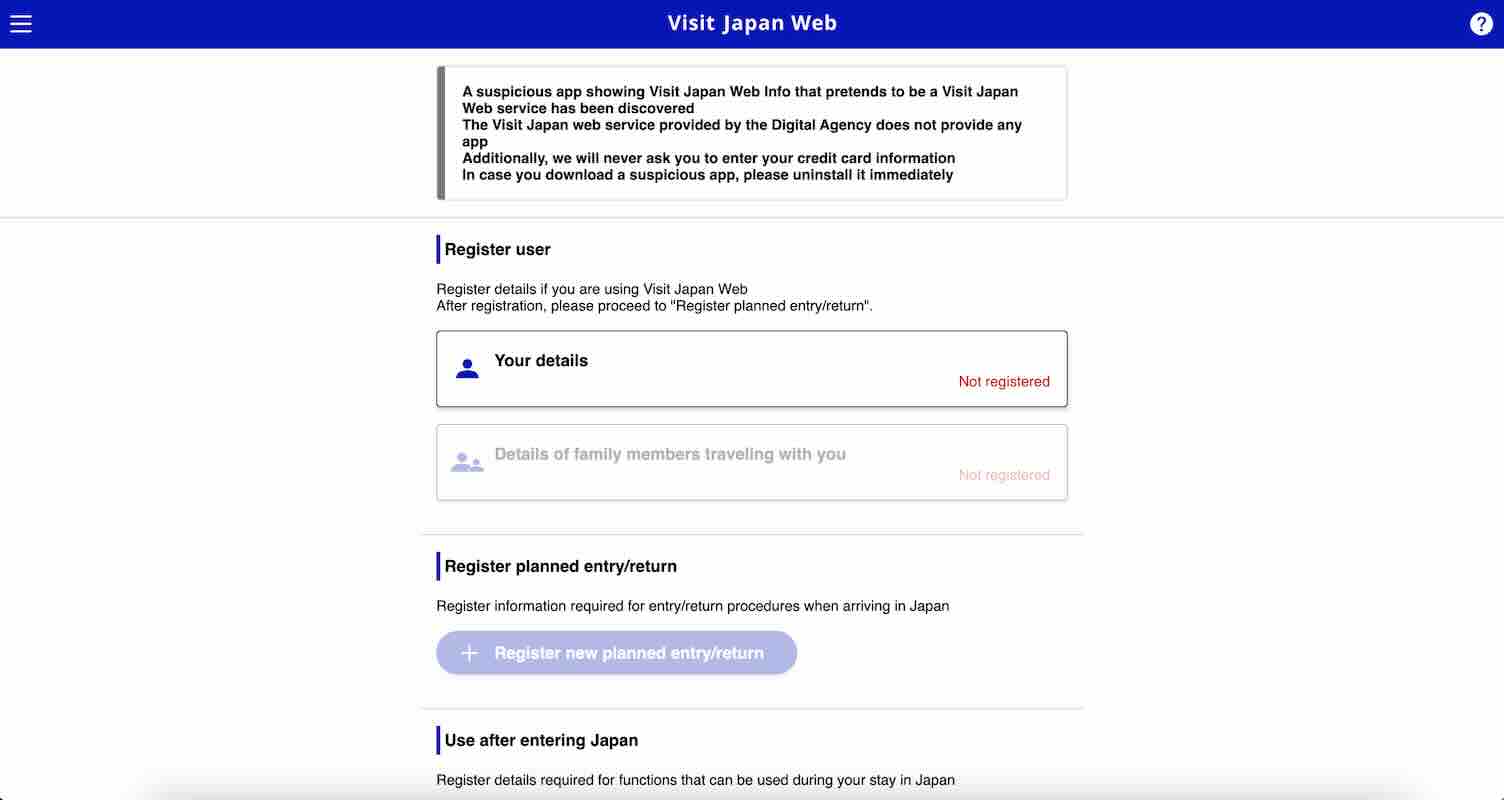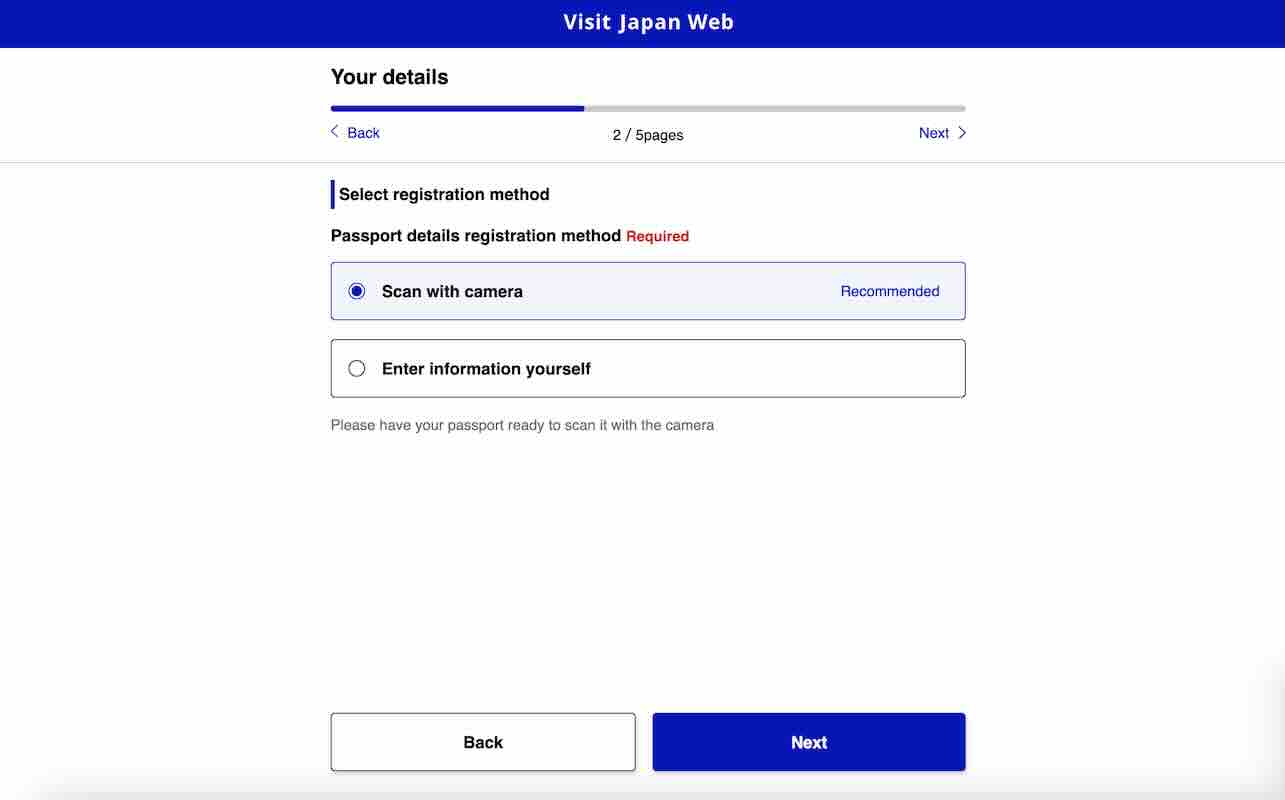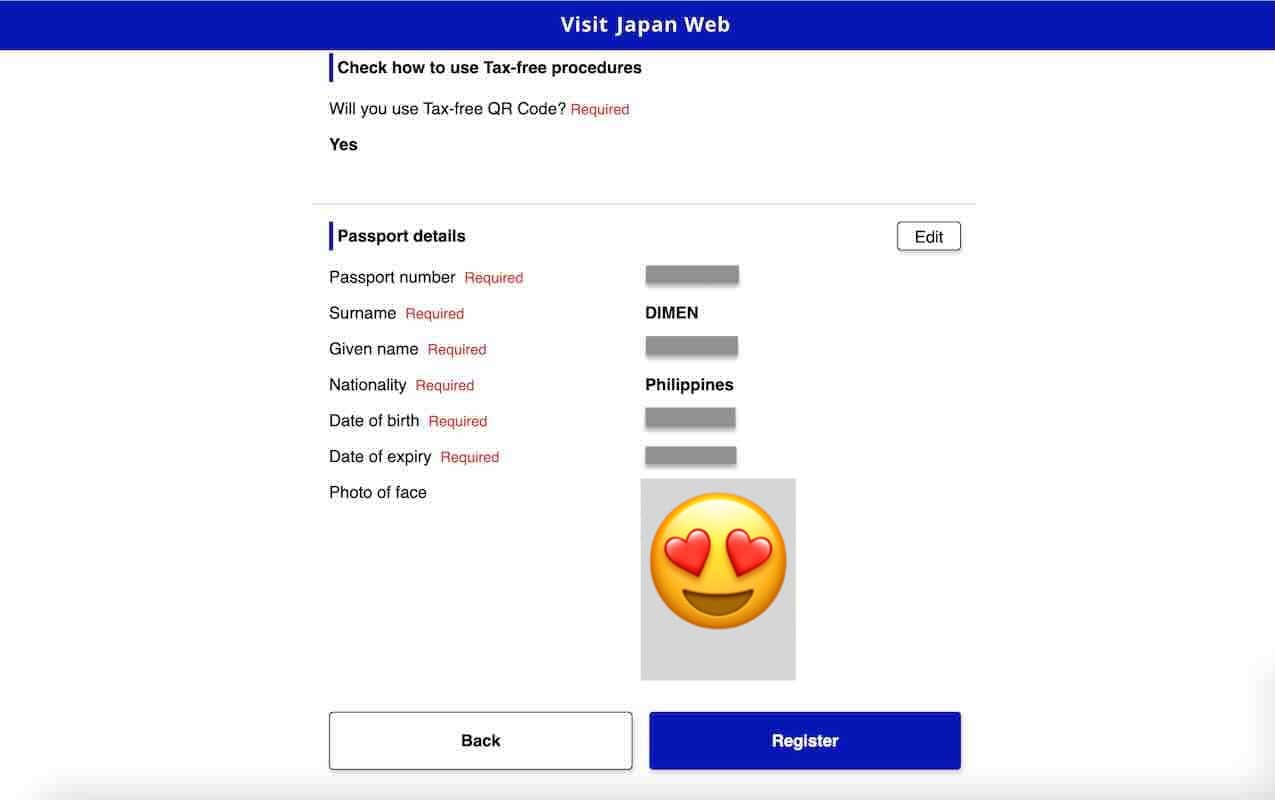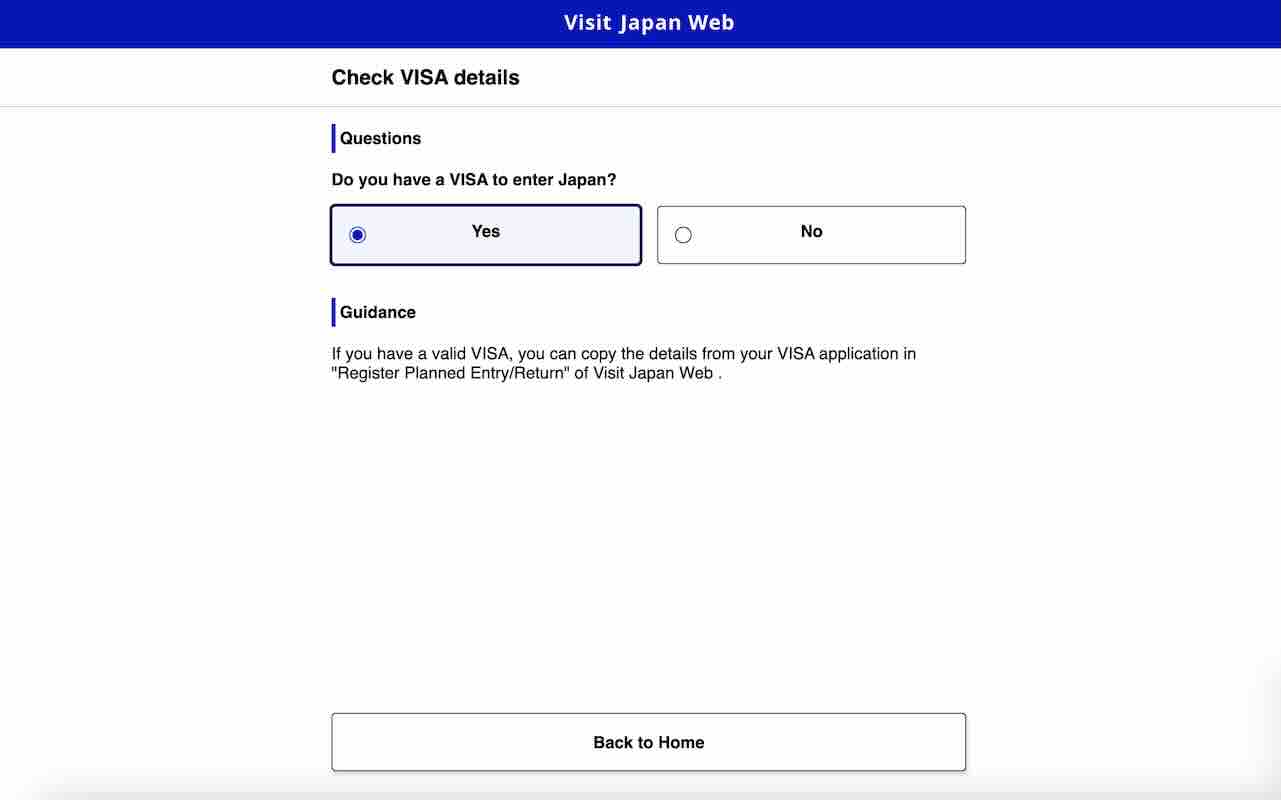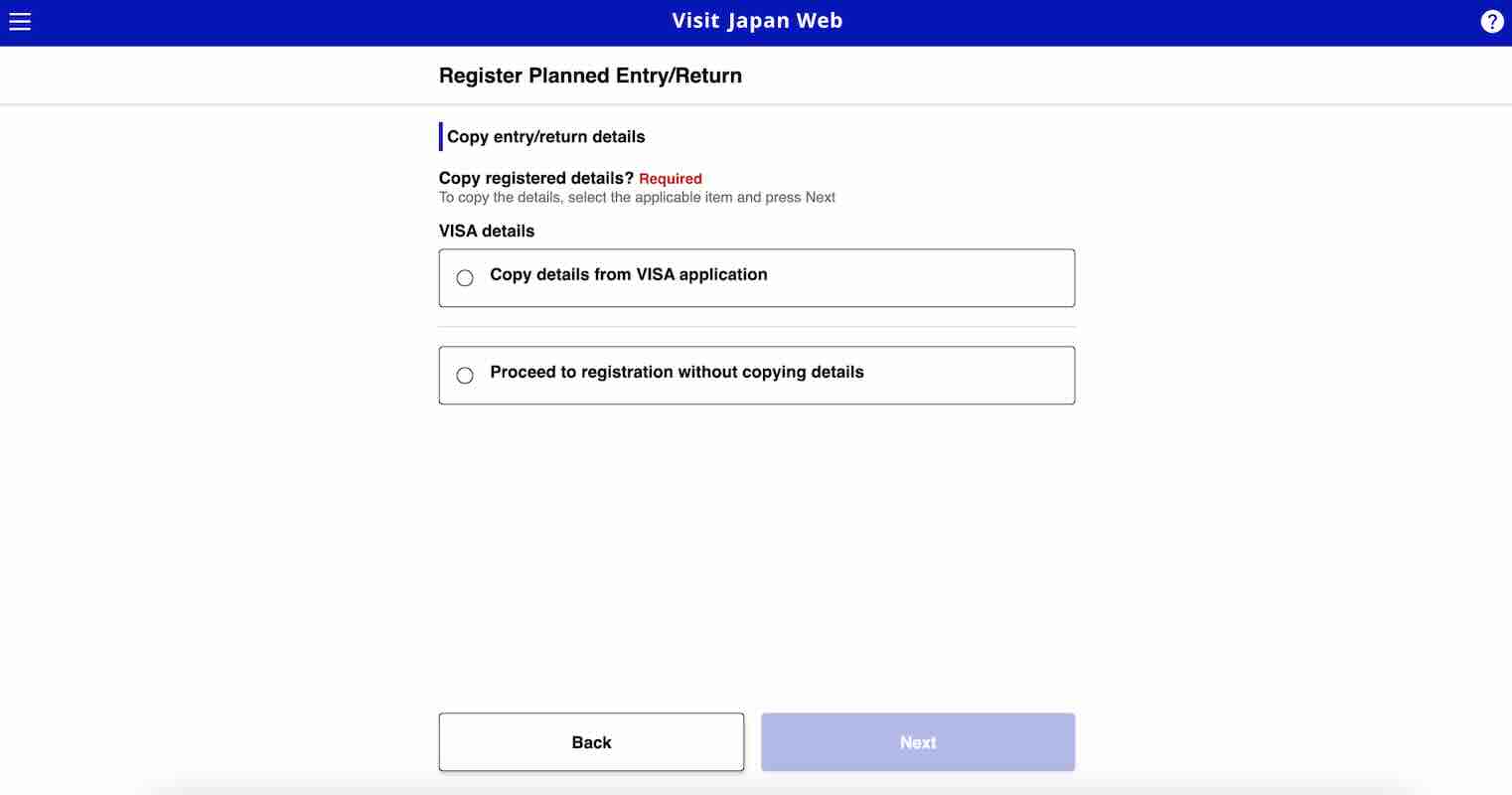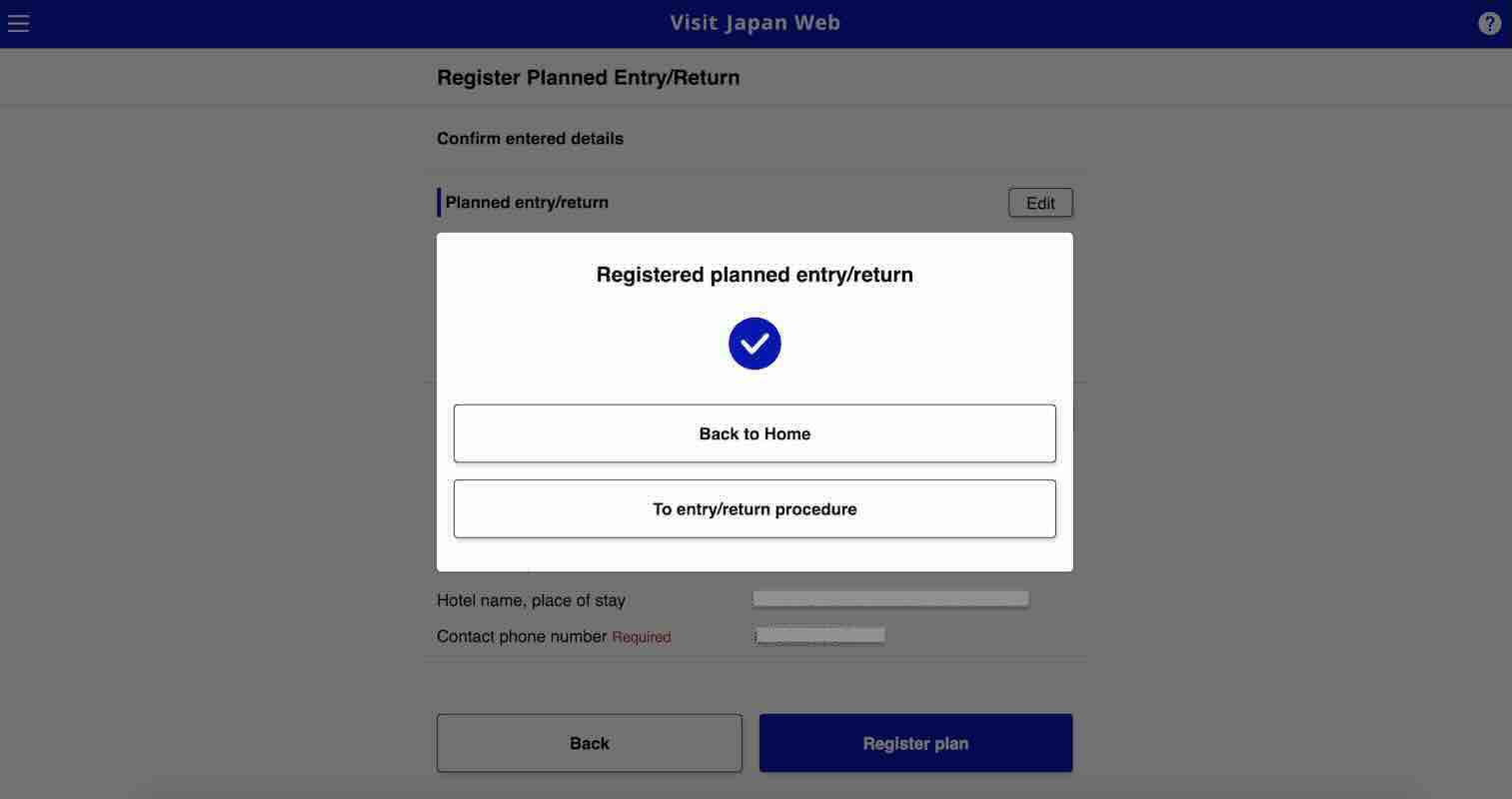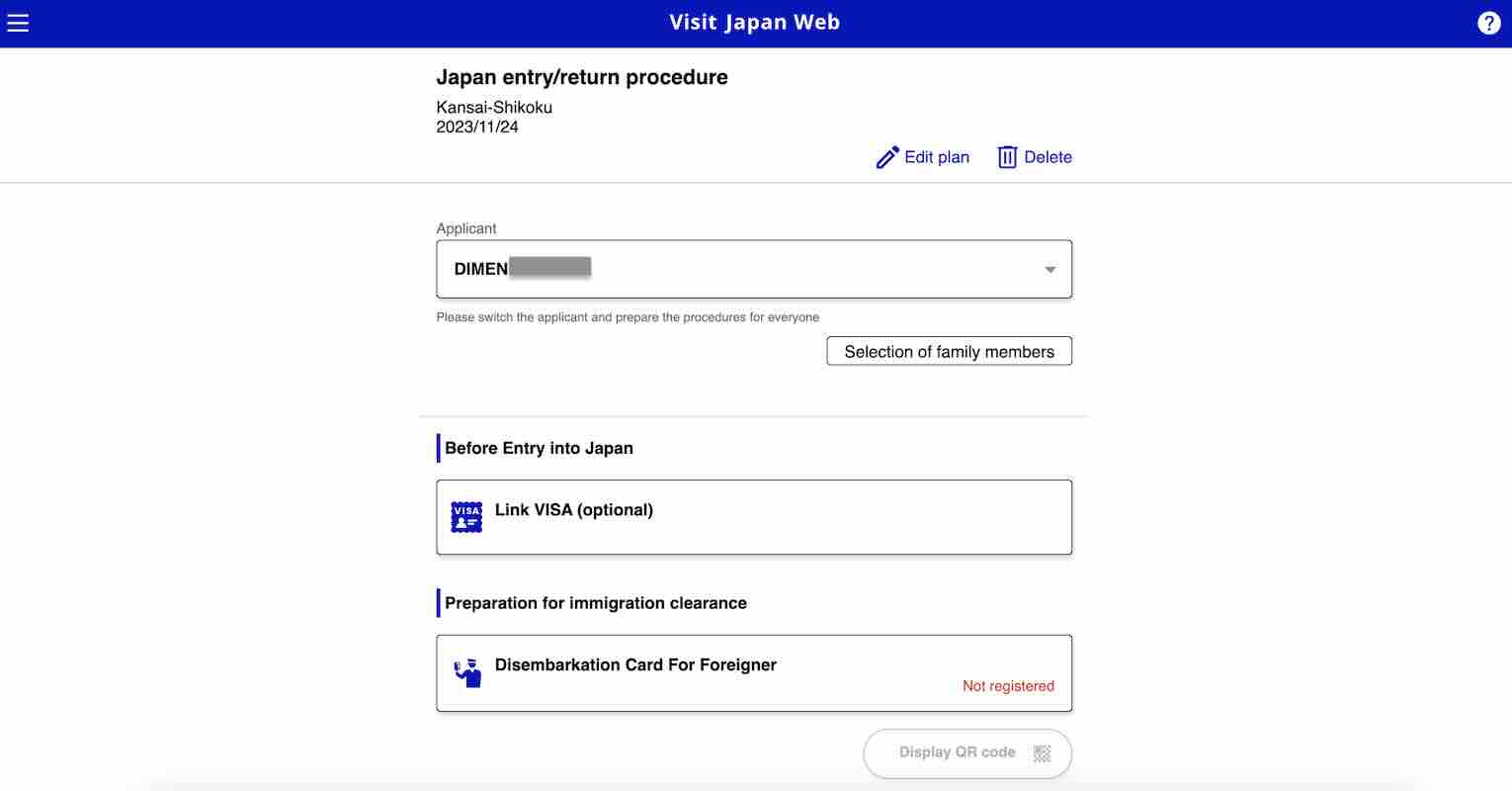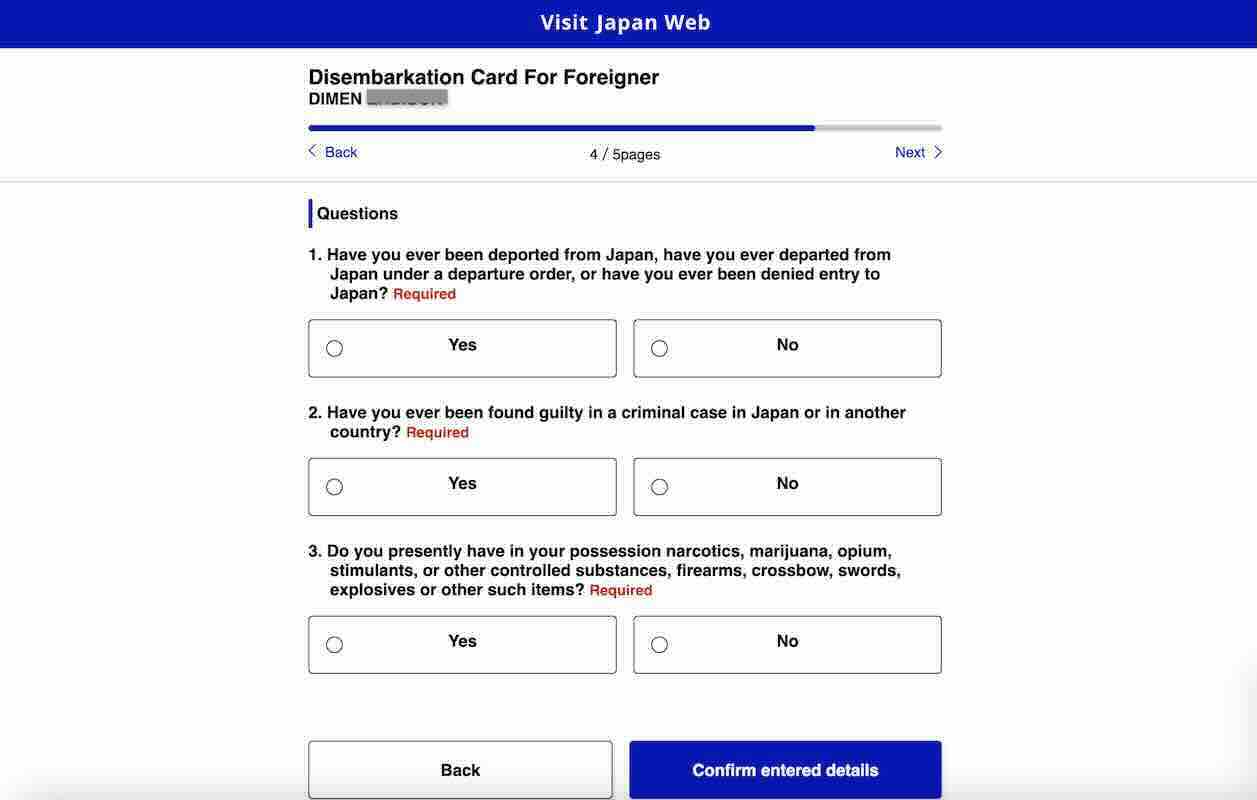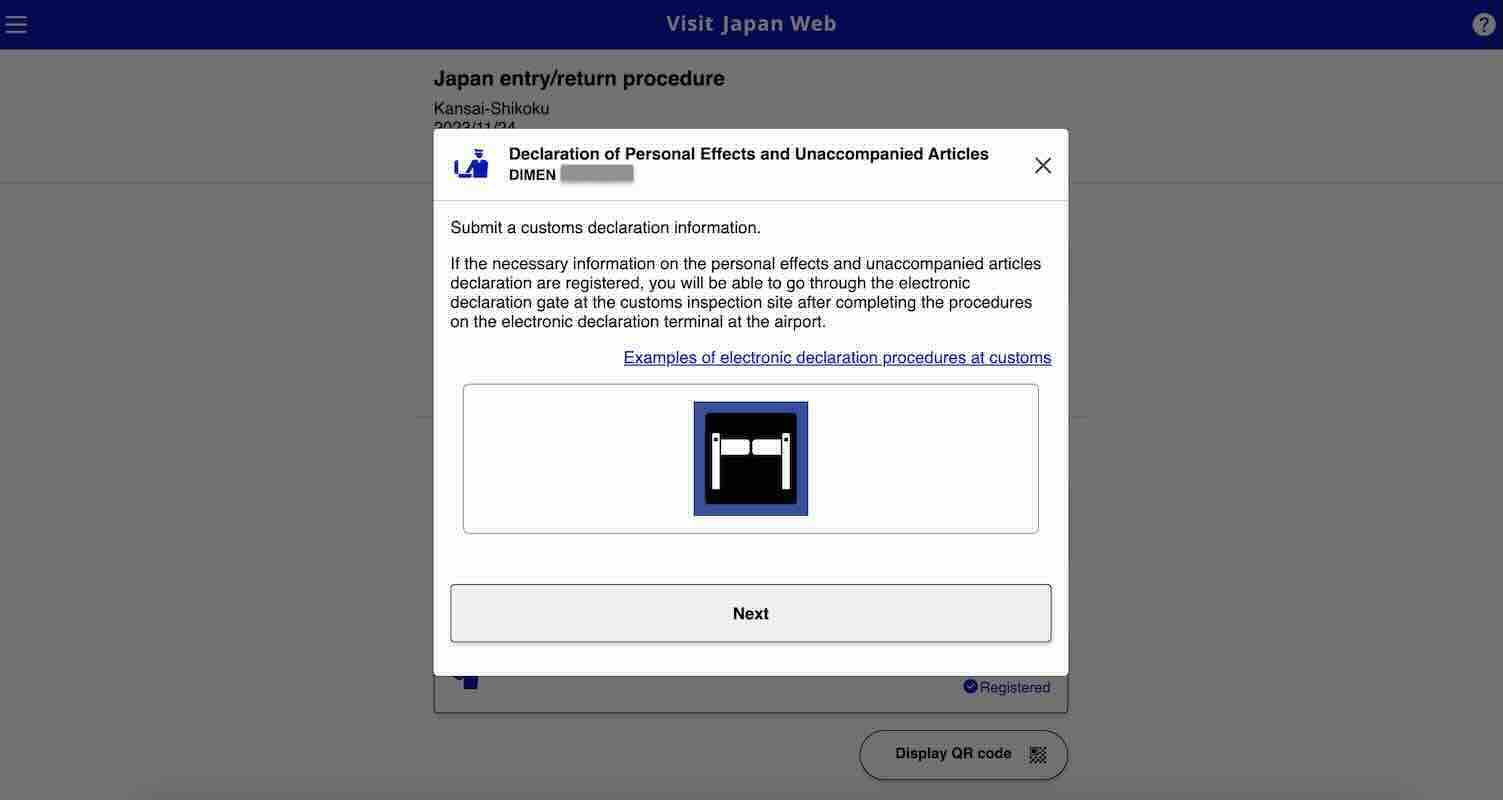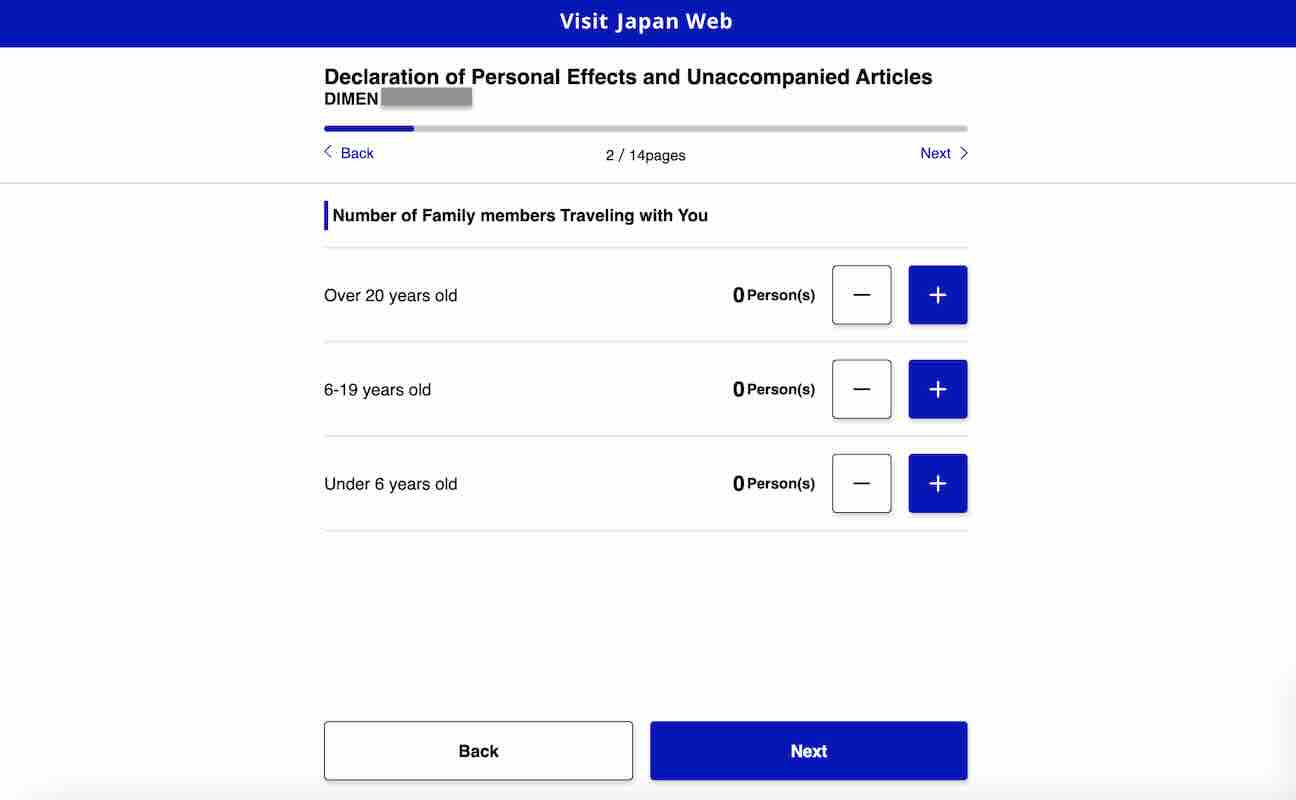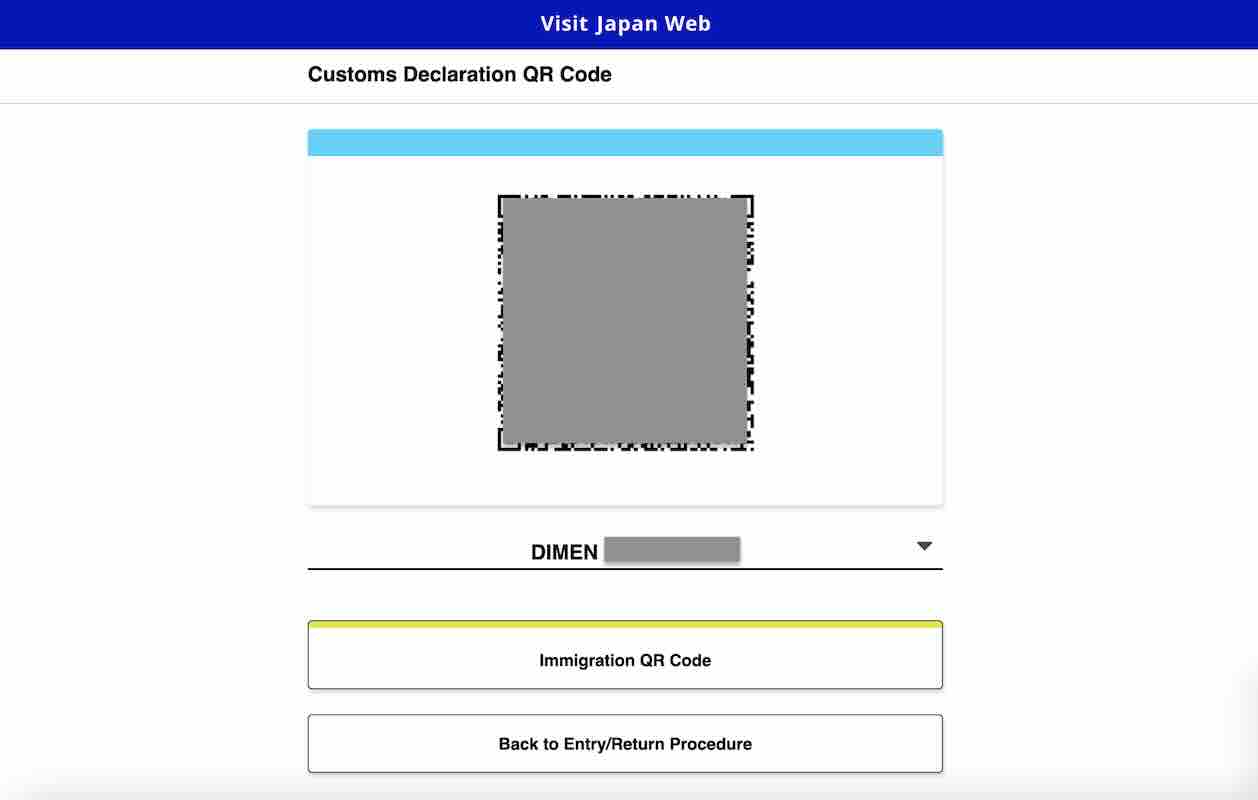StarCruises continues to provide affordable and accessible cruise experience as its newly revamped legacy vessel, Star Voyager, calls Hong Kong its new homeport!
From June 27 to November 2025, Star Voyager is cruising from Hong Kong to some of Asia’s top destinations, including Taiwan, Japan, China, Vietnam, and the Philippines! It’s the perfect way to visit multiple countries in one trip, minus the usual travel stress. Here’s another plus point: if you’re holding a passport that normally needs a visa for Japan or China, you might be able to skip that requirement when you cruise with them.
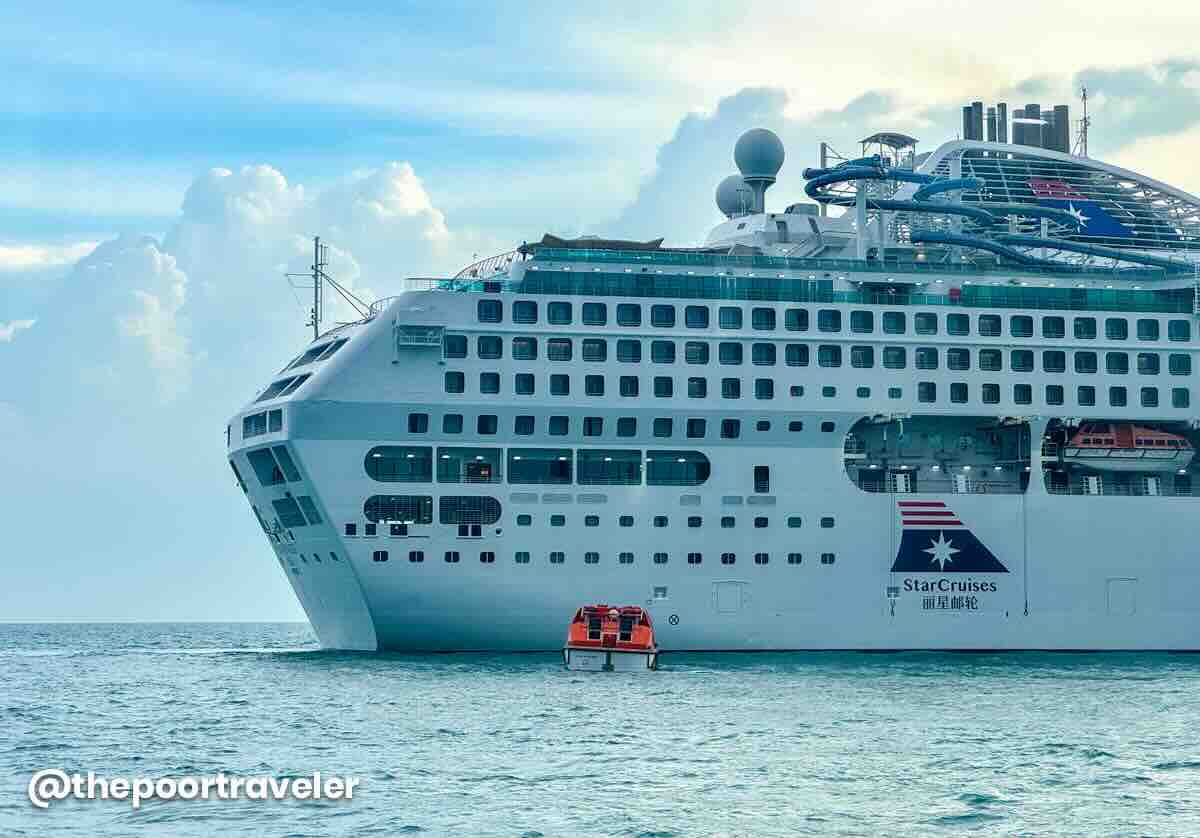
Whether you’re a first-time cruiser or just itching for a new kind of getaway, this is your chance to have a hassle-free journey across Asia, with everything you need already on board! Keep reading to learn more about the ship, discover the perks, and get tips on how to make the most of your cruise experience.
How to book a cruise?
Online Booking
Available Cruise Schedule
Below are the itineraries for sailings departing from Hong Kong from June 27, 2025 to November 2025. For the updated timetable, visit the official website.
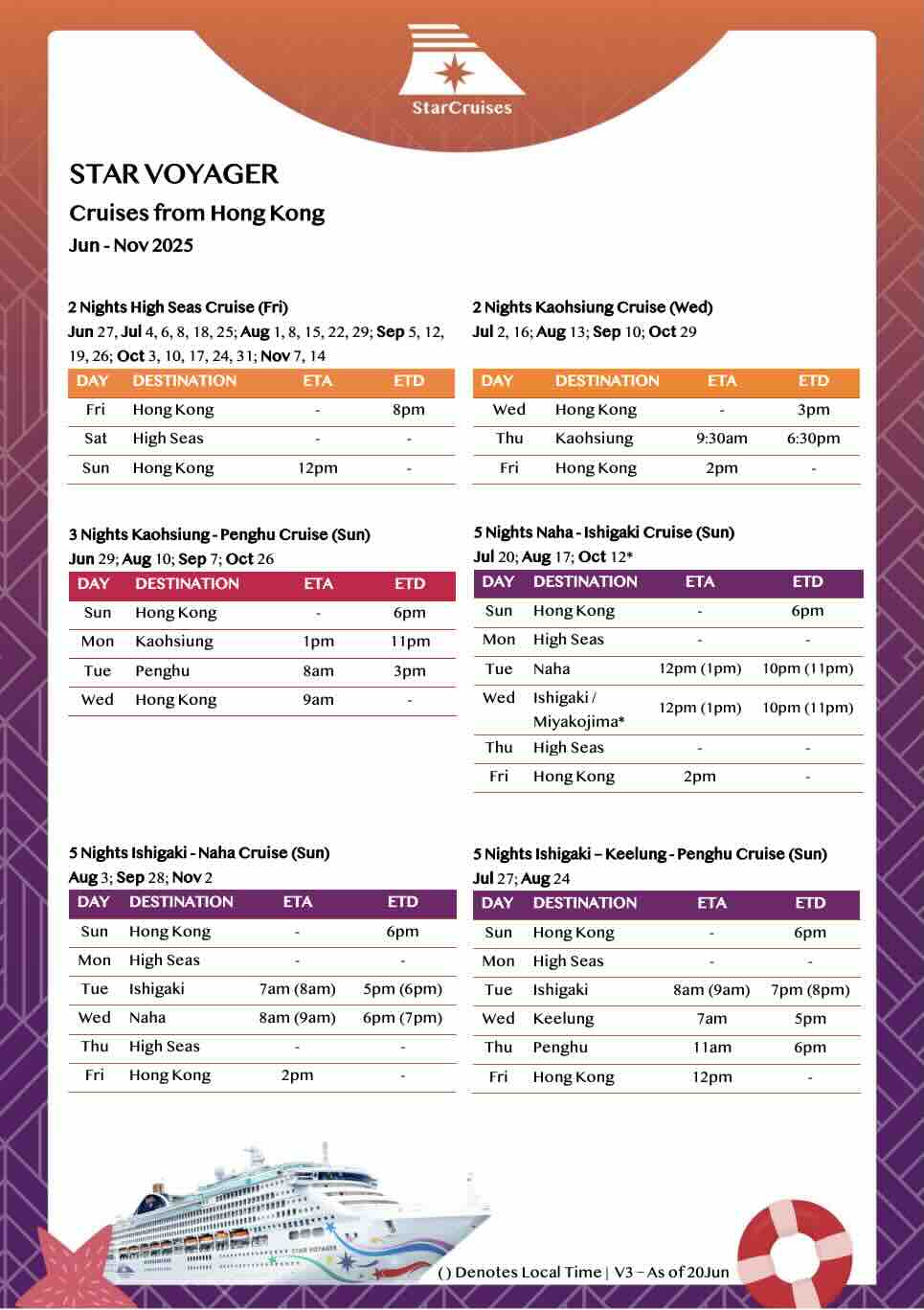
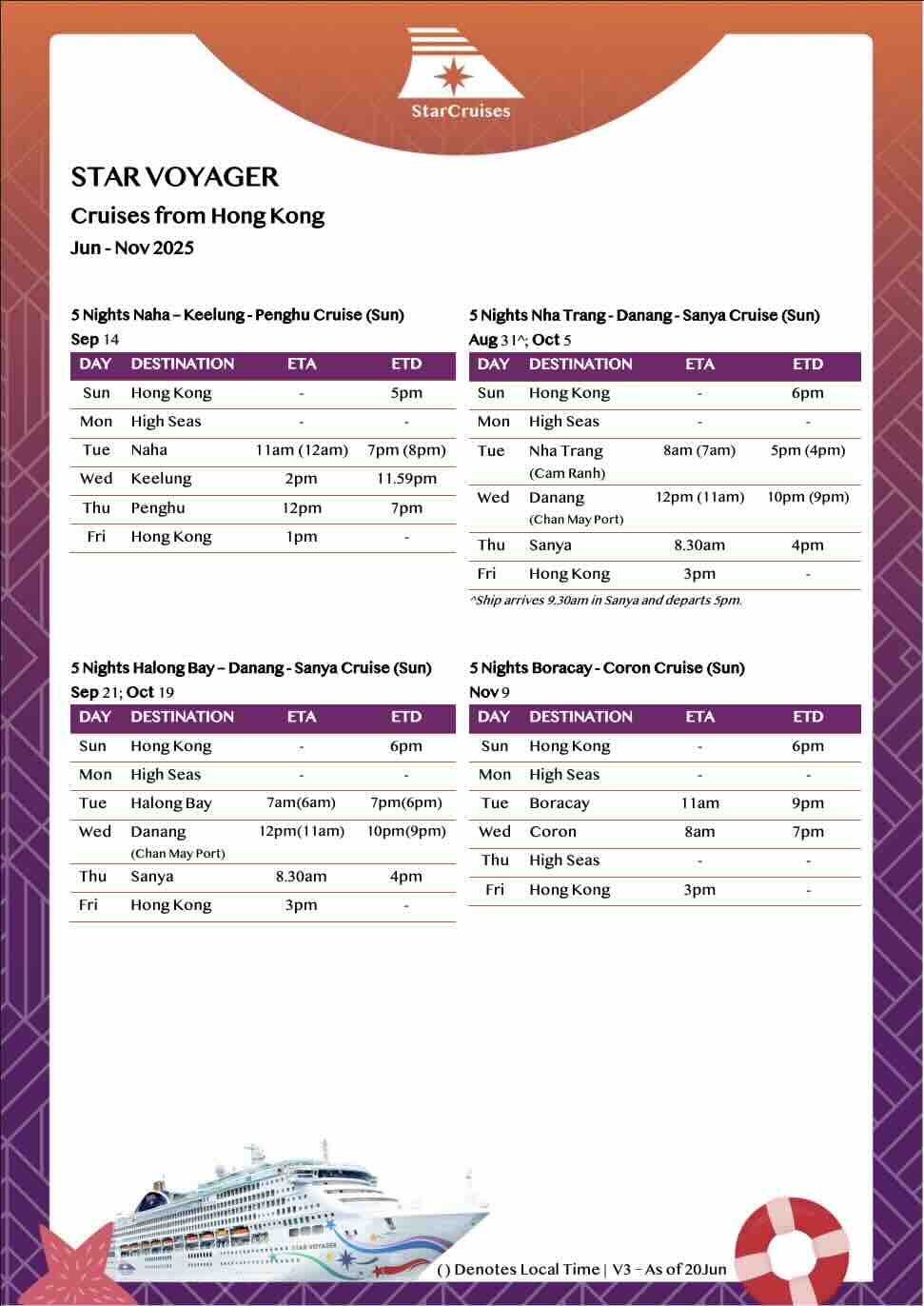
What is the best room to book?
It all comes down to your budget and what kind of cruise experience you’re after. Whether you are cruising on a budget or going all out for luxury, Star Voyager has a room to match your preference.
Different Types of Accommodations
There are four main types of staterooms with different sizes and features.
Interior Stateroom
If you plan to spend most of your time exploring the ship and want the most practical option, go for the Interior Stateroom. It’s simple, economical, and gives you all the essentials without breaking the bank. This is the most budget-friendly option. It’s cozy, compact, and windowless.
Maximum Capacity: 2-4 pax
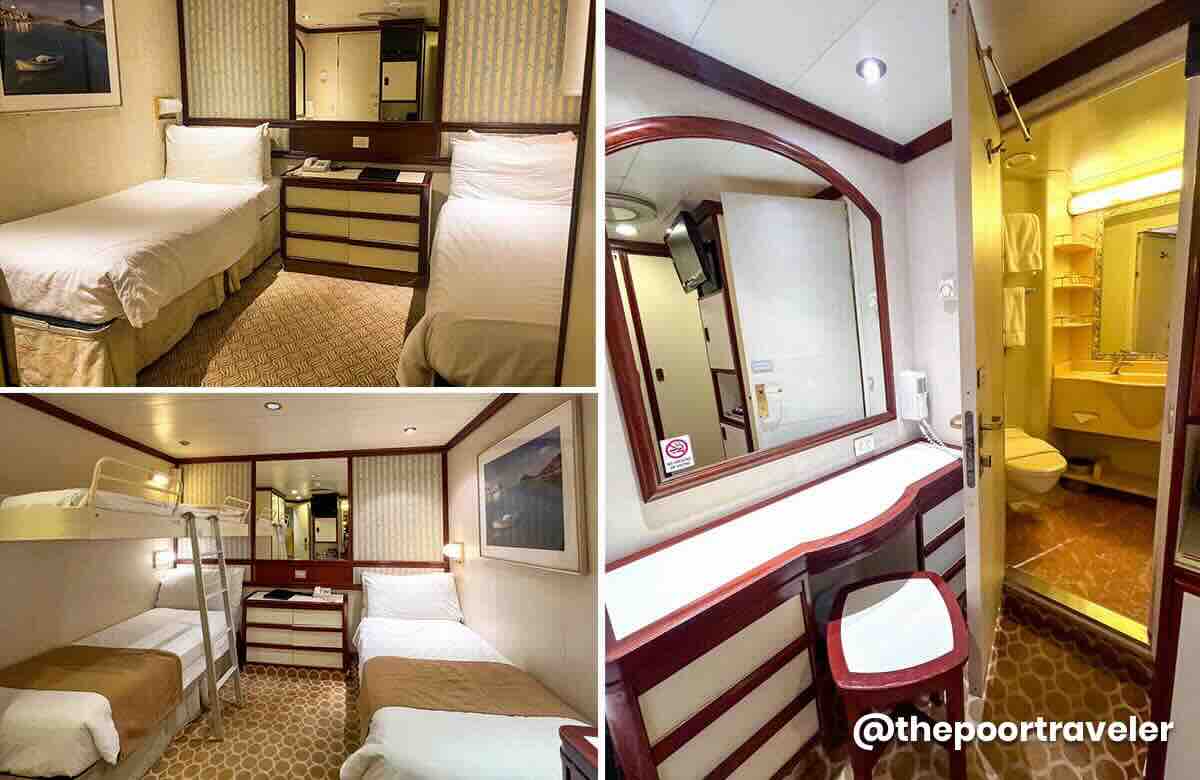
Balcony/Balcony Deluxe Stateroom
If you’re looking for a bit more comfort and value, the Balcony Stateroom strikes a great balance. You’ll enjoy a spacious cabin and your own private balcony. This also comes with two lounge chairs and a small table.
Maximum Capacity: Balcony Deluxe, 2-3 pax; Balcony, 2-4 pax
Oceanview Stateroom
The Oceanview Stateroom is ideal if you’re after a sea view but don’t necessarily need a balcony. It’s a nice middle ground between price and experience. This room has no balcony, but you’ll get a window with a view.
Maximum Capacity: 2-4 pax
The Palace Suites
Thinking of treating yourself? The Palace is an all-suite section, offering upscale rooms with upgraded perks and services.
Guests staying in The Palace suites enjoy exclusive access to The Palace Restaurant, curated menus at designated specialty dining restaurants, and priority services throughout the ship. Take a peek inside one of Star Voyager’s The Palace suites here:
Maximum Capacity: Palace Balcony, 3 pax; Palace Suite, 3-4 pax; Palace Deluxe Suite, 4 pax; Palace Penthouse, 4 pax
Notes
- All cabins, no matter what type, are provided with these essentials: toiletries, towels, a hairdryer, a mini fridge, an in-room safe, a water kettle, complimentary bottled water, and packets of tea, coffee, and sugar.
- If you are staying in The Palace, expect extra comforts, upgraded amenities, and added touches of luxury.
- Daily housekeeping is available across all room types.
What to prepare before the cruise?
For a smooth embarkation process, these are the things you need to prepare prior to your cruise.
Online Check-in
Once you receive your ‘Booking Reservation’, don’t forget to go to the web check-in page to complete the mandatory online check-in. You’ll also find the link conveniently included in your ‘Cruise Ticket’. Just a heads-up: online check-in closes 48 hours before your cruise departs. If you failed to do this, you can still check in manually at the terminal on the day of sailing.
Travel Documents
Here are the documents you need to secure:
- Valid Passport. This must be valid for at least six (6) months.
- Photocopy of your passport’s bio page. This will be your copy. Upon boarding, a staff member will collect your passport and secure them throughout the duration of the cruise. Don’t worry — it will be returned a day before disembarkation.
- Cruise ticket (printed or digital copy). You’ll have to show this when dropping off your luggage and checking in at the cruise terminal.
- Visa (if applicable). Philippine passport holders don’t need a visa since the home port is Hong Kong. If your chosen itinerary includes stops in Japan or China destinations, you still won’t need to secure a visa, BUT a tourist arrival fee applies to those joining a shore excursion.
Onboard Currency and Time
- Currency. Since Star Voyager sails out of Hong Kong, all onboard transactions are in Hong Kong Dollars (HKD). Credit cards are widely accepted for hassle-free purchases, but it’s still a good idea to bring cash just in case.
- Time. The ship follows Hong Kong time, which is the same as the time in the Philippines, Taiwan, and China. However, note that Vietnam is an hour behind, while Japan is an hour ahead. We know it’s a bit tricky. Here’s our suggestion: turn off the ‘Set Automatically’ option on your devices and manually set it to Hong Kong time.
Pack Your Luggage
- Clothes & Outfits. A good rule of thumb is to pack two sets of outfits per day — casual wear for daytime activities and dressy attire for evening shows or fine dining. And of course, don’t forget to pack proper swimwear for pools and waterslides.
For footwear, bring a pair of closed-toe shoes or comfortable sneakers if you’re planning to try out activities like zip line, rope obstacles, and wall climbing. - Toiletries. Every stateroom is stocked with shampoo, conditioner, shower gel, lotion, toothpaste, toothbrush, shaving kit, and tissues, so you don’t have to bring your own. However, feel free to do so if that’s what you prefer. You’ll also find bath towels, hand towels, bathrobes, and hotel slippers.
- Universal Socket Adapter. Lastly, be sure to include a universal adapter in your to-pack list. The ship uses China-style power outlets, so you’ll encounter Type A (two flat parallel pins), Type C (two round parallel pins), or Type I (three flat pins in a V shape). Your cabin also comes with USB ports for more charging options.
Prohibited Items
For safety and security, these items are not allowed on board the Star Voyager:
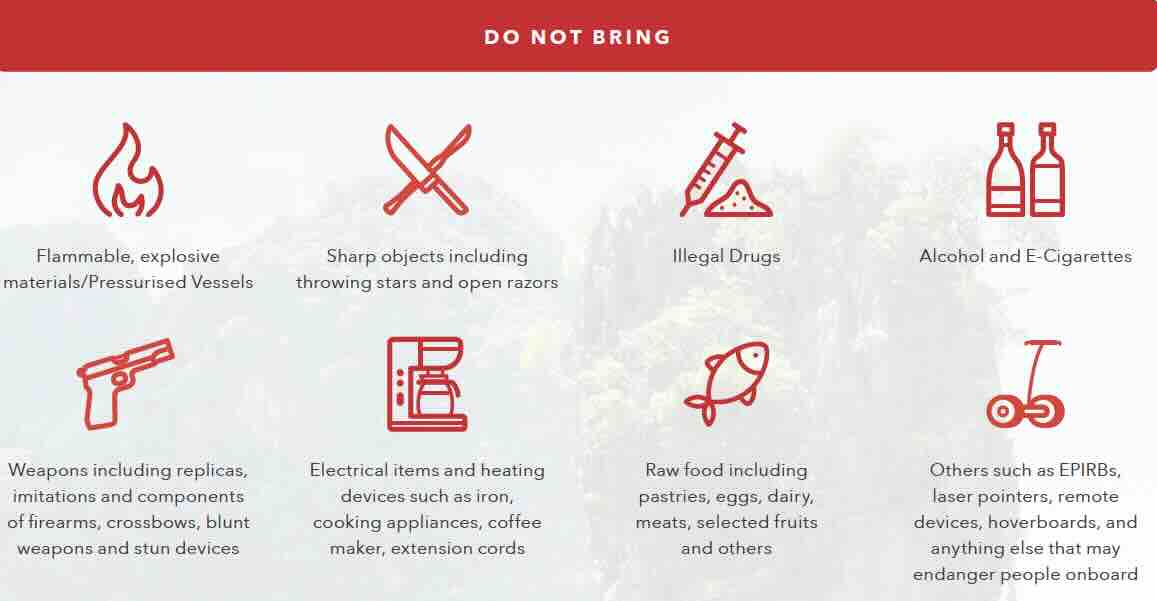
- Flammable materials and explosives
- Pressurized containers
- Sharp objects
- Illegal drugs and substances
- Alcoholic beverages
- E-cigarettes/vapes
- Weapons, firearms, and ammunition (including replicas, stun devices, and blunt weapons)
- Electrical items and heating devices (like clothes iron, coffee maker, and cooking appliances)
- Extension cords
- Raw food (such as dairy, meats, eggs, pastries, fruits, etc.)
- Other objects that could pose a risk to fellow passengers (like hoverboards and laser pointers)
Travel Insurance
This is optional, but we highly recommend this, especially when traveling abroad. Travel can be unpredictable, and though we hope we’ll never use it, having it gives us peace of mind in case of unexpected delays, cancellations, or emergencies.
For this cruise, you can avail of PGA Sompo’s TravelJOY Plus insurance. You can GET IT HERE. Don’t forget to use WORTHIT for a special affordable rate.
Where to Stay in Hong Kong?
Flight delays and other travel setbacks can eat up your time, and might even cause you to miss your cruise. For a smoother trip, we highly recommend flying into Hong Kong at least a day before the ship sets sail.
The Star Voyager departs from Ocean Terminal, located at the southern tip of the Kowloon Peninsula, right by Victoria Harbour. Staying at a hotel nearby can make things easier and more convenient on embarkation day.
That said, anywhere in the city center works well, whether you’re staying in Central on Hong Kong Island or in Tsim Sha Tsui on Kowloon. Just be sure to give yourself plenty of time to get to the terminal on your sailing day. Here are some top-rated options based on online user reviews.
Search for more Hong Kong Hotels!
What to expect during boarding?
Make sure to check your cruise’s departure time and final boarding time. To avoid any rush or delays, plan to arrive at the terminal at least two hours before gate closes. This gives you enough time to go through the entire embarkation process.
Here’s a step-by-step guide to boarding Star Voyager from Hong Kong:
1. Head to Ocean Terminal.
This is where Star Voyager departs — not to be confused with Kai Tak Cruise Terminal in Kowloon Bay. The nearest MRT stop is the Tsim Sha Tsui Station (Tsuen Wan Line). You can also take a taxi or Uber. Landmarks nearby are Hong Kong Cultural Centre, Time Ball Tower, Hong Kong Space Museum, Hong Kong Museum of Art, and Avenue of Stars.
💡 Address: Harbour City, 3-27 Canton Road, Tsim Sha Tsui, Hong Kong
2. Hand over your luggage at the bag-drop counter.
Head to the departure area and search for the baggage drop counter. Show your cruise ticket so staff can tag your luggage with your deck and stateroom number. Your bags will be delivered to your cabin later.
3. Check in and get your sea pass card.
Balcony and Palace guests check in on the ground floor, while Interior and Oceanview guests do it on the second floor. Present your passport and cruise ticket to get your sea pass card, which serves as your cabin key and payment tab for onboard purchases.
4. Clear immigration and customs.
Proceed through immigration, then have your hand-carry items scanned at the security checkpoint.
5. Surrender your passport.
This is standard procedure, so don’t fret. You will have your passport back the day before disembarkation.
6. Board through your Assembly Station.
Your sea pass card reflects your assigned Assembly Station. It will be scanned as you board, and you’ll be encouraged to watch/attend the safety or muster drill.
7. Welcome aboard Star Voyager!
Enjoy exploring the ship and its amenities — try different activities, stuff your face with delicious food, take a relaxing dip in the pool, watch world-class shows, join fun events and games, and more!
What to do after boarding?
These are typically what guests do right after boarding the ship:
- Watch/Attend the safety drill. Follow instructions to watch or attend the safety briefing. Use this time to get familiar with the ship’s layout and know the emergency exit locations.
- Eat or explore. While waiting for your cabin to be ready, you can start exploring the ship or — if you’re already hungry — eat in one of the exclusive restaurants.
- Settle in your cabin. Check if your luggage has arrived. You might find it already waiting for you outside your door. If there’s a delay, you can ask the Reception for an update.
Is there a WiFi on board?
Yes! WiFi is available on board. Stay connected at sea by choosing from two internet packages:
- Standard. Ideal for browsing, checking e-mails, messaging apps, and scrolling through social media
- Premium. Includes everything in Standard, plus support for video streaming and faster speeds.
Rates depend on the number of devices, the number of days, and your chosen plan.
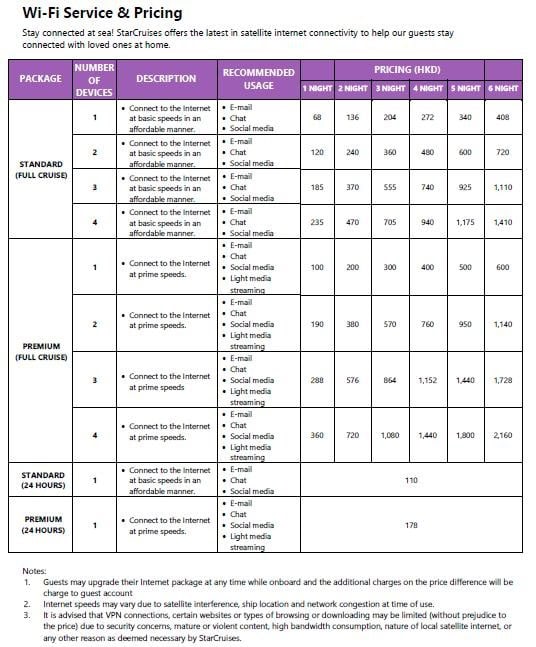
What are the things to do while cruising?
Whether you’re craving action, relaxation, or family-friendly fun, Star Voyager has something for every kind of traveler. From adrenaline-pumping activities to laid-back leisure, there’s no shortage of things to do — indoors or outdoors. And yes, kids and teens are covered too, with many spaces and programs designed just for them. Here’s a quick look at what’s in store:
Complimentary Activities and Amenities
All guests have free access to these onboard attractions and amenities:
Waterslides and Aqua Park
Make a splash at the onboard water park, where both kids and grown ups can enjoy slides and the water zones. Don’t forget to wear proper swimwear, follow the rules, and listen to the staff’s instructions.
Location: Deck 15, Aft
Main Pool Area
Cool off or soak it up with two swimming pools and two hot tubs. This is perfect for either family fun or quiet lounging.
Location: Deck 12, Midship
Adventure Park
Thrill-seekers, Adventure Park is for you! Test your courage with Wall Climbing, Walk the Plank, and Zip Line for that adrenaline rush.
Location: Deck 12 & 14, Midship
Symphony Gym
Stick to your fitness goals while at sea. The Symphony Gym offers a full range of equipment to help you stay on track. Note that operating hours apply, so check first before going.
Location: Deck 12, Aft
Shows and Events
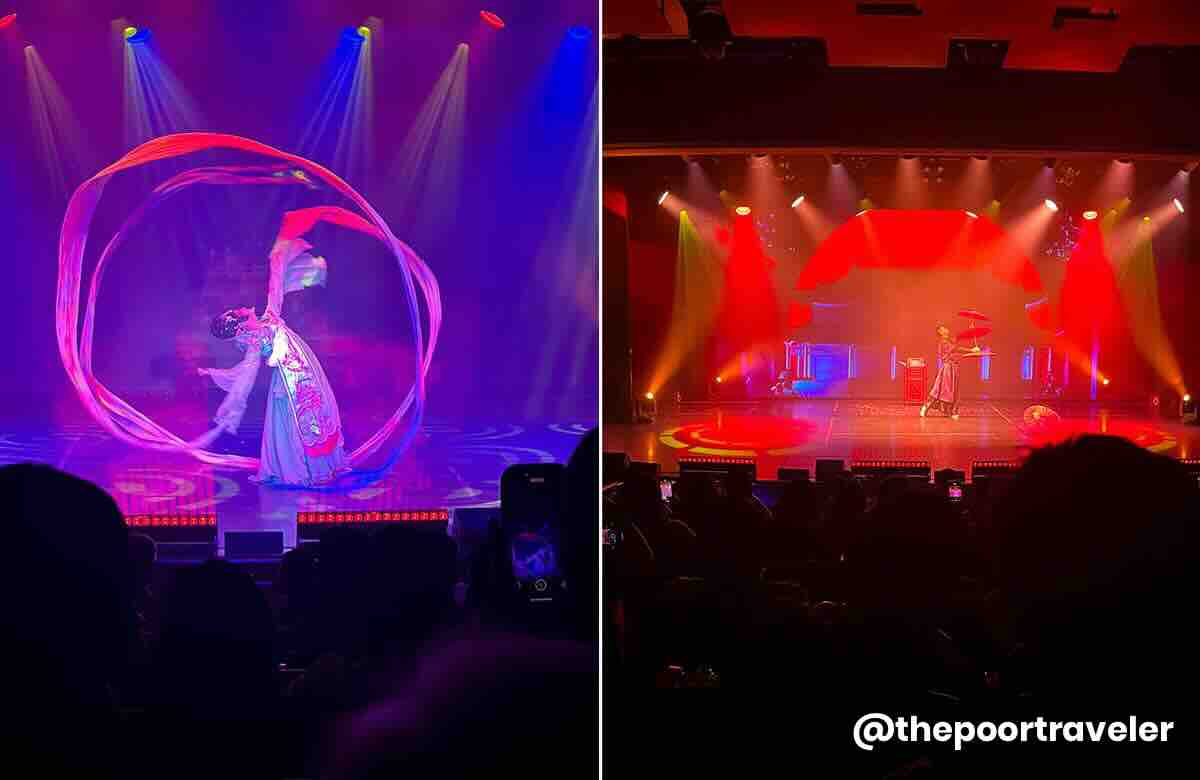
Catch dazzling live performances at Zodiac Theater (Deck 7, Forward), featuring a variety of production shows. Plus, don’t miss out on fun pop-up events, workshops, and game shows happening throughout the cruise.
Cinema at Sea
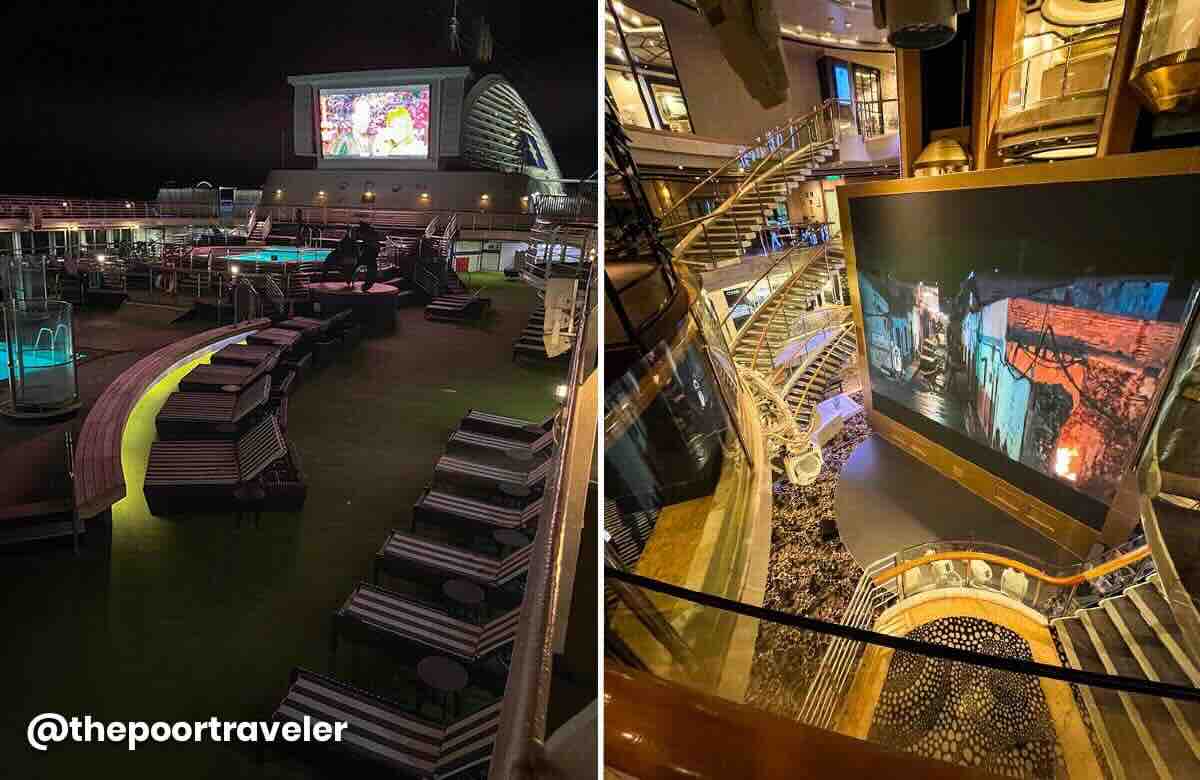
Movie night, reimagined. Depending on the schedule, the Lobby (Deck 5, Midship) and the Main Pool Area (Deck 12, Midship) transform into pop-up cinemas!
Lawn Bowls/Bowling
No traditional lanes? No problem! Have casual fun with lawn bowling in a relaxed setting.
Location: Deck 11, Aft
Paid Activities and Amenities
Beyond the thrills and entertainment, Star Voyager also invites you to recharge and enjoy a little indulgence on board.
Shopping
In the mood for some retail therapy? Browse through duty-free finds, souvenirs, and gifts at The Starlight Boutiques for duty-free goodies and souvenirs. This is a good way to treat yourself or pick up something special for home.
Location: Deck 6, Midship
Little Dreamers Club and Vibe Check Arcade
These fun zones are packed with games, activities, and excitement for kids, teens, and the young at heart.
Location: Deck 12, Aft
Beauty and Wellness
Time to pamper yourself! Whether you’re up for a soothing massage or a fresh cut, the spa and salon are both conveniently tucked into one peaceful space. Location: Deck 12, Aft
What are the dining options on board?
When it comes to dining on Star Voyager, you’ve got choices — lots of them! Dining spots come in two categories: inclusive restaurants, which are covered by your cruise fare, and specialty restaurants, which come with an extra charge.
Inclusive Restaurants
No need to spend extra when dining at these onboard restaurants, so you can eat to your heart’s content!
North Star Dining Restaurant
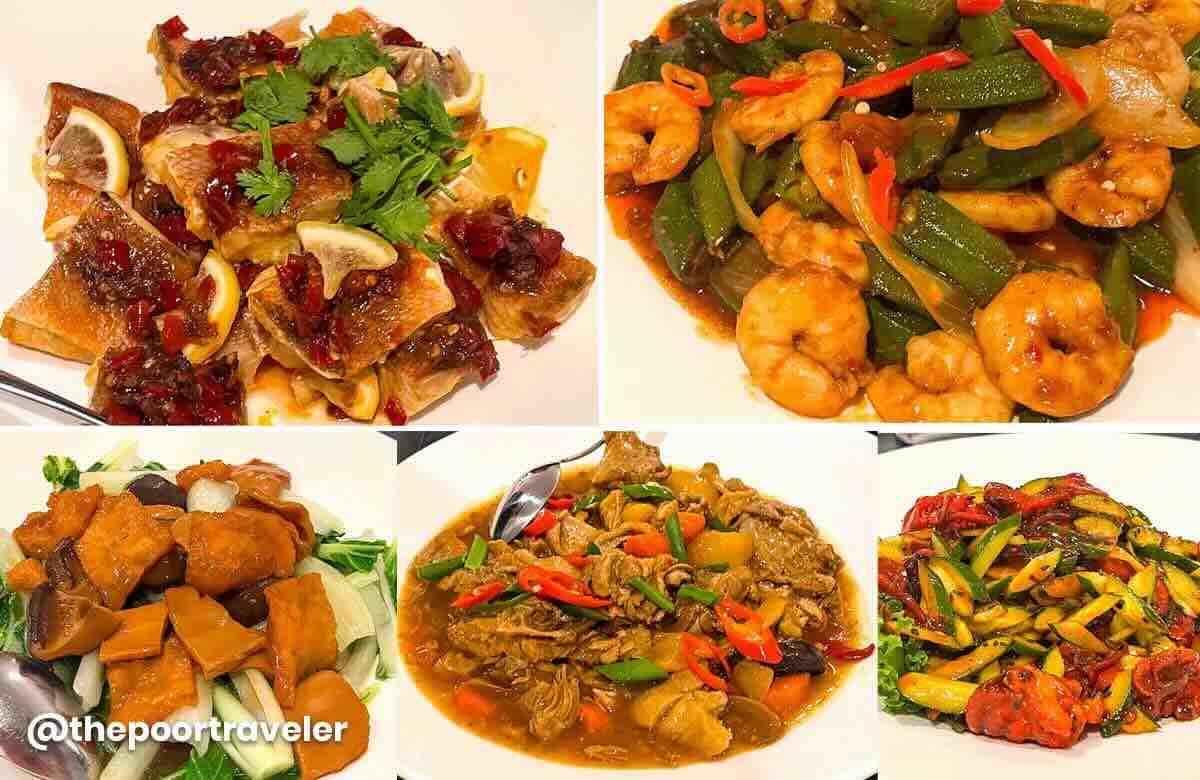
Specializing in Chinese set menus, North Star Dining Restaurant also offers Western-style set menus for breakfast. Open for breakfast, lunch, and dinner, this is a go-to spot for full-course meal throughout the day.
Location: Deck 5, Midship
The Lido Buffet
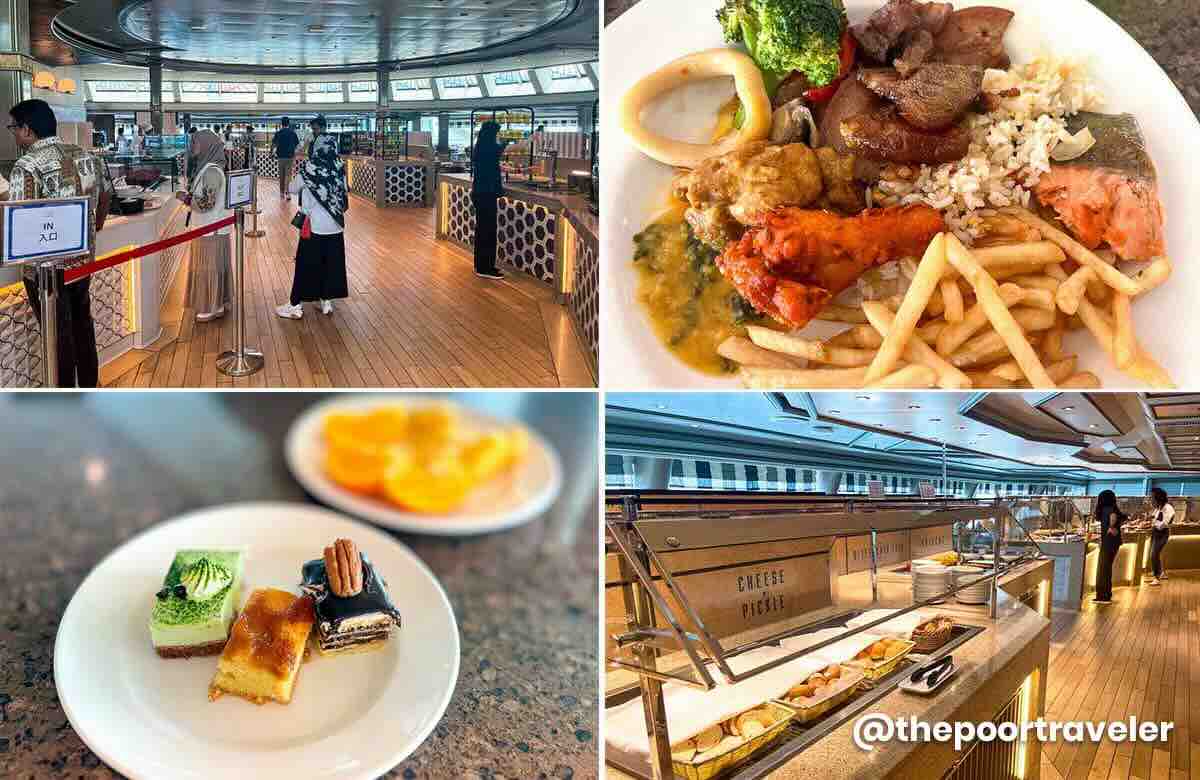
The Lido is definitely a crowd favorite, offering a wide selection of Asian and international buffets, including Halal and vegetarian options. Open for breakfast, lunch, dinner, and even snack times (morning and afternoon).
Location: Deck 14, Forward
Sophia
Taking the place of the former Bistro, Sophia now serves up a variety of international dishes.
Location: Deck 6, Midship
Specialty Restaurants
These restaurants are not included in your cruise fare, but they are worth checking out if you’re in the mood for something extra special. Dining at specialty restaurants offers a more elevated cruise experience.
Silk Road
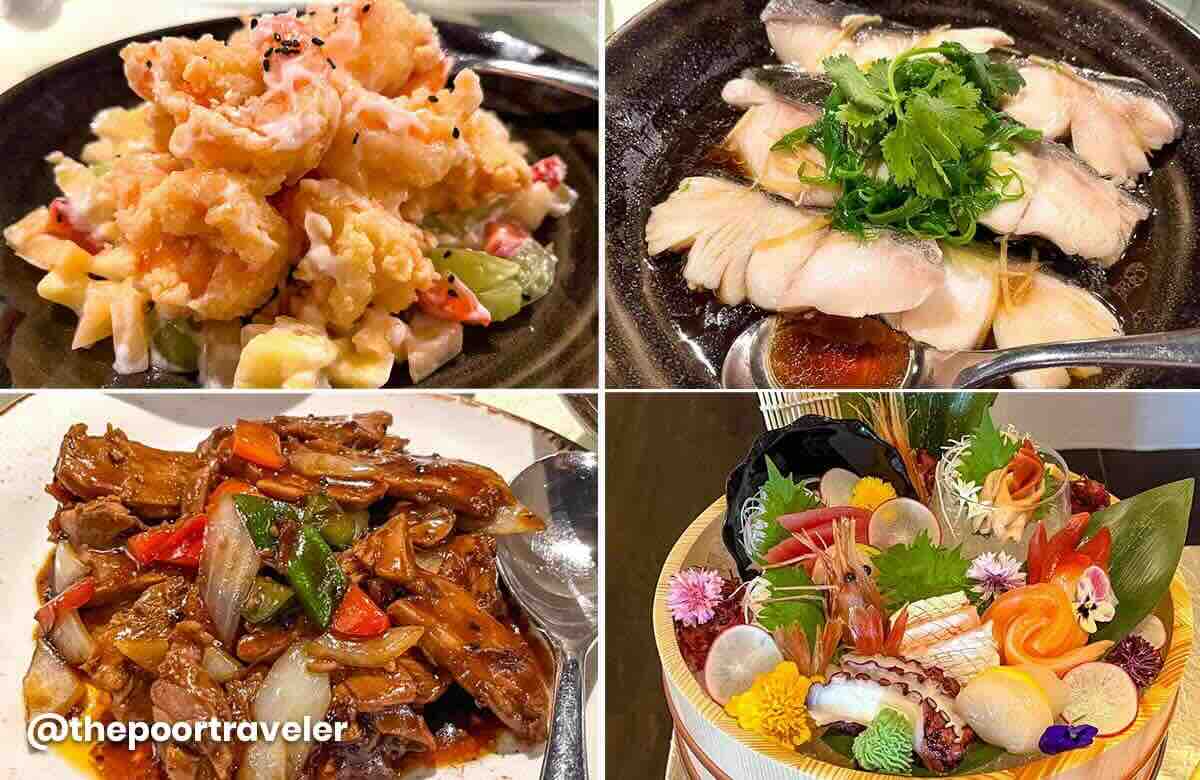
Chinese (and Japanese) Fine Dining.
Location: Deck 6, Midship
Lobby Café
Coffee, Tea, Juices, Cakes, and Pastries.
Location: Deck 5, Midship
Blue Lagoon
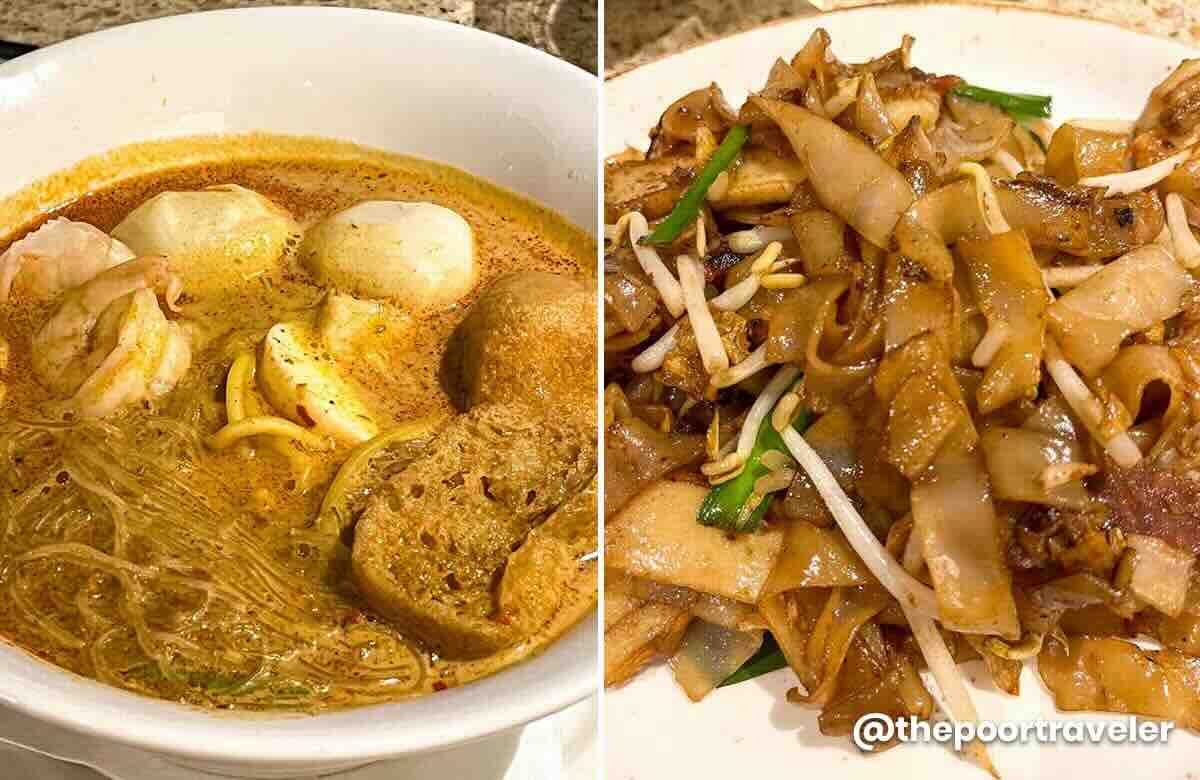
This is a 24-hour cafe, serving breakfast to midnight snacks and meals.
Location: Deck 14, Forward
Red Tail Café
Drinks, Pastries, and more!
Location: Deck 8, Midship
Gelateria
Homemade Gelato.
Location: Deck 12, Midship
Bars and Clubs
Looking to meet fellow cruisers or just chill with a drink? Whatever your vibe, there’s a perfect spot onboard to end the night right. Here are the bars and clubs you can check out:
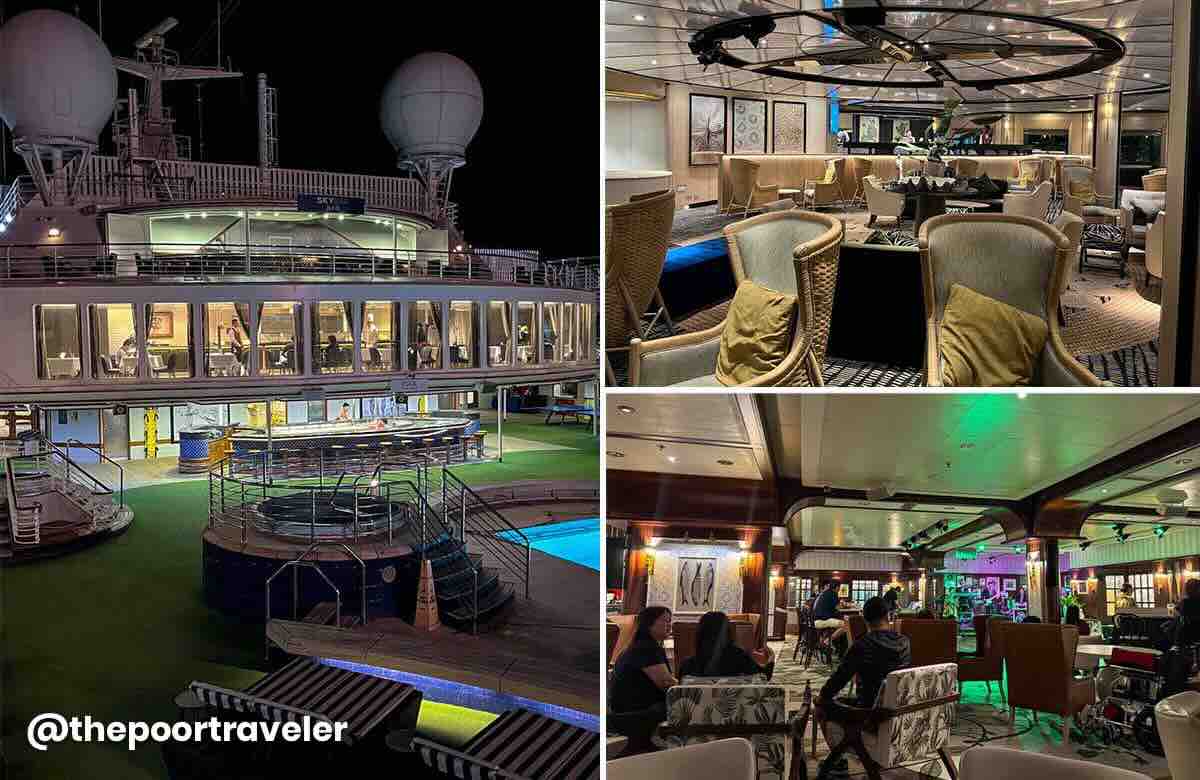
- Sky Bar: Deck 15, Forward
- Oasis Bar: Deck 14, Aft
- Pool Bar: Deck 12, Midship
- Ocean Bar: Deck 7, Forward
- Palm Court: Deck 7, Forward
- Velvet Lounge: Deck 7, Midship
What other onboard services are available?
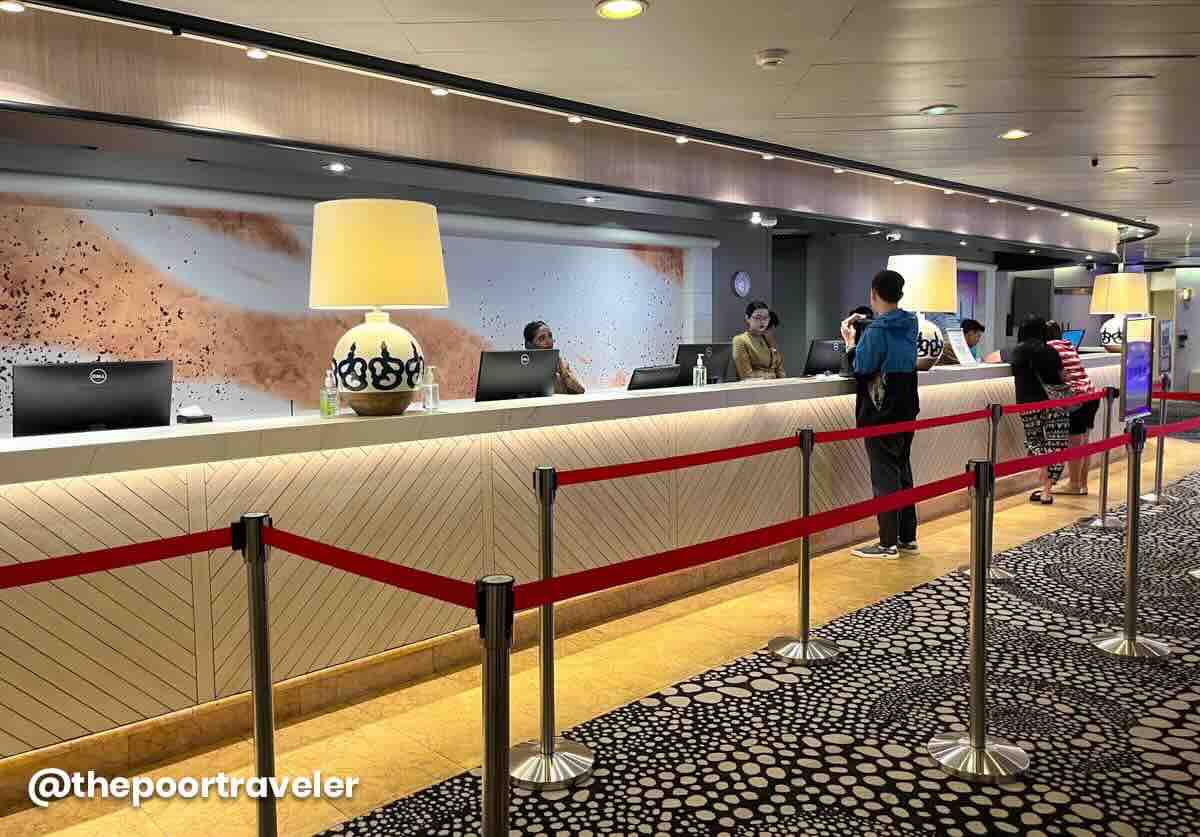
- Clinic: Deck 4, Aft
- Reception: Deck 5, Midship
- Palace Reception: Deck 5, Midship
Shore Excursion (Shorex)
One of the best things about cruising? Ypu get to explore multiple destinations without giving up the comforts of the ship. From June 2025 to November 2025, Star Voyager by StarCruises offers two- to five-night sailings departing from Hong Kong, with ports of call (stops) in Taiwan, Japan, China, Vietnam, and the Philippines.
Sailings with Ports of Call
- 2N KAOHSIUNG CRUISE
-Hong Kong
–Kaohsiung (Taiwan)
-Hong Kong - 2N XIAMEN CRUISE
-Hong Kong
–Xiamen (China)
-Hong Kong - 3N KAOHSIUNG – PENGHU CRUISE
-Hong Kong
–Kaohsiung (Taiwan)
–Penghu (Taiwan)
-Hong Kong - 5N NAHA – ISHIGAKI CRUISE
-Hong Kong
-High Seas
–Naha (Japan)
–Ishigaki/Miyakojima (Japan)
-High Seas
-Hong Kong - 5N ISHIGAKI – NAHA CRUISE
-Hong Kong
-High Seas
–Ishigaki (Japan)
–Naha (Japan)
-High Seas
-Hong Kong - 5N ISHIGAKI – KEELUNG – PENGHU CRUISE
-Hong Kong
-High Seas
–Ishigaki (Japan)
–Keelung (Taiwan)
–Penghu (Taiwan)
-Hong Kong - 5N NAHA – KEELUNG – PENGHU CRUISE
-Hong Kong
-High Seas
–Naha (Japan)
–Keelung (Taiwan)
–Penghu (Taiwan)
-Hong Kong - 5N NHA TRANG – DA NANG – SANYA CRUISE
-Hong Kong
-High Seas
–Nha Trang (Vietnam)
–Da Nang (Vietnam)
–Sanya (China)
-Hong Kong - 5N HALONG BAY – DA NANG – SANYA CRUISE
-Hong Kong
-High Seas
–Halong Bay (Vietnam)
–Da Nang (Vietnam)
–Sanya (China)
-Hong Kong - 5N BORACAY – CORON CRUISE
-Hong Kong
-High Seas
–Boracay (Philippine)
–Coron (Philippines)
-High Seas
-Hong Kong
Shorex vs DIY Tour
At every stop or port of call along your cruise, you have two ways to explore:
- Join a Shorex Tour. Star Voyager offers guided group tours in partnership with trusted local tour operators. They arrange everything for you, including transportation, itinerary, and often lunch too. All you have to do is be on time. You can book these tours at Shorex kiosk on Deck 5, Midship.
- Go D-I-Y. Prefer to explore at your own pace? A do-it-yourself trip gives you the freedom to create your own itinerary. And this is usually the cheaper option. However, keep in mind that the ship departs on schedule, so make sure to return to the port on time, or earlier, to avoid being left behind.
No matter how you choose to explore, you’ll be provided with essential disembarkation info, including return instructions, port name, and port address, so you’ll always know how to get back on board.
Reminders
- Don’t forget to bring your Sea Pass Card and a photocopy of your passport bio page. You’ll need to show your card when leaving and re-entering the ship.
- Carefully check the itinerary of the tours. Some tours involve long walks or intense physical activity. Be sure to review the activities and consider your comfort and fitness level before booking.
- Tours may be canceled. This can happen due to weather conditions, low participation, or other unexpected reasons. Always have a backup plan just in case.
What to do before the cruise ends?
Here are a few things to take care of before disembarkation:
How to disembark?
When it’s time to leave the ship, disembarkation is done in an orderly manner to ensure everything goes well. Just follow these steps:
1. Head to your assigned departure area.
The Disembarkation Notice indicates the designated location and time for you to leave the ship. Make sure to follow the your schedule.
2. Present your sea pass card.
Scan your sea pass card at the exit pont. If there are any unpaid charges on your account, you will be asked to go to the Reception on Deck 5 to settle them before disembarking.
3. Go through immigration.
Head to the immigration counters for arrival clearance, and have your passport ready for inspection.
4. Pick up your luggage.
Claim your check-in luggage at the Baggage Claim Area. Inspect and check the bag tag to make sure you are taking the right one.
5. Proceed to customs area.
After collecting your luggage, you will pass through the customs check before exiting the terminal.
IMPORTANT! Accomplish the eTravel Pass before DEPARTING from and ARRIVING in the Philippines.
More About StarCruises
With over 30 years of legacy, the redefined StarCruises focuses on providing affordable yet premium lifestyle-driven cruising experiences to new generations. It features two cruise ships — Star Voyager (formerly Star Scorpio) and Star Navigator (previously Resorts World One).
This post is brought to you by StarCruises.
Updates Log
2025 8 11 – First uploaded
Photos by Yosh Dimen and Asta Alvarez



